There are some places in your life you never forget. Nanuk Polar Bear Lodge is one of them.
I first travelled to Nanuk with my wife and 12-year-old daughter in 2013, before Churchill Wild had extensively upgraded their new purchase. We’d already been to their Seal River Heritage Lodge to see the polar bears and beluga whales, so we expected unique wildlife, great food, exceptional customer service, and the same quality and camaraderie among guests on our Hudson Bay Odyssey.
Nanuk delivered on all fronts.
Bordered to the south by the deep and rich boreal forest, to the north by a treacherous Hudson Bay, and to the northwest by the beautiful but unforgiving tundra, Nanuk has a mystical power that draws you in and keeps you coming back. We returned in 2018 for a wellness retreat and will do so again.
We’ll always remember our first meeting with polar bears at Seal River Heritage Lodge in July, when a mom and her cubs rambled toward us down a rocky, muddy bank. One of the cubs stopped at mom’s command. The other disobeyed his chagrined mother and frolicked towards us until he went head over heels, nose first into the mud. That made him feel silly, and he went running back to mom. We were only a few hundred yards away.
Nanuk was different.
On our most recent visit we were greeted by 1,200-pound polar bear as soon as we stepped off the plane. The bear was just outside the lodge compound gate, so we had to be careful unloading the plane, but once inside the compound we were free to observe the bear lazily relaxing to the south on the edge of the forest.
Polar bears aren’t always so close to the lodge, but they are there regularly enough, and black bears are often seen just outside the compound. Many a guest has sat and conversed with bears along the fence that surrounds the lodge, but more often they take small ATVs or the specialized Tundra Rhino out to where the bears are along the coast, and then walk out to photograph them. Or simply enjoy their company, and live in the moment with these magnificent predators.
It’s the same for the resident wolf pack if they’re in the area, but they’re more likely to be in the willows along the runway or on the edge of the forest. When they look you in the eyes, you’ll be forever changed, as were Fabienne and Christoph Jansen of ArcticWild.net, Steve Pressman of YouGottaLoveNature.com, elite pet photographer Ellen Zanga, and 2021 Young Wilderness Photographer of the Year Meline Ellwanger, this spring at Nanuk.
Located 250 km south of Churchill, Nanuk Polar Bear Lodge is situated in one of the wildest places on earth, and there are areas along the coastline here that can make you feel like you’re on another planet. Less than 2,000 people have walked these ancient lands with the polar bears, and there are places where no human has ever set foot.
The silence stands out here, and something spiritual floats on the wind.
You can feel it when walking among the polar bears that have roamed the Kaska coast for thousands of years, the black bears, wolves, moose, and other wildlife that call the boreal forest home, and the spectacular array of migratory birds that mesmerize you when they’re on the move.
The wildlife that makes its home at the centre of the three converging ecosystems at Nanuk Polar Bear Lodge differs from what you’ll find at Seal River Heritage Lodge and Dymond Lake Ecolodge, but like both those properties, the surrounding landscape is steeped in history.
The 300-year-old cannons that guard the picture windows at Nanuk Polar Bear Lodge are a gateway to supernatural mystery, as possible remnants of the 1697 Battle of Hudson Bay, which took place 40 km west of Nanuk near the historic York Factory.
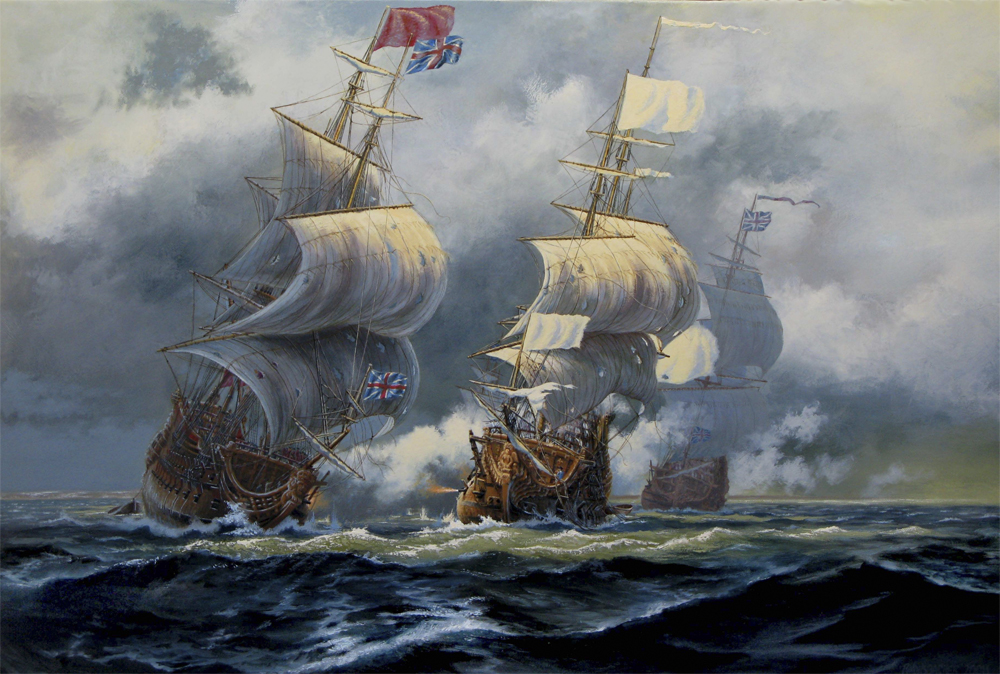
Le Pelican and HMS Hampshire in the 1697 Battle of Hudson Bay, 40 km from Nanuk Polar Bear Lodge near York Factory. Photo courtesy of Fara Heim Foundation.
Termed “the greatest Arctic sea battle in North American history” by historian Peter C. Newman, the Battle of Hudson Bay pitted the French ship Le Pélican against the English Hudson Bay Company’s (HBC) HMS Hampshire and two armed merchant ships, the HBC Dering and the HBC Royal Hudson’s Bay. Despite being outgunned, Le Pélican managed to disable both English merchant ships, and the HMS Hampshire struck an uncharted shoal and sank during a one-on-one battle with Le Pélican.
None of the HMS Hampshire crew survived, and 18 of the French sailors perished while trying to get safely back to land in neck-deep icy water. The ships have never been found.
The cannons that now sit in front of Nanuk Polar Bear Lodge were discovered buried near the lodge but have never been identified. Could they have been part of the Battle of Hudson Bay? Research into the location of the lost ships continues today, but the souls of the lost sailors have been living at Nanuk for over 300 years, joined forever with those of the Indigenous people who travelled this unforgiving landscape for over 5,000 years.
Purchased by Churchill Wild in 2009, Nanuk Polar Bear Lodge soon followed Seal River Heritage Lodge into the National Geographic Unique Lodges of the World program. It was a natural inclusion.
“I just knew it was going to be another exceptional ecotourism destination,” said Mike Reimer, the co-founder and owner of Churchill Wild, along with his wife, Jeanne. “It had an incredible wildness that you couldn’t ignore.”
Located deep in the heart of the polar bear country, Nanuk is home to polar bears, black bears, moose, wolves, caribou, Arctic fox, wolverine, myriad birds, and other wildlife. Strictly ruled by nature — and haunted by the souls of Canada’s first inhabitants and the explorers that followed — Nanuk has a mystique that is difficult to describe.
“There was nothing else like it out there, anywhere,” said previous owner Stewart Reimer, in Churchill Wild’s 25th Anniversary Book. “The land allowed us to be there. You had to roll with Mother Nature 100 percent of the time. Nanuk has a certain beauty and a feeling you can’t forget. It seeps into you. I know that Mike was smitten by that feeling when he arrived on the ground there for the first time. He felt it as soon as he arrived. I call it the ‘Nanuk Magic.’ There’s a feeling you won’t find anywhere else in the world there.”
Originally purchased from John Hicks in 1997 as a goose hunting destination, it wasn’t long before Stewart figured out that polar bears were the kings at Nanuk. They were going to be either a problem or a godsend. He decided they would be the latter.
“We didn’t go in blind,” says Stewart. “We knew there would be polar bears. We’d sat down with Manitoba Conservation, and they’d told us about the area. Polar bears would run their claws down the outside walls of the cabins. That didn’t bother the goose hunters, but it wouldn’t work for ecotourists.
“We put up a simple electric fence — like one you might use in your backyard if you had a couple of ponies. The bears walked right through it. They’d tear it down every night. In our third year, we built an eight-foot buffalo fence that worked immediately. It cost a fortune, but it was secure. We could at least sleep at night.”
Soon after the new fence went up, Stewart started to get more serious about polar bear tourism. He could see what was happening in Churchill and stayed in touch with Mike, who had already established Seal River Heritage Lodge as a premier polar bear viewing destination. Mike and Stewart had worked together for Jeanne’s parents Doug and Helen Webber, at Dymond Lake Ecolodge and North Knife Lake Lodge years earlier, and they regularly compared notes on polar bear sightings and protocols.
“We were lucky to have Albert ‘Butch’ Saunders there from day one,” said Stewart. “He helped us establish the early protocols that are in place for the polar bears now. He had more experience than just about anyone out there for living, travelling, and surviving on the coastline.”
Stewart had the experienced guides he needed and saw the opportunity for additional polar bear tourism. He had to work hard to get the word out, however, at least until the National Geographic photographers arrived and started taking close-up photographs of polar bears at ground level.
“Once those photographs got out there on the internet, the program evolved fast,” said Stewart. “It was taking off quickly, but I didn’t have the infrastructure Mike had in place at Churchill Wild. It started to get too big, too fast. I was already 12 years into a 10-year program and decided it was time to retire.”
Churchill Wild had already seen the value of sponsoring media groups and photographers at Dymond Lake and Seal River, and it also had a system in place to handle the influx of additional guests. Adding Nanuk to their family of lodges would require logistical changes and additional staff, but if the polar bears and wildlife cooperated, Nanuk would likely be successful. And it was.
Yvan and Ange Perreault managed Nanuk for the first year. Nolan Booth came aboard as the first Director of Operations the following year. “We were learning every day,” said Booth. “We had to figure out how the area’s tides and rivers and everything else worked. Polar bear guide Andy MacPherson and I leaned on Albert (Saunders) daily for where to go and what to do. And that’s how we ran the place for the first couple of years.
“It wasn’t like Seal River or Dymond Lake, where we’d been for years and already knew what was happening. Every time we went for a ride at Nanuk, it was just as exciting for us as it was for the guests. We had no idea what we were going to see. It was all discovery, and knowledge is the most important thing you can have in a new area. Knowing what’s there, where to go, what to expect from the weather and the seasonal changes and how the wildlife behaves.”
The polar bears and wildlife were on board from the very beginning at Nanuk Polar Bear Lodge. The first guests arrived in 2010, and facility upgrades began shortly afterwards.
Extensive improvements have continued at Nanuk, with significant renovations including a huge timber frame lounge and dining room with large picture windows, more efficient solar power, new guest wings with ensuite bedrooms and a picture-window hallway outside the rooms featuring a stunning view of the Hudson Bay coastline, new electric fences, and high-speed internet.
Nanuk has all the conveniences of home in one of the planet’s most remote areas. And once you’ve been there, you always want to go back. Swiss couple Fabienne and Christoph Jansen of ArcticWild.net have been on 17 different departures to Nanuk Polar Bear Lodge, not only for the polar bears and other wildlife, but also for the silence of the north and the lack of crowds.
“It just feels like coming home,” said Christoph.
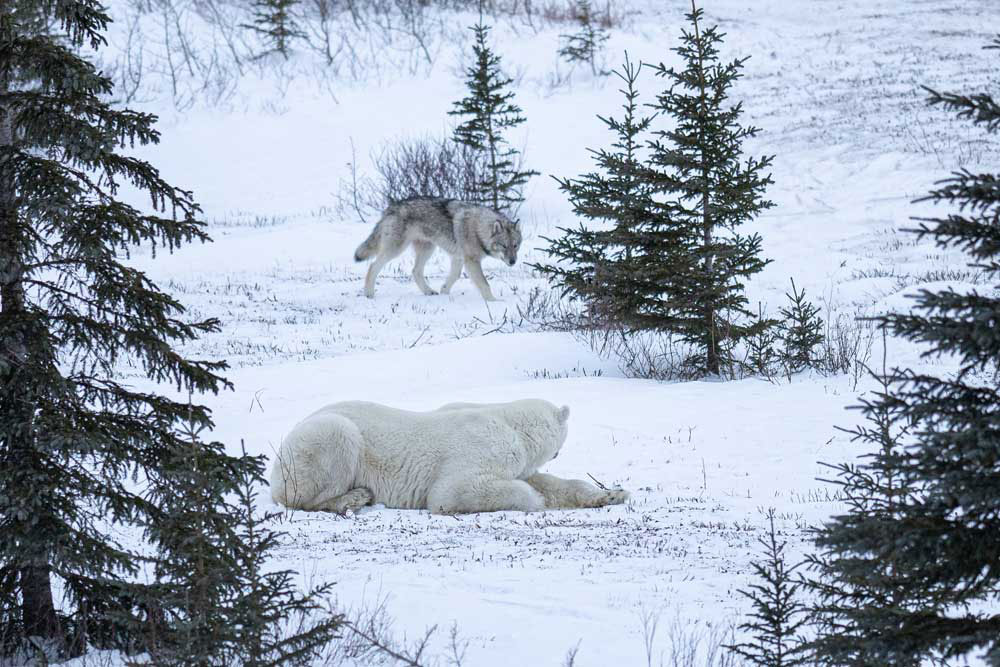
The wolf and the polar bear. Nanuk Polar Bear Lodge. Winter or summer, they know and respect each other. Christoph Jansen photo.
Numerous guests and media members have returned for repeat visits. Footage from the original Hudson Bay Odyssey video created by Build Films includes guest appearances by Dave Bouskill and Deb Corbeil of The Planet D, photographer Hal Brindley and zoologist Cristina Garcia of Travel for Wildlife, explorer George Kourounis and journalist/actress Zorianna Kit.
Dave and Deb made a return visit to Nanuk and wrote several pieces about walking with polar bears on the Hudson Bay Odyssey at Nanuk, as did Cristina and Hal. Lisa Ellen Niver, the founder of WeSaidGoTravel, also wrote a series of articles on walking with polar bears at Nanuk for different publications, after her visit. More recently, bestselling author Peter Heller wrote about the wolves of Nanuk for Condé Nast Traveler, after participating in the Cloud Wolves of the Kaska Coast safari with National Geographic photojournalist and Churchill Wild Director of Wolf Programs Jad Davenport.
Film crews, photographers and media from around the world visit Nanuk Polar Bear Lodge annually, mainly to film and photograph polar bears, but also to film the interactions between polar bears and wolves, as British filmmaker and National Geographic explorer Bertie Gregory did when filming Wildlife: The Big Freeze.
Only 16 guests can stay at Nanuk Polar Bear Lodge at any one time, and some travel groups rent the whole lodge for up to two weeks. Summer polar bear tours and safaris begin at Nanuk on July 29 with the Arctic Discovery, which includes kayaking with beluga whales, and continue through the summer and fall with the Hudson Bay Odyssey. The Summer Dual Lodge Safari and Fall Dual Lodge Safari include stays at both Seal River Heritage Lodge and Nanuk Polar Bear Lodge in August/September and October.
The Polar Bear Photo Safari at Nanuk takes place in October and November, and the Cloud Wolves of the Kaska Coast safari follows in November and December. After a deep winter break, the lodge opens again in February and March for the Nanuk Emergence Quest in search of mothers and newborn cubs, and the spring rendition of the Cloud Wolves of the Kaska Coast safari.
The backdrops for photographers include rich green grasses, sandy beach ridges, the wild waves of Hudson Bay, amazing summer skies, spectacular fall colours, frosty forests, icescapes, and snow, depending on the time of year.
The polar bears and other wildlife transition easily from season to season, but guests can choose their favourite time of year. Those that visit Nanuk during the summer sometimes like to return in the fall and winter and vice versa, to experience the different behaviours of the polar bears and other wildlife, the migratory birds, and the northern lights.
We haven’t been to Nanuk yet for the late fall or early spring safaris in the snow, but the photos and posts from guests like Christoph and Fabienne Jansen, Ellen Zangla, Charles Glatzer, Meline Ellwanger, Steve Pressman, and Jad Davenport, have us wanting to.
When I asked my wife and daughter what their favourite memories of Nanuk were, they all started with seeing the polar bears up close, but my wife added, “it was so relaxing, refreshing and revitalizing. And the historical artifacts you can find there sometimes are amazing.”
“Seeing the bears up close,” said my daughter. “The food was great, the northern lights. And Robert Postma. He was so nice and took excellent photos. And the people. We had a really great group.”
For me, it was meeting a 1,200 polar bear at the lodge gate, the knowledgable guides and their empathy for the animals, and travelling through the mist watching three bald eagles fighting in mid air over an animal they had captured, while a mother and cub and another polar bear walked towards us on the coast.
Fly fishing for brook trout with professional photographer Charles Glatzer and one of his clients behind the lodge is also a favourite memory. Like a scene from A River Runs Through It, but thousands of kilometres further north. We didn’t catch a lot of fish, but the conversation was so enjoyable as we stood in the middle of the wild river and reminisced about previous adventures on the Hudson Bay coast. Another guest who was there at the time travelled miles up the river and caught a fish almost every cast along the way.
Getting out of the tundra rhino on a hot sunny day to wade in a creek and splash pure, clean, cold water on my face while a black bear popped up out of the willows, was also a moment I’ll never forget. That feeling…
Whether you’re approaching a polar bear on foot in the wild or talking to them at the compound fence; meeting black bears and moose in the forest; watching wolves play in a meadow; observing Hudson Bay and the northern lights from the viewing tower; meeting new and interesting people from around the world; daydreaming with a glass of wine on the deck; or having lunch on an otherworldly coastal landscape; the soulful, mystical forces of Nanuk are always there, just outside your reach, but stirring something deep within. It’s a magical feeling that follows you home.
And stays with you forever.
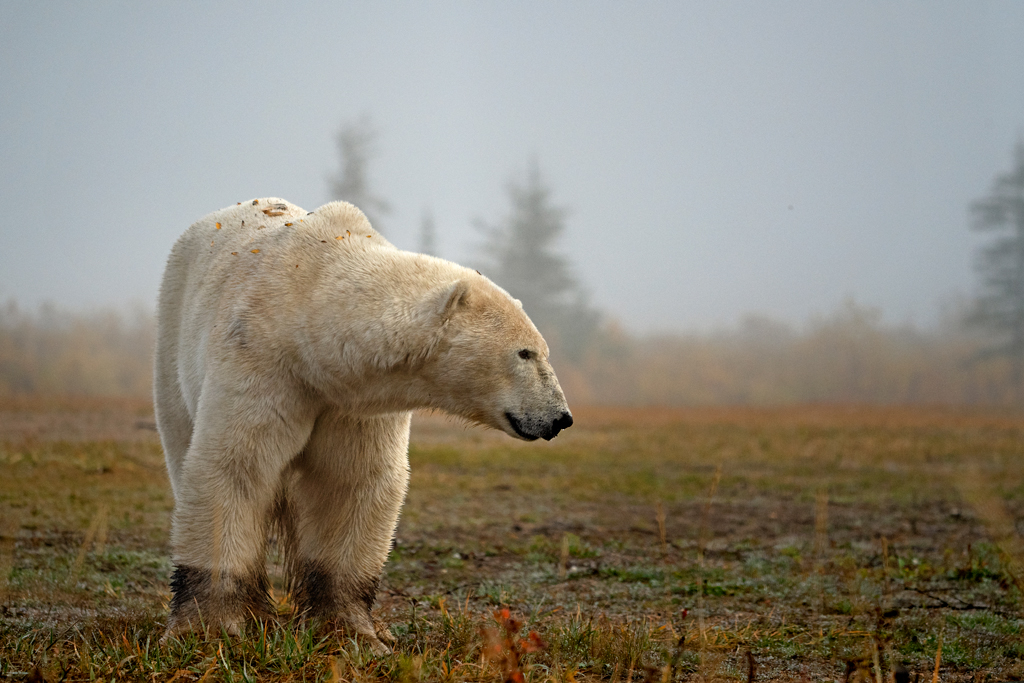
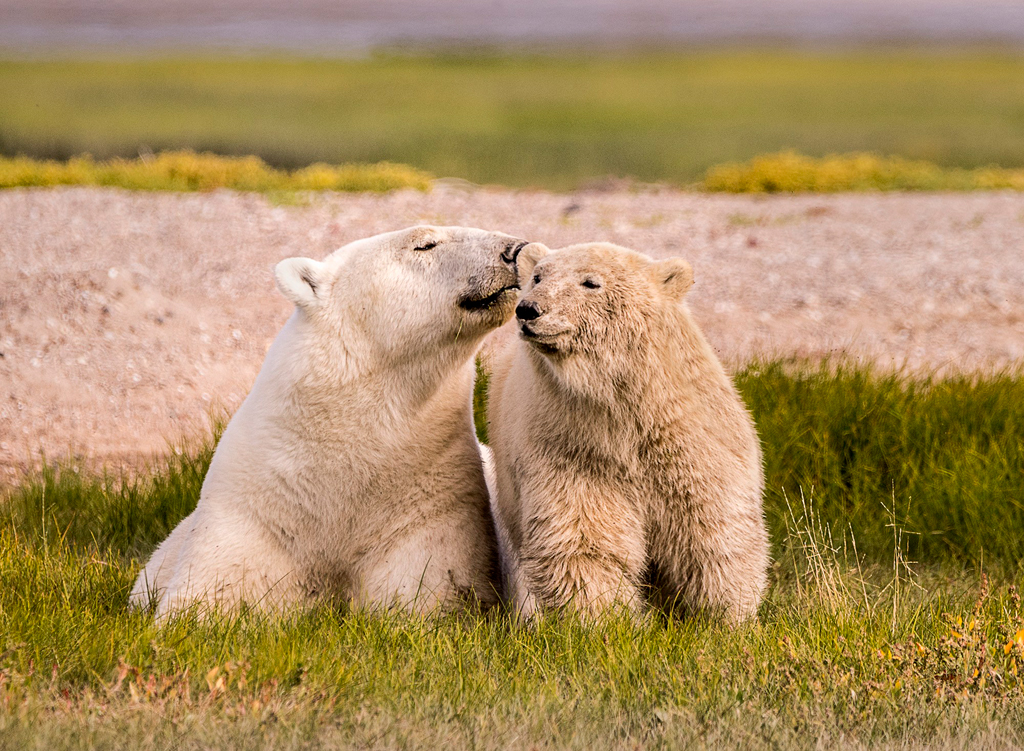
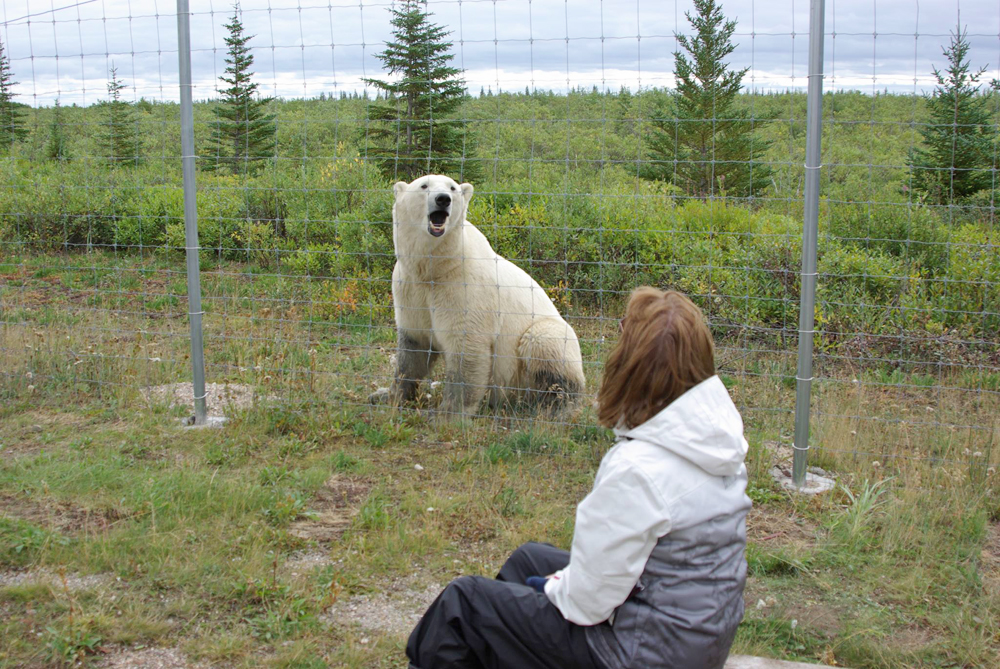
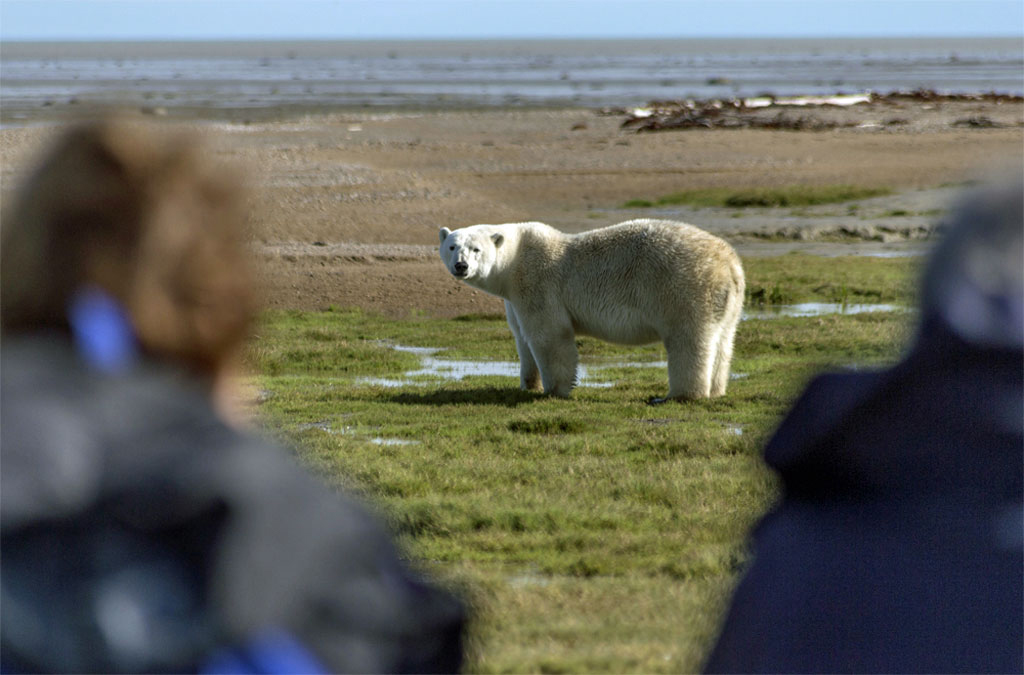

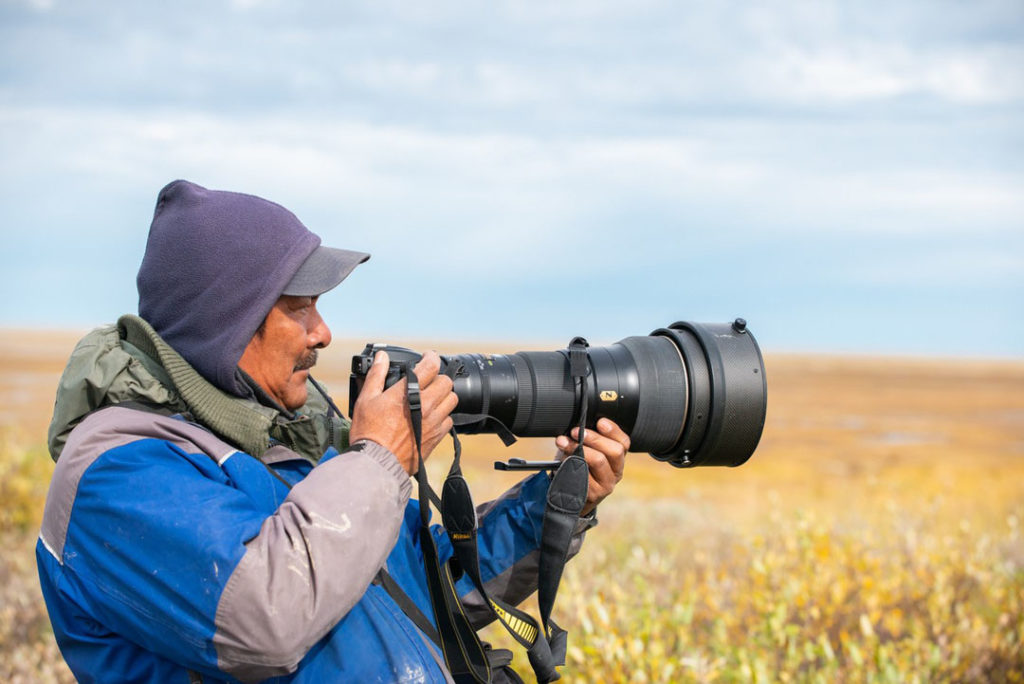
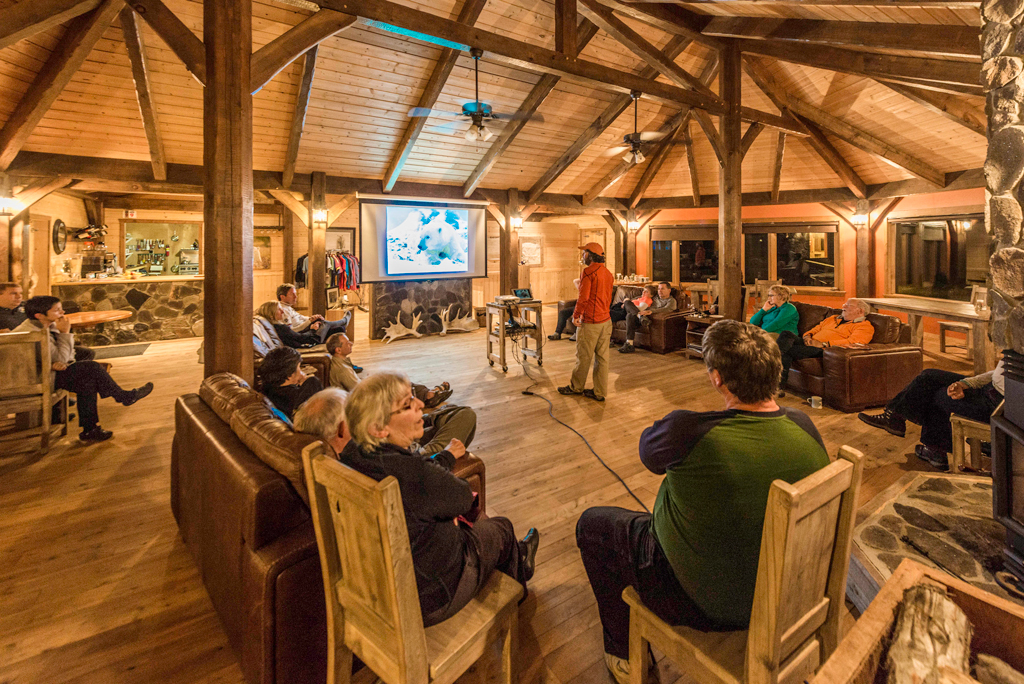
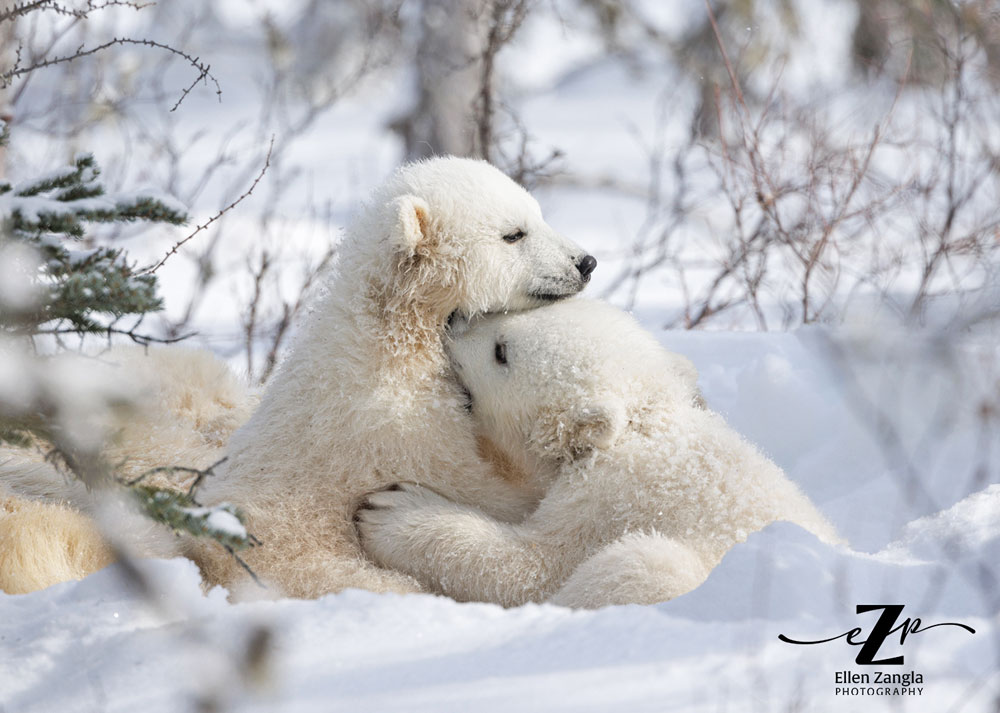

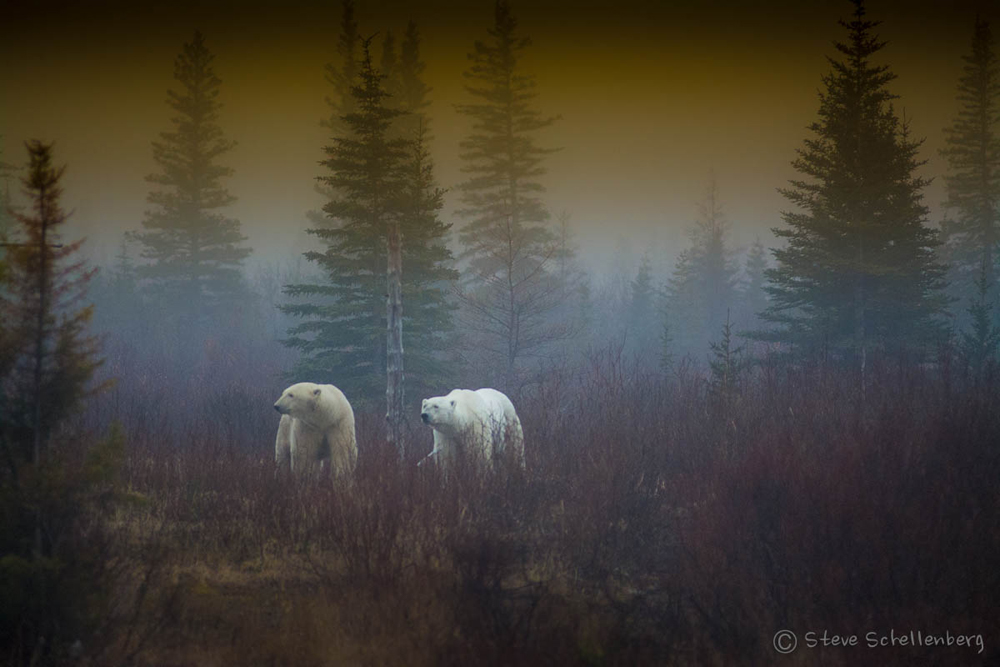
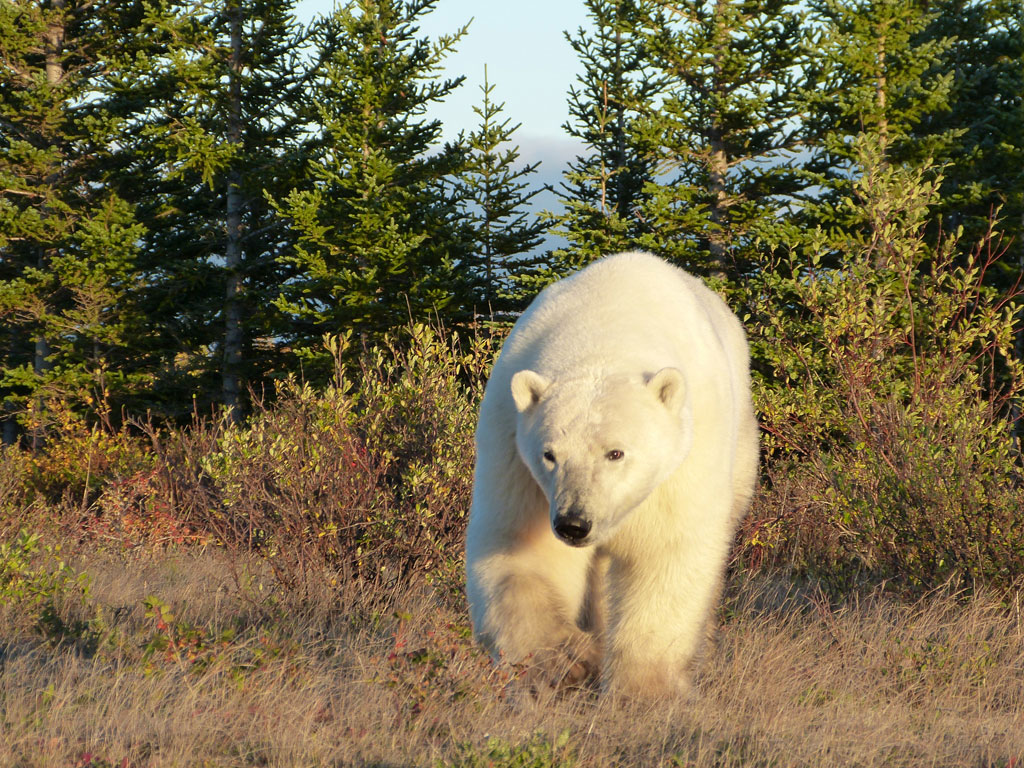
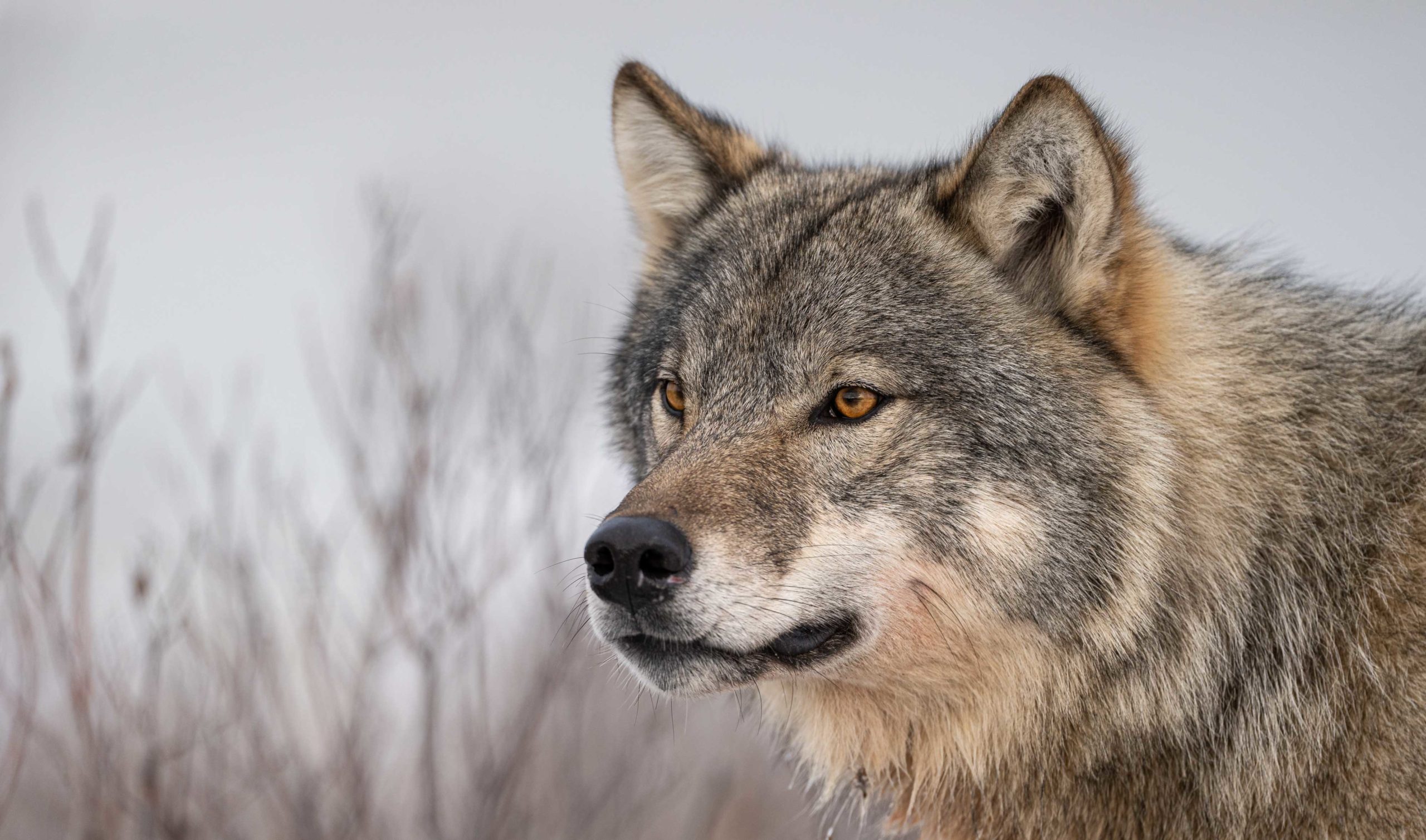
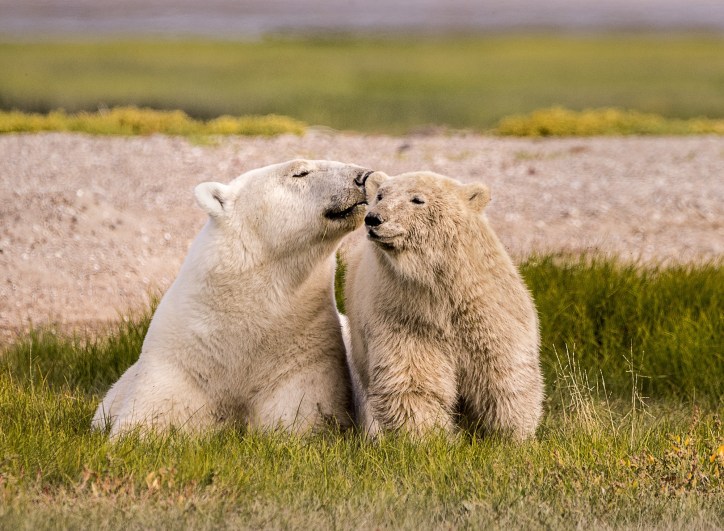
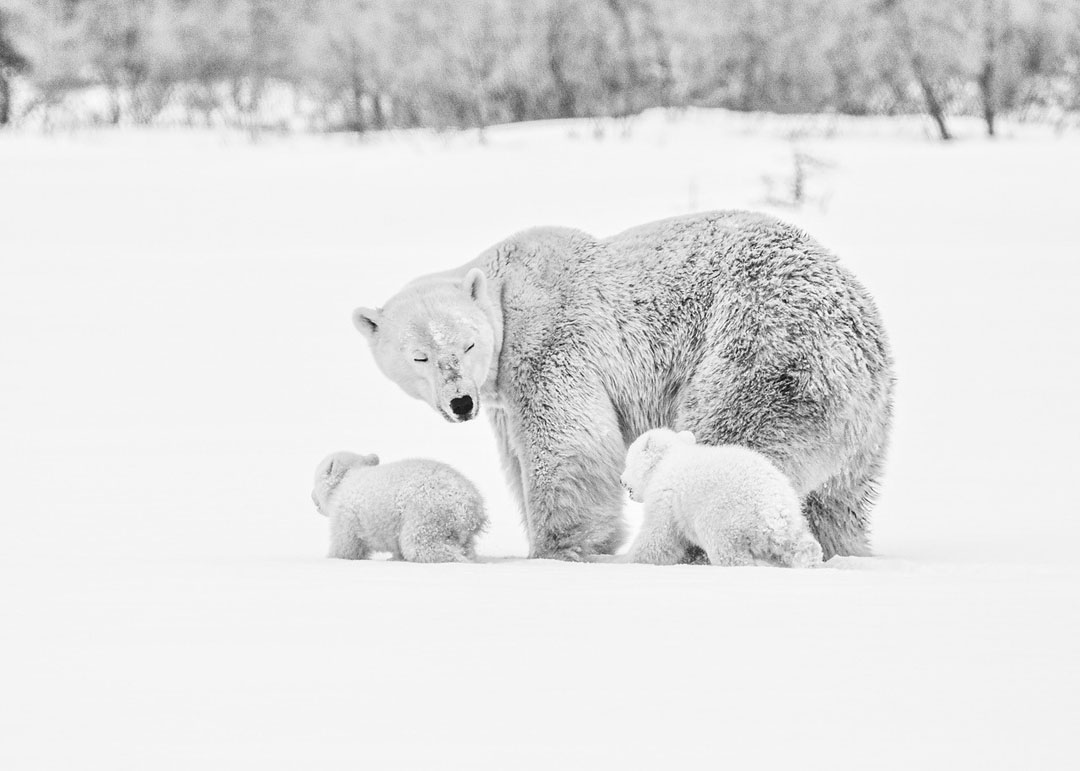

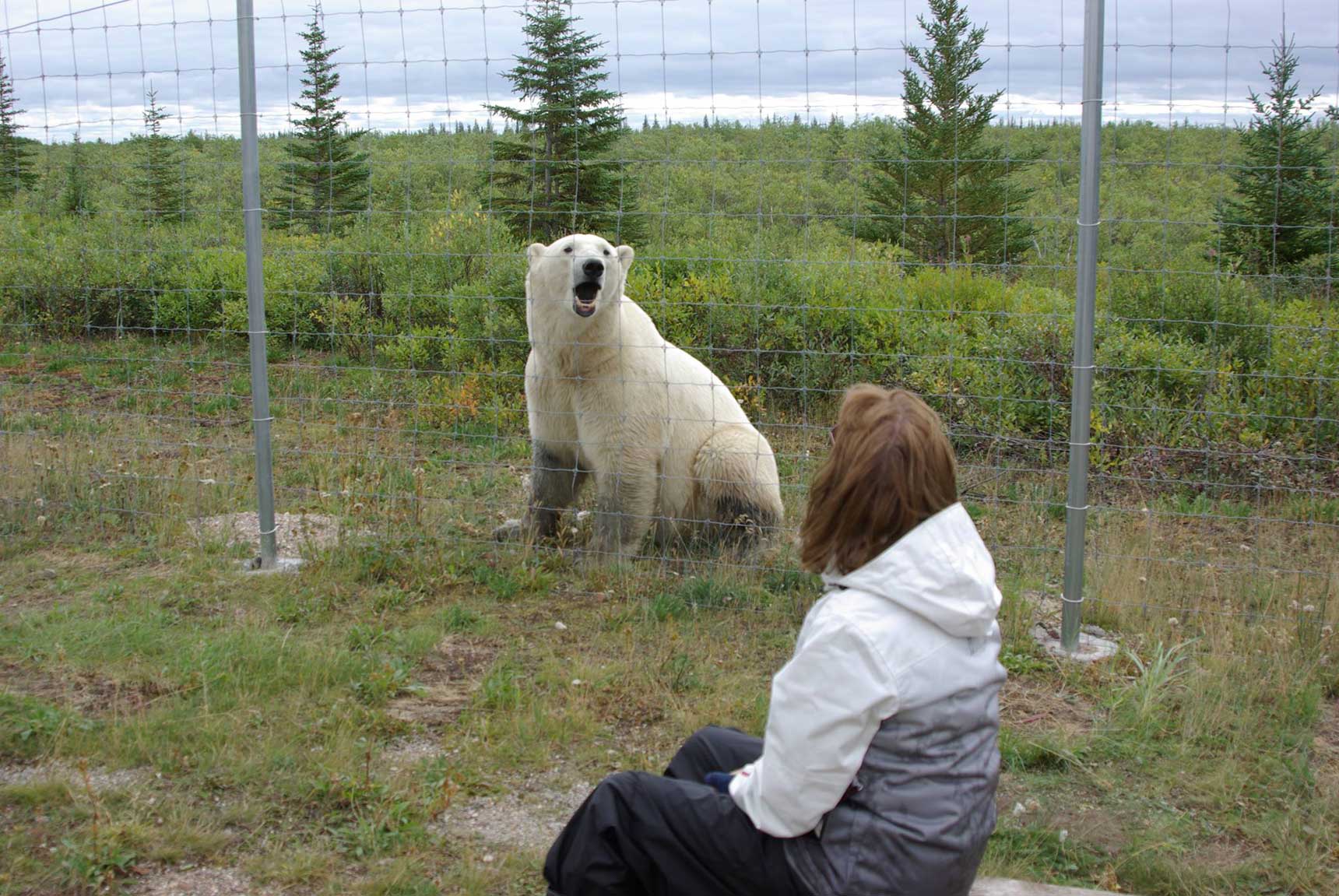
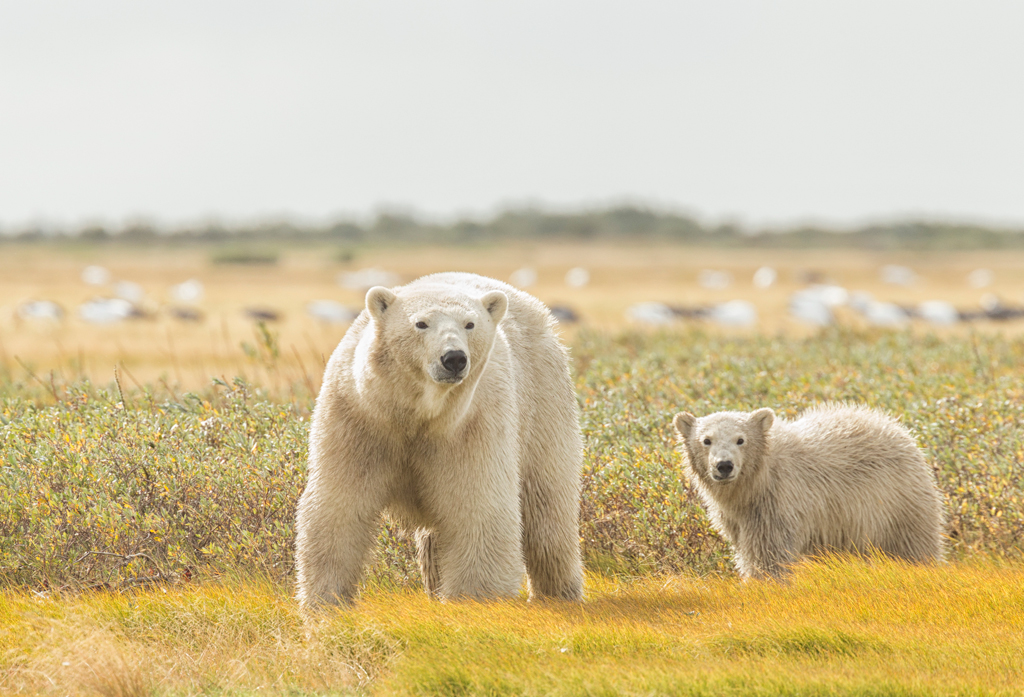

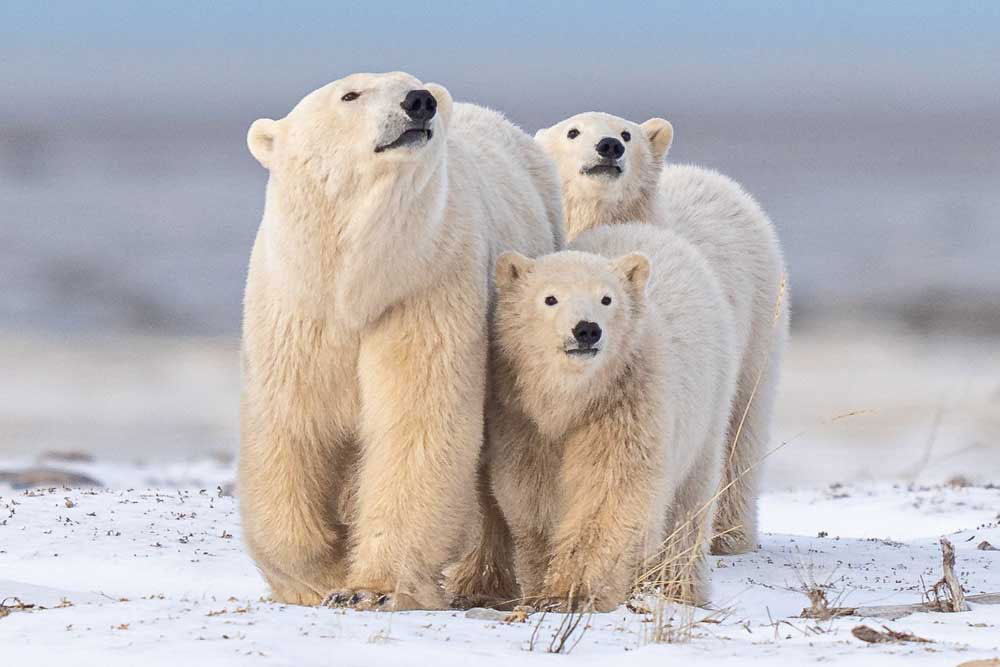
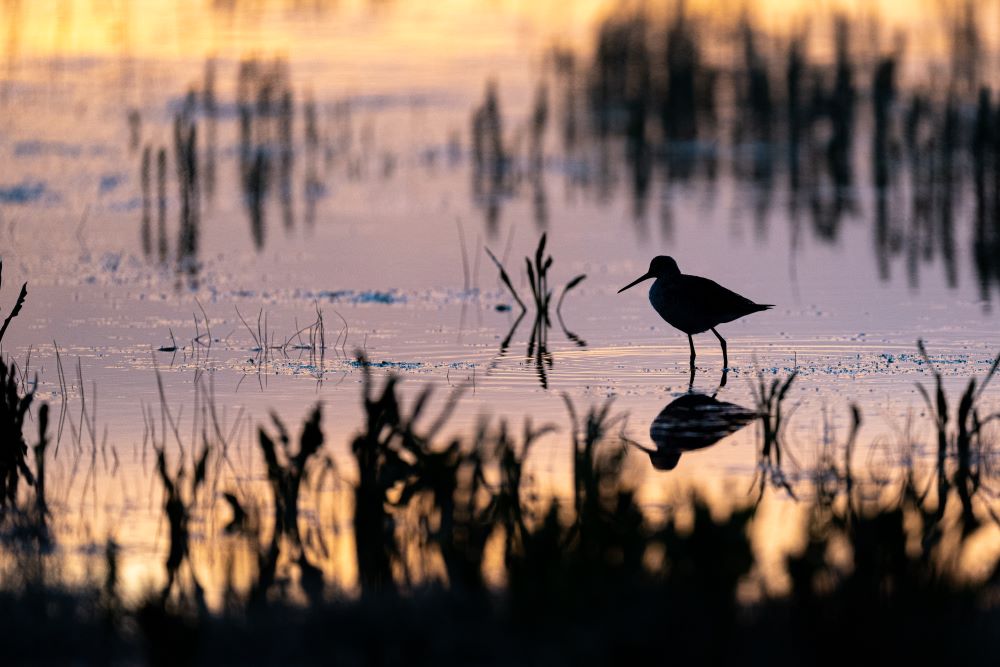
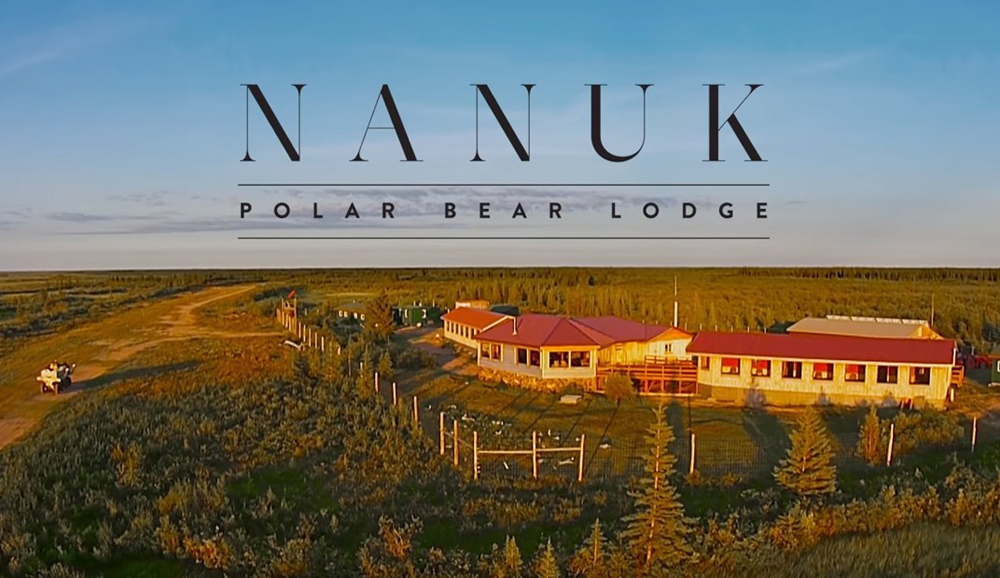

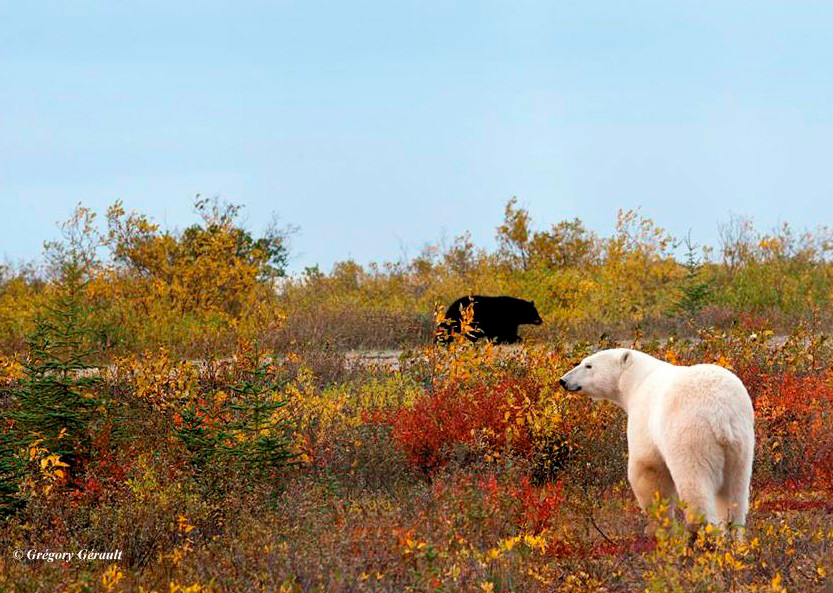
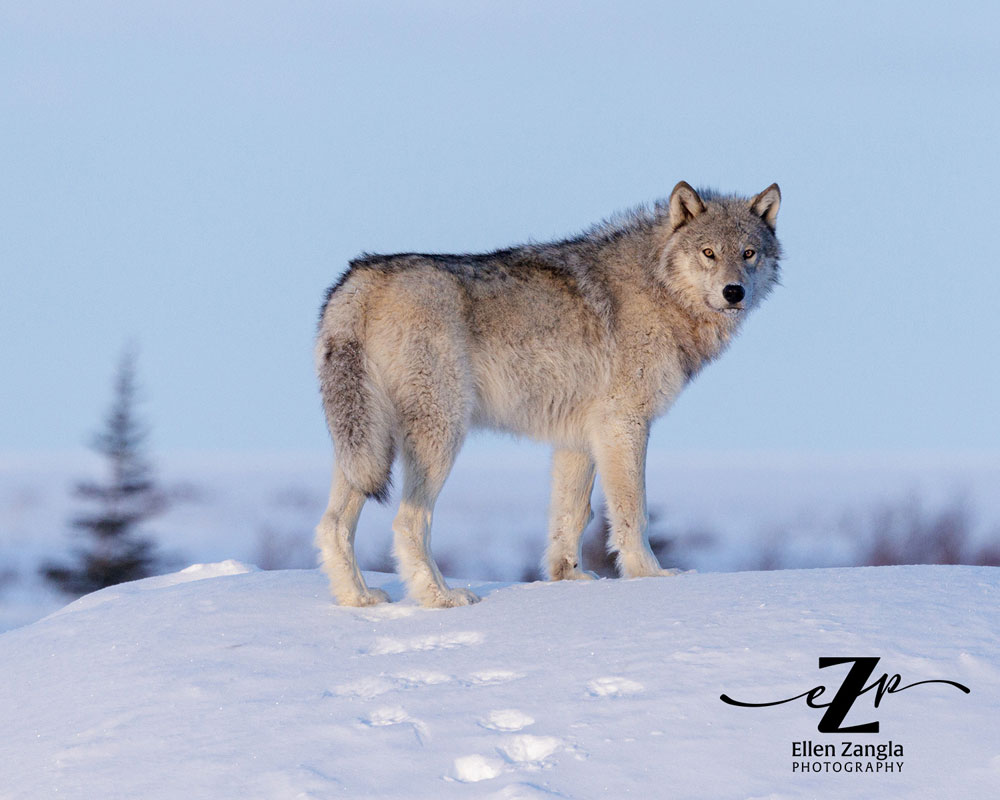
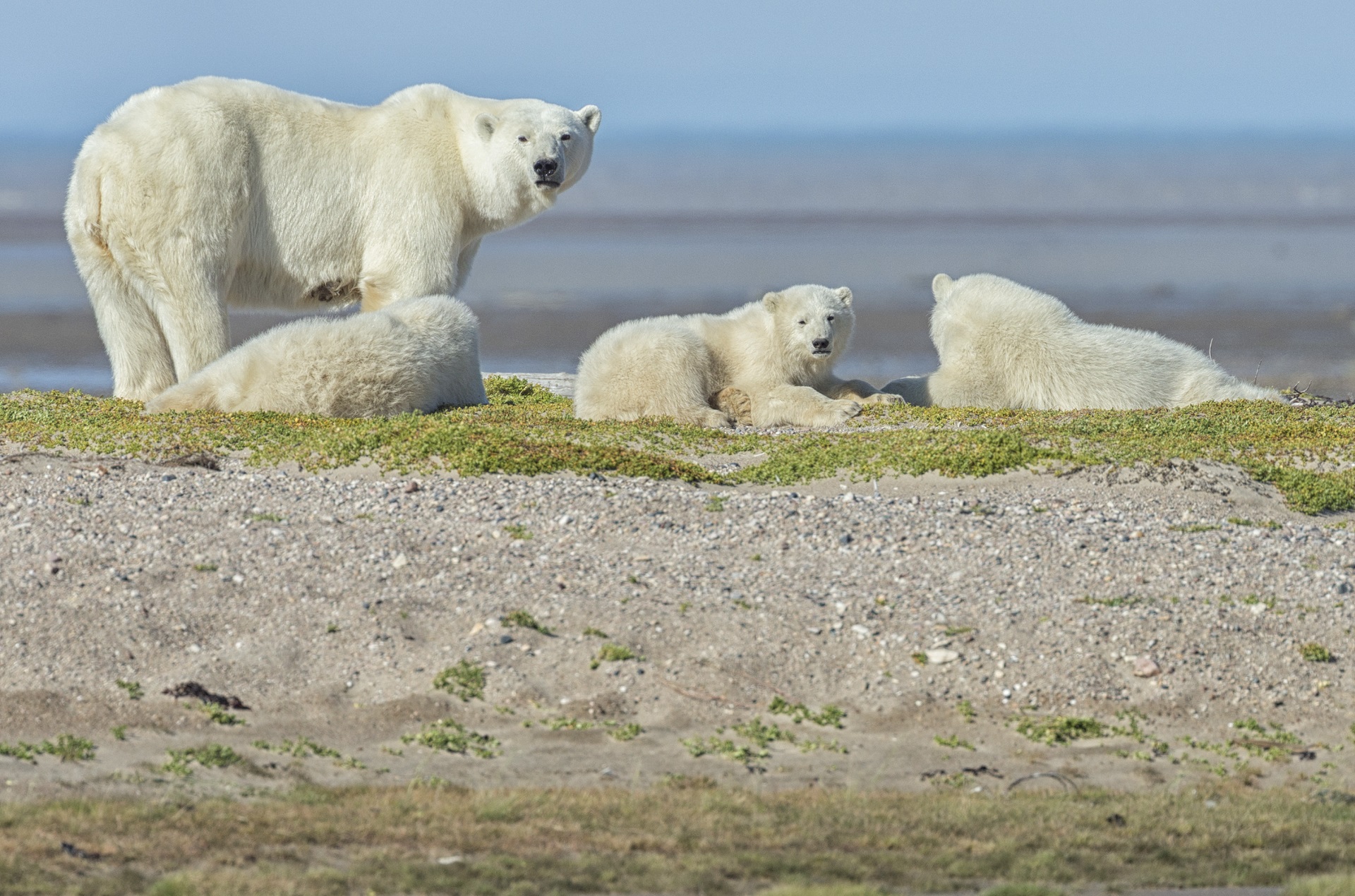
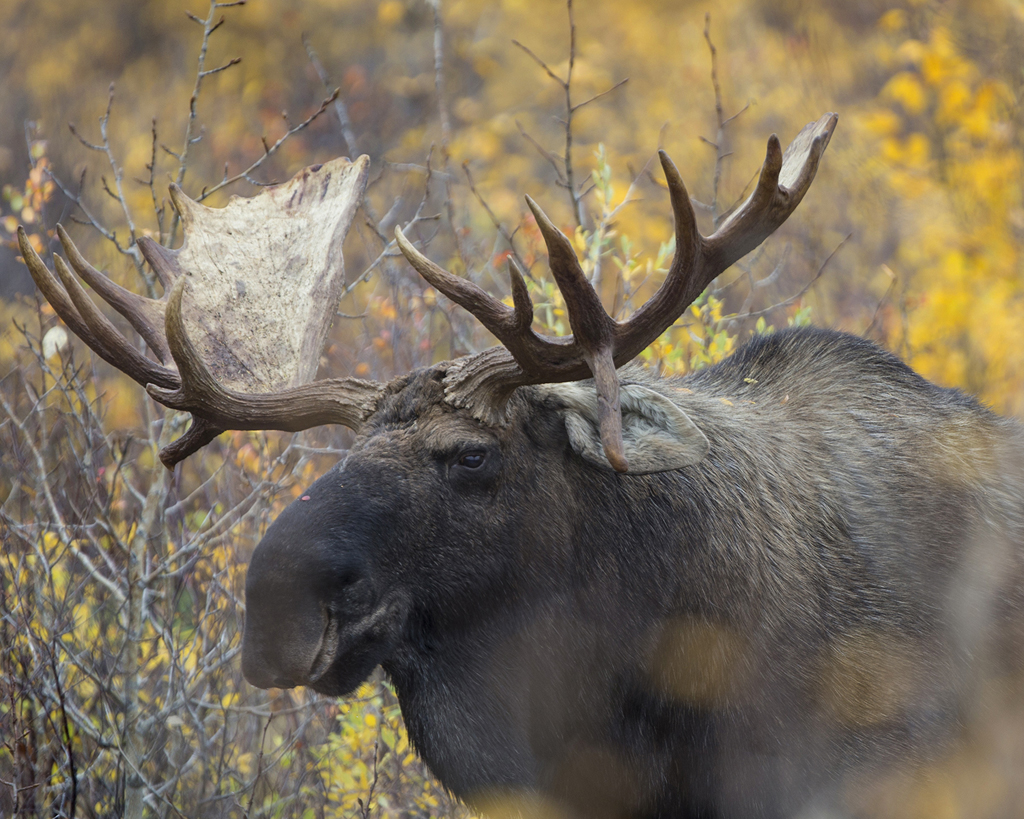
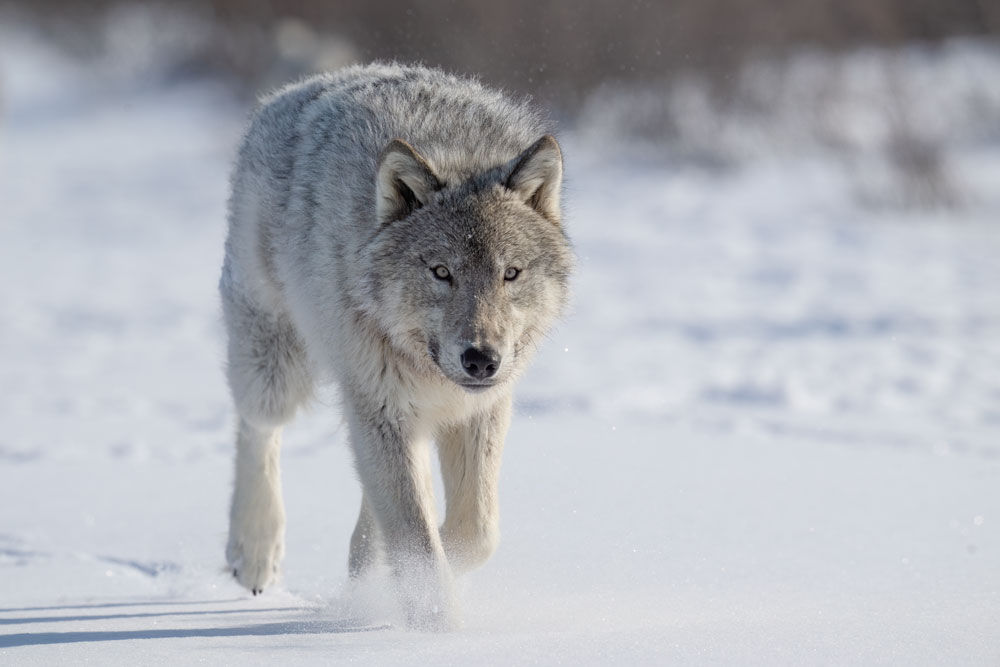
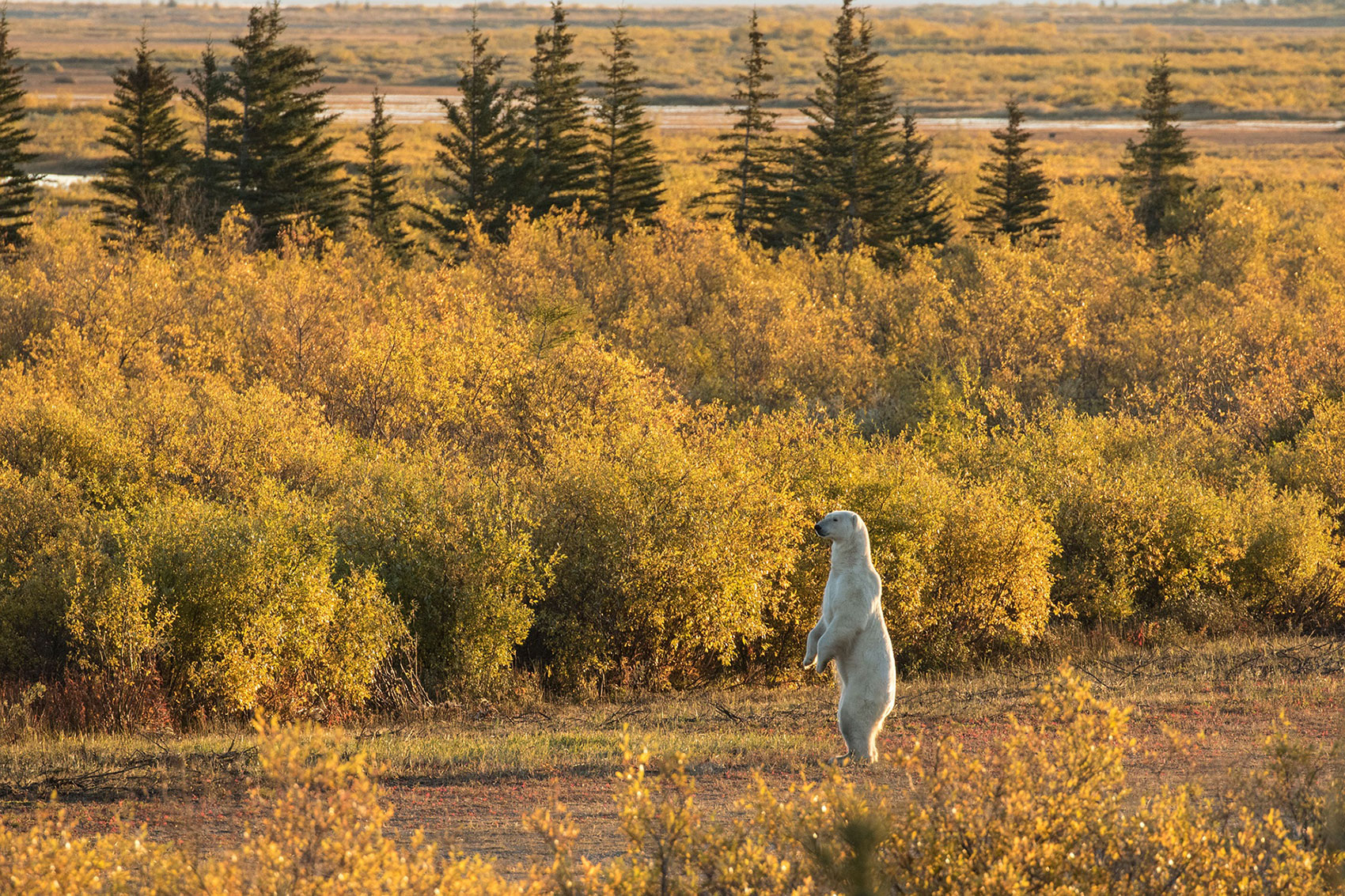
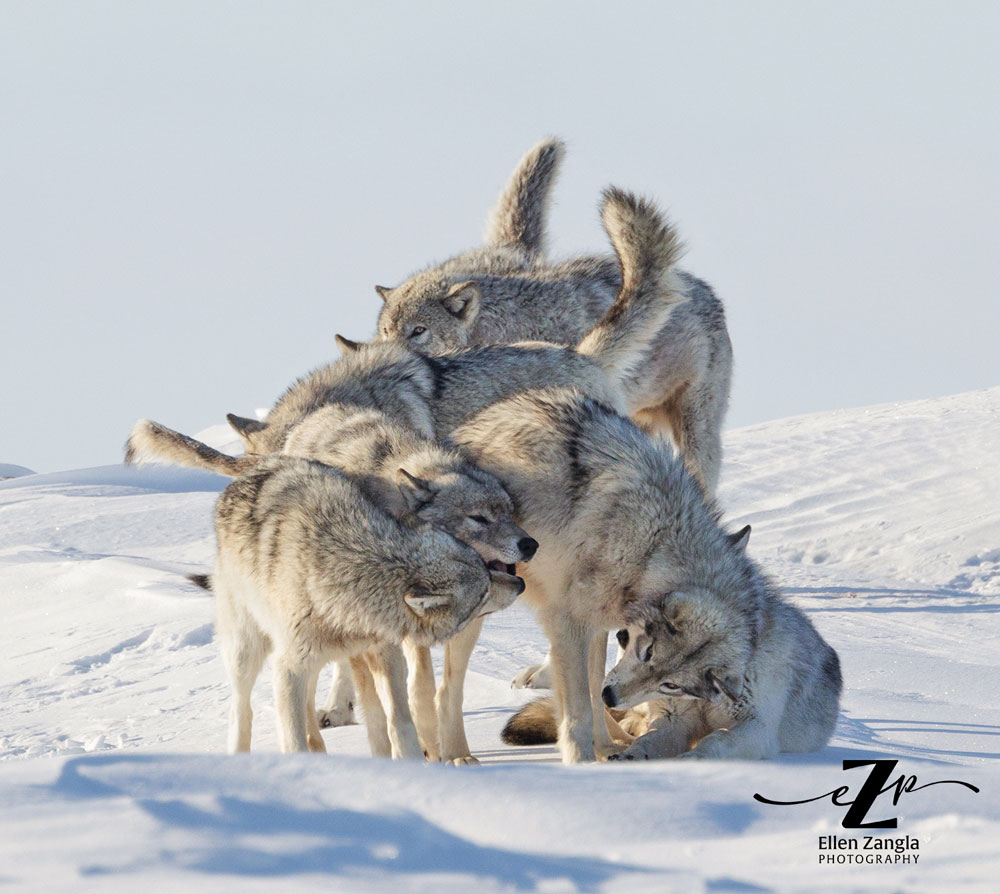

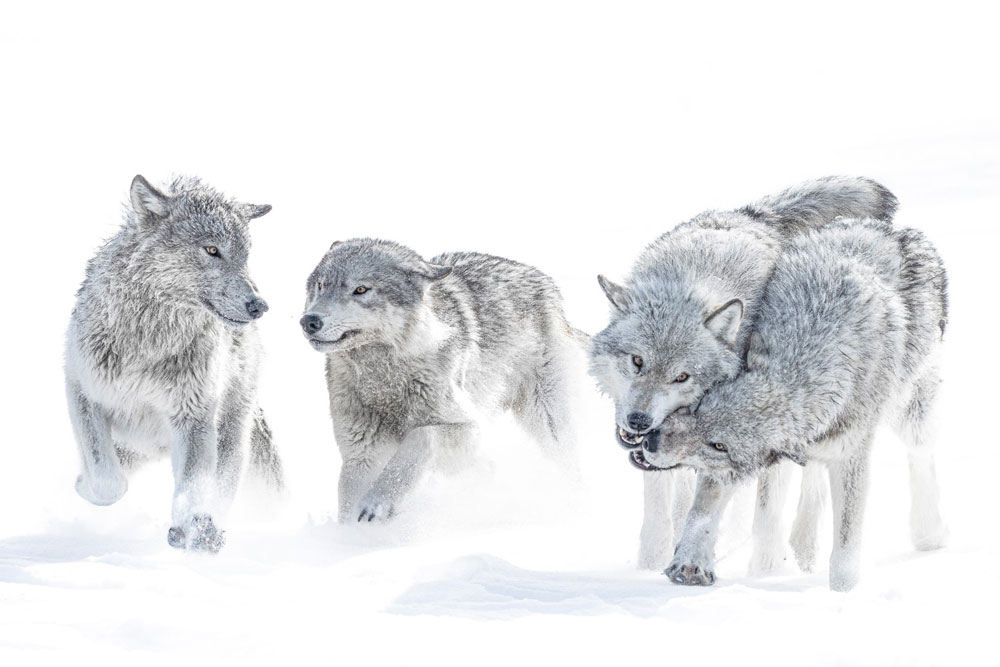
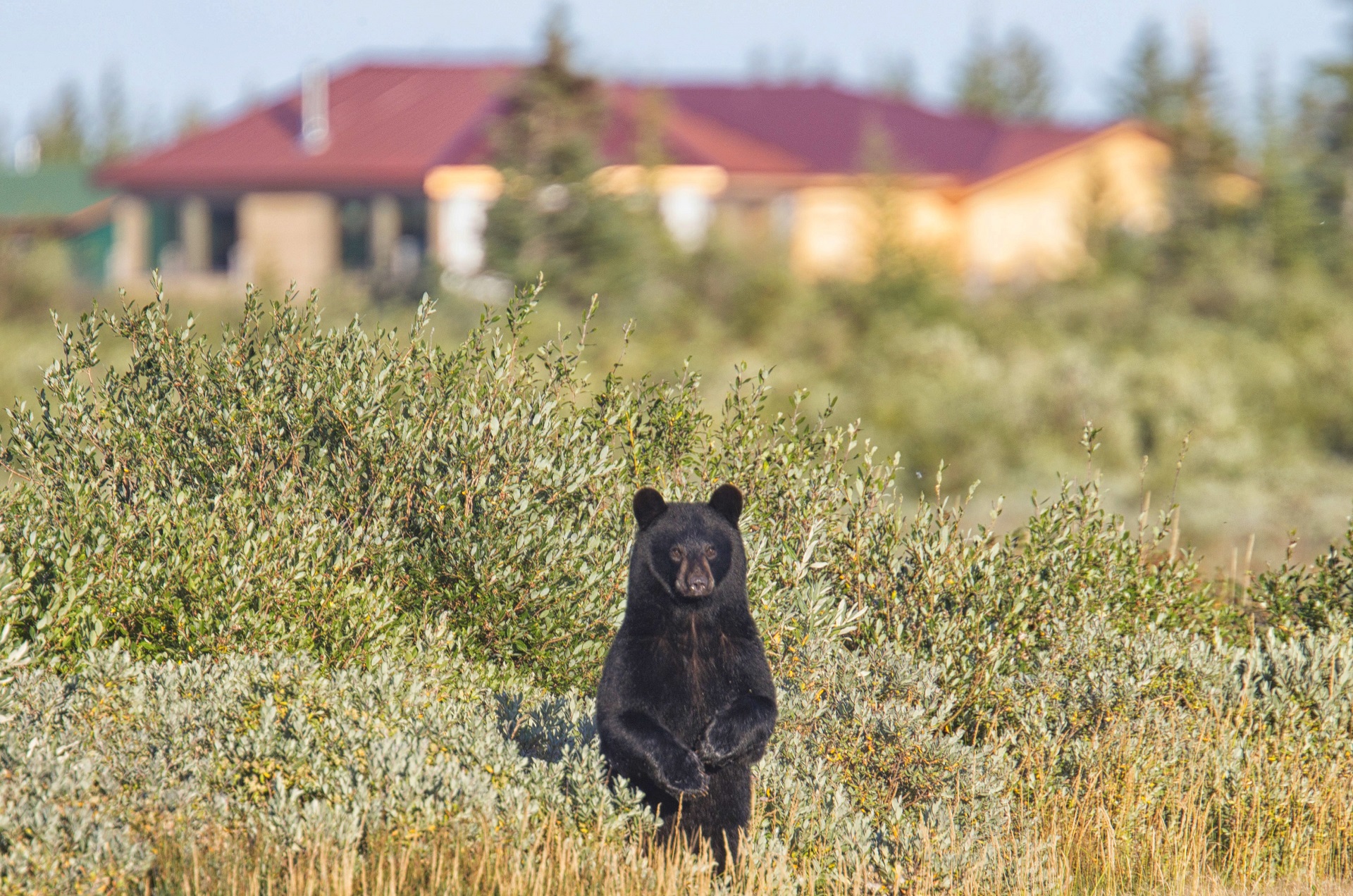

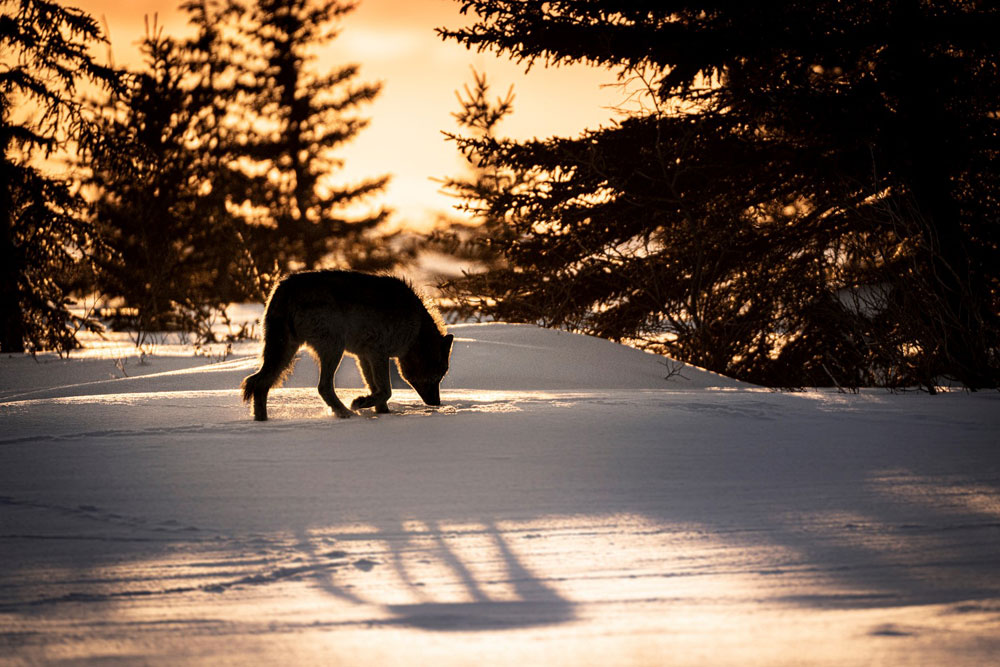

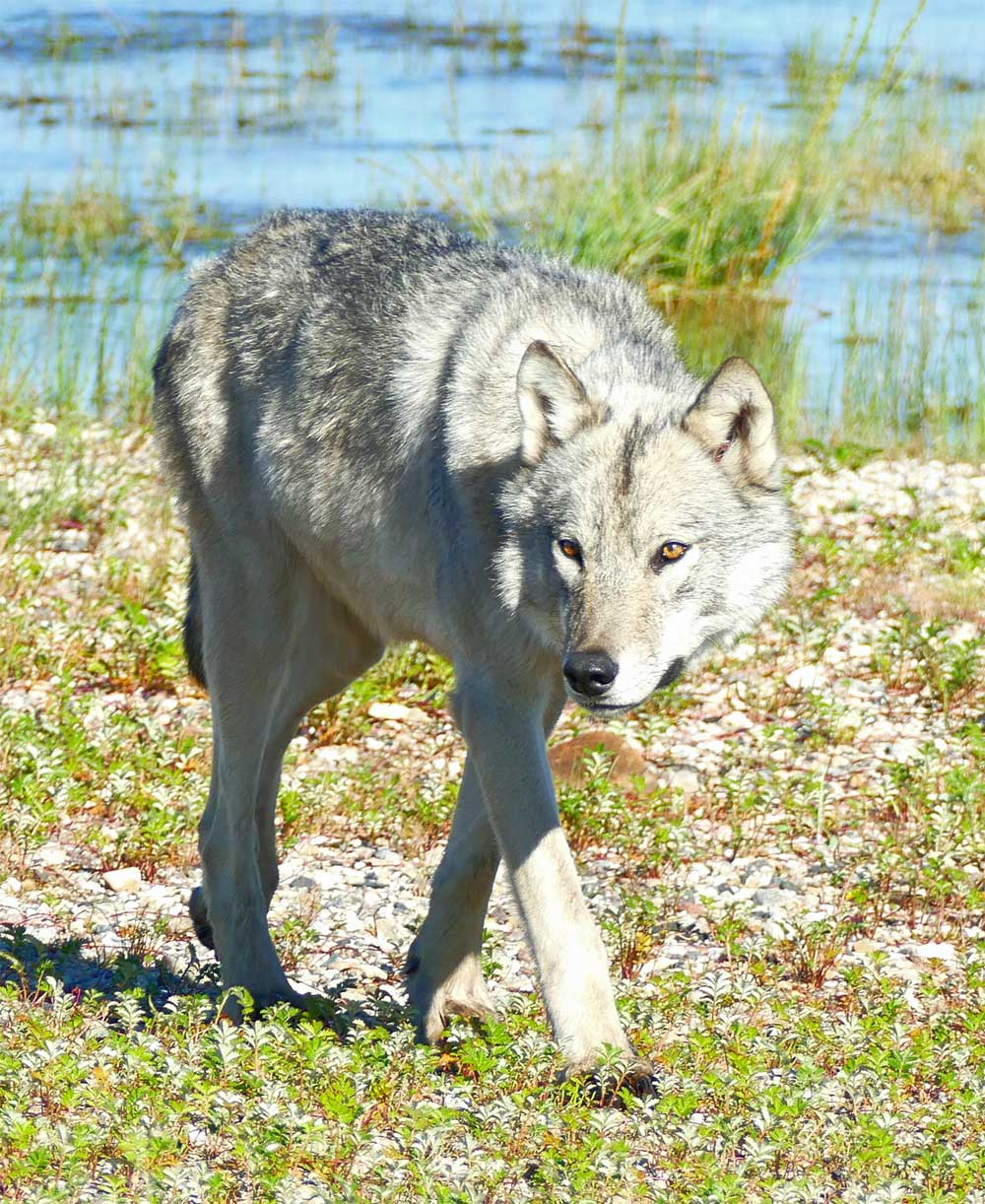
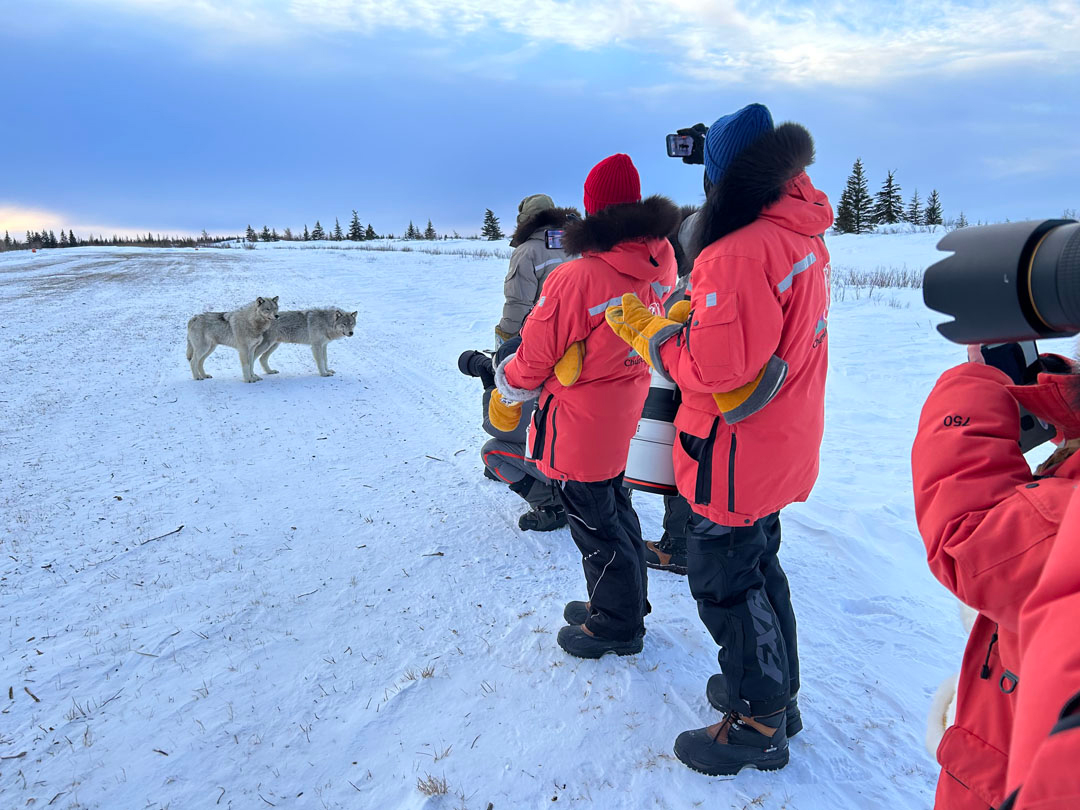
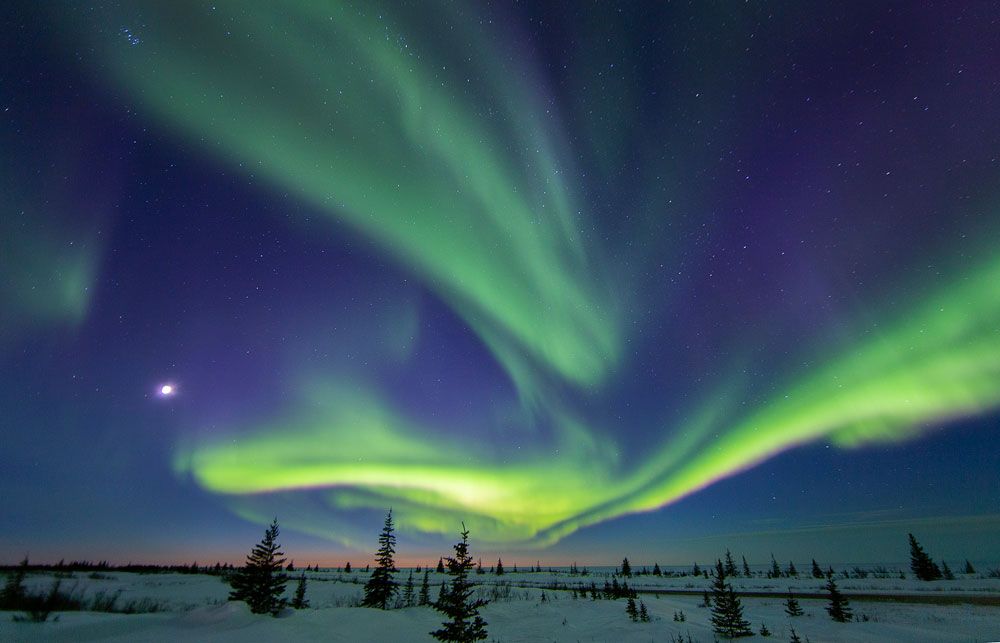
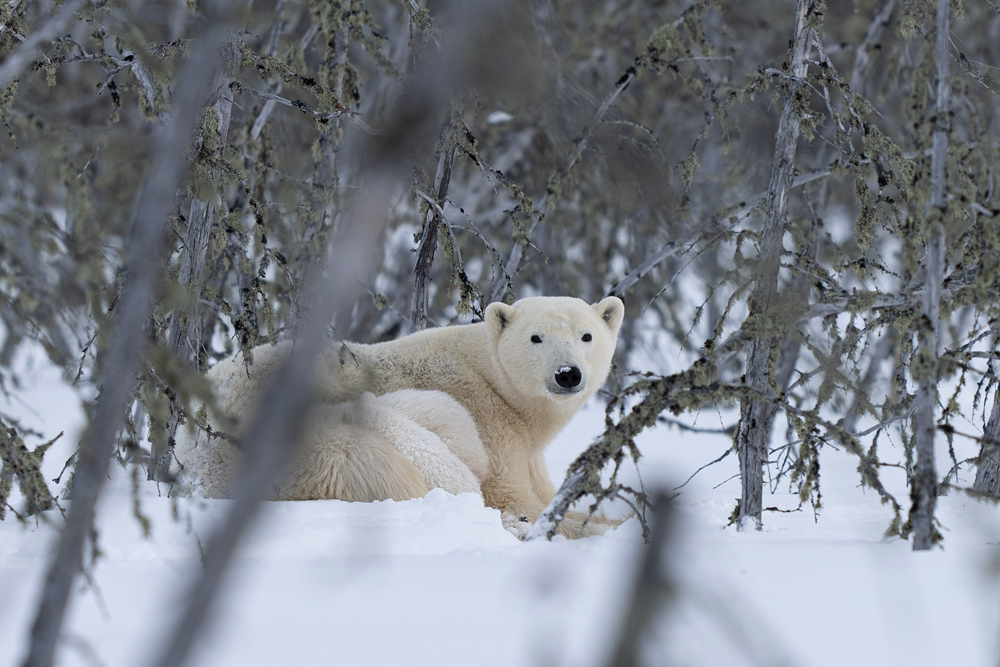
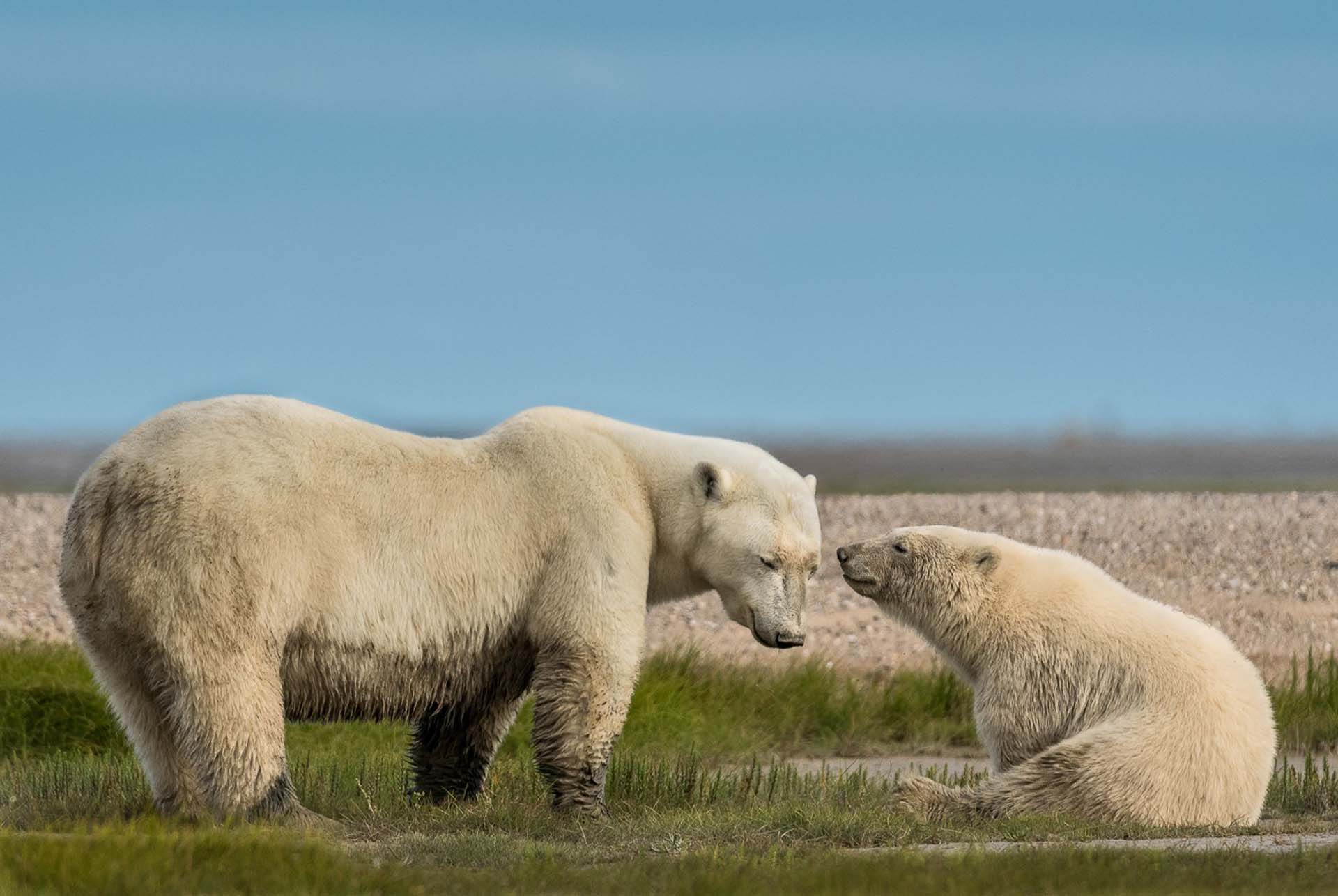
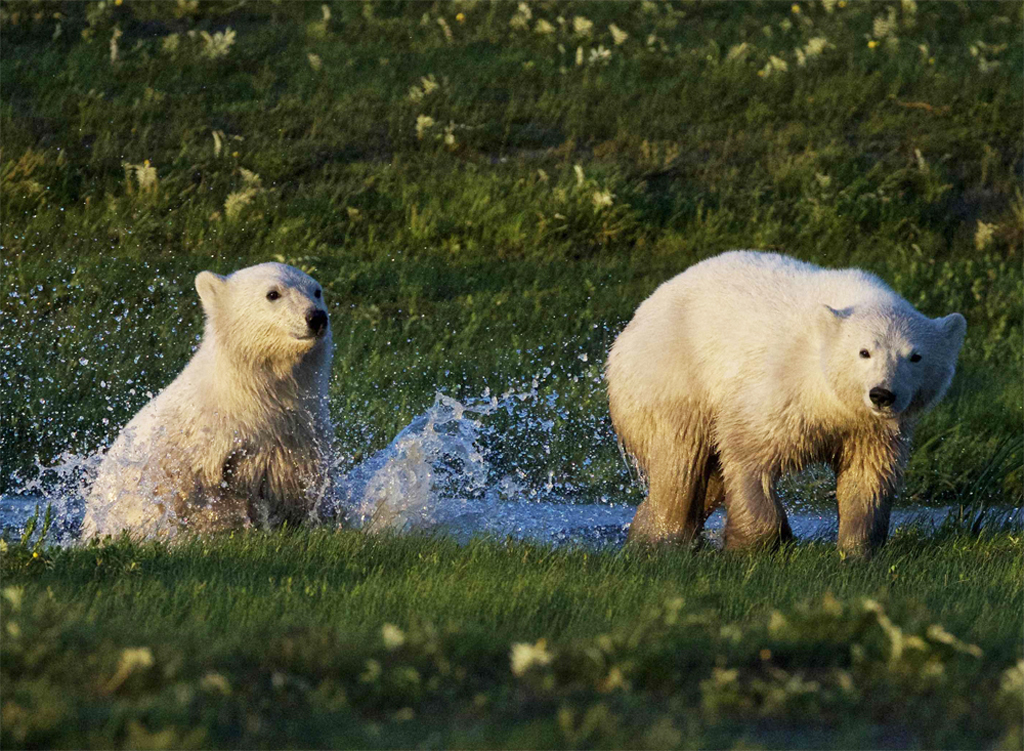
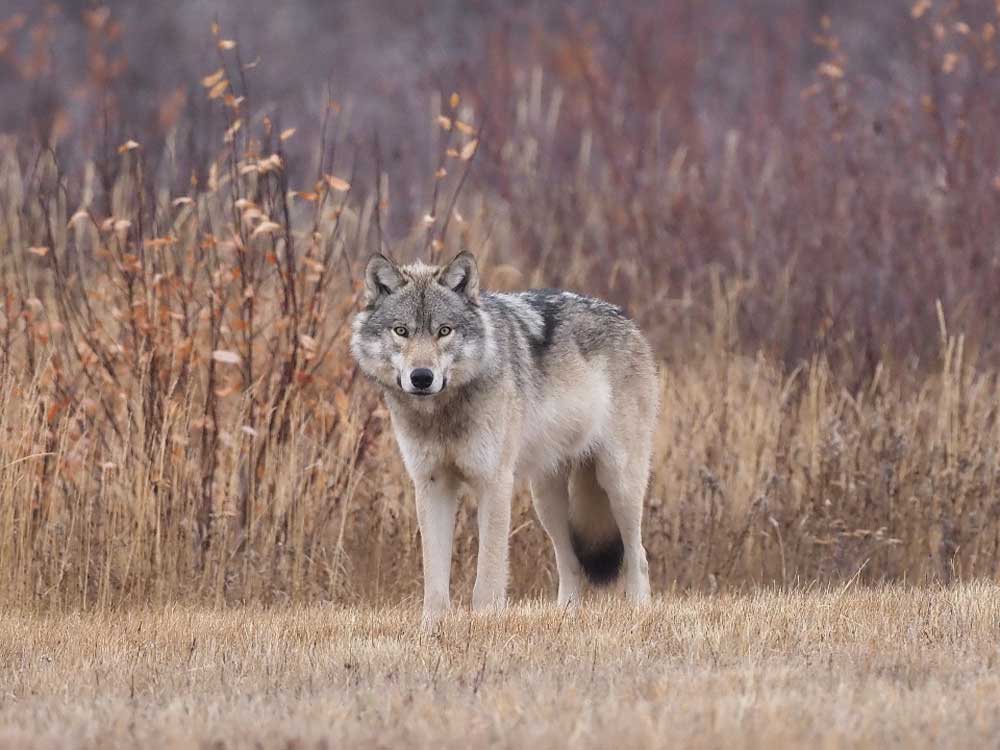
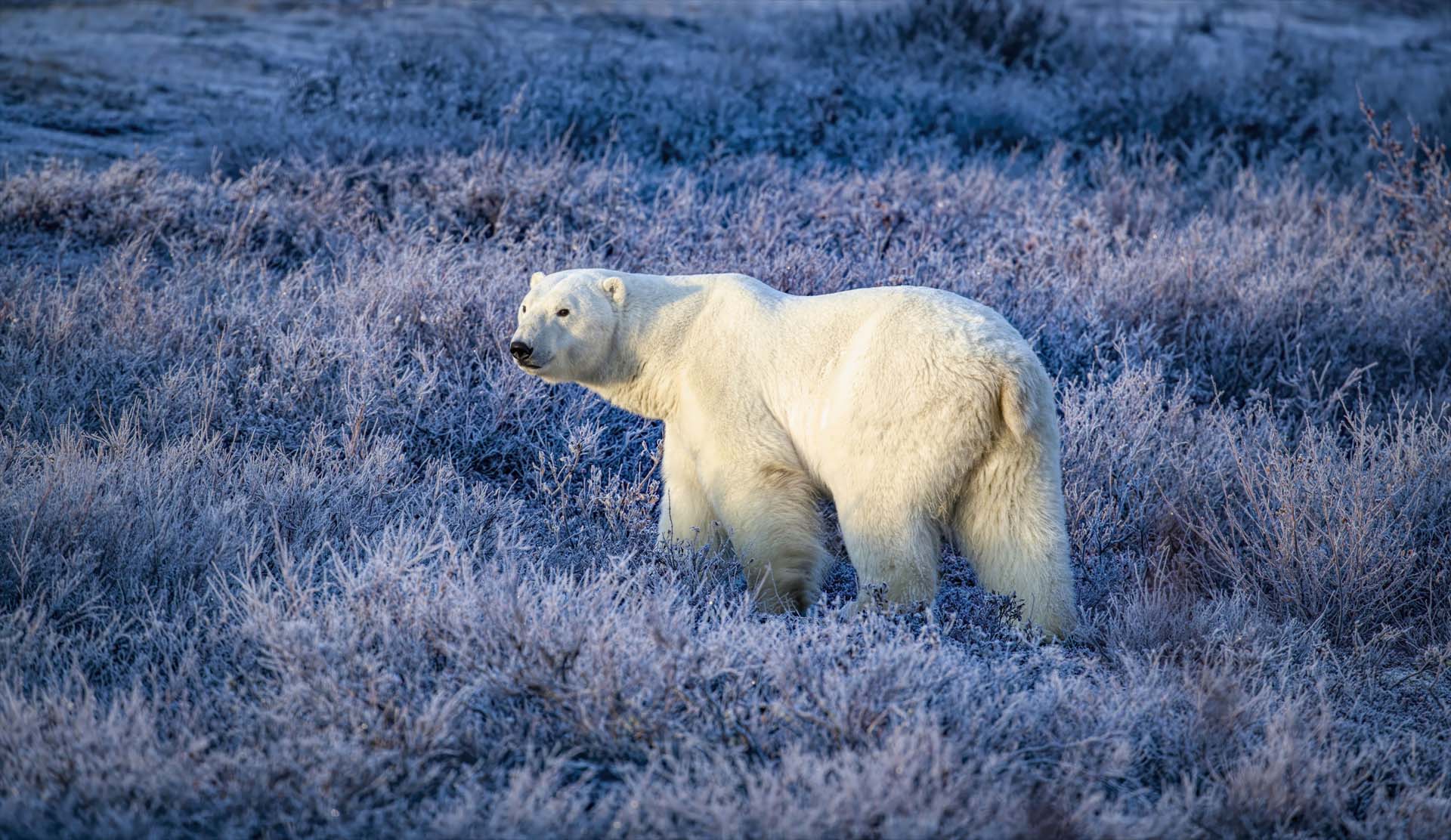
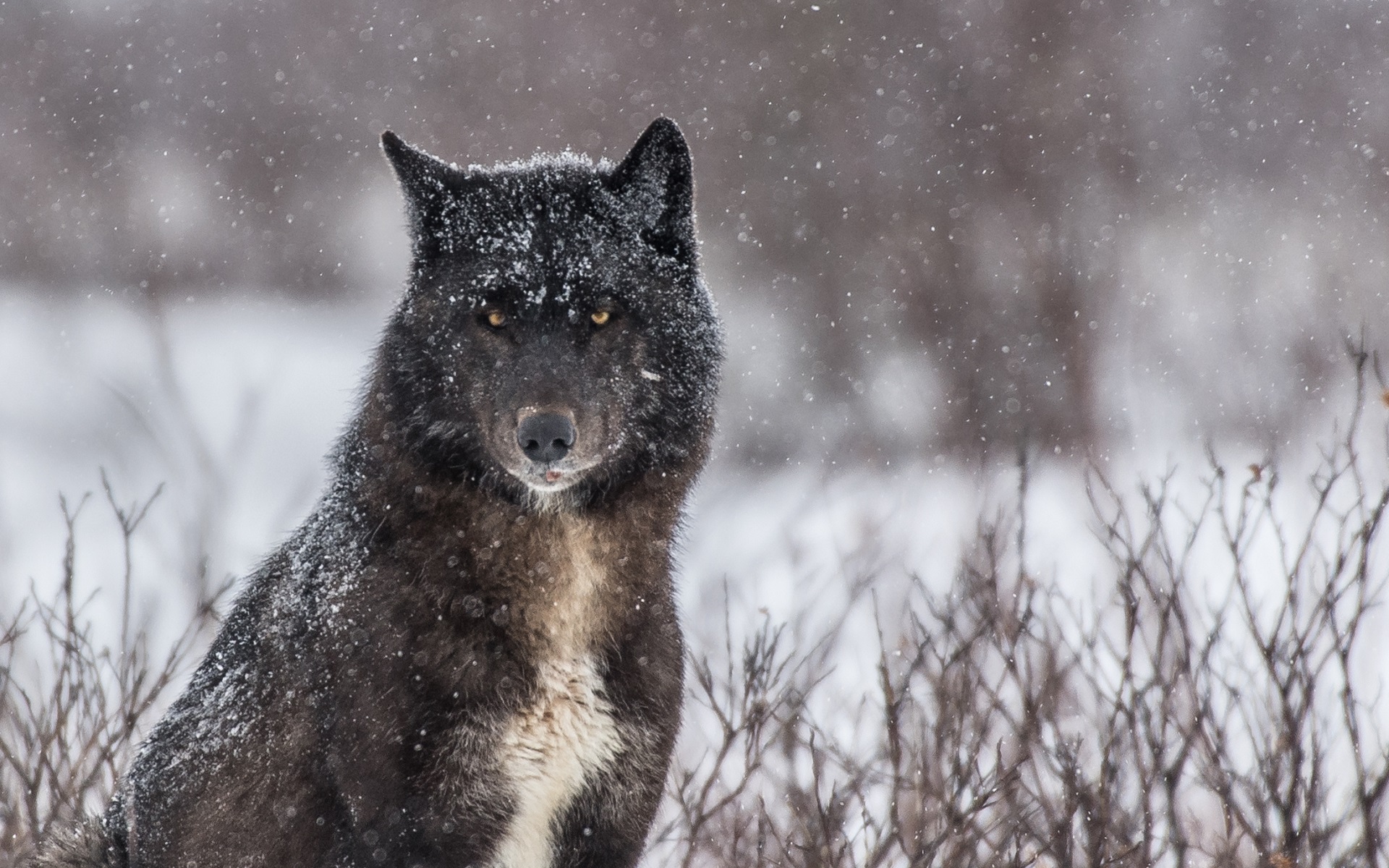
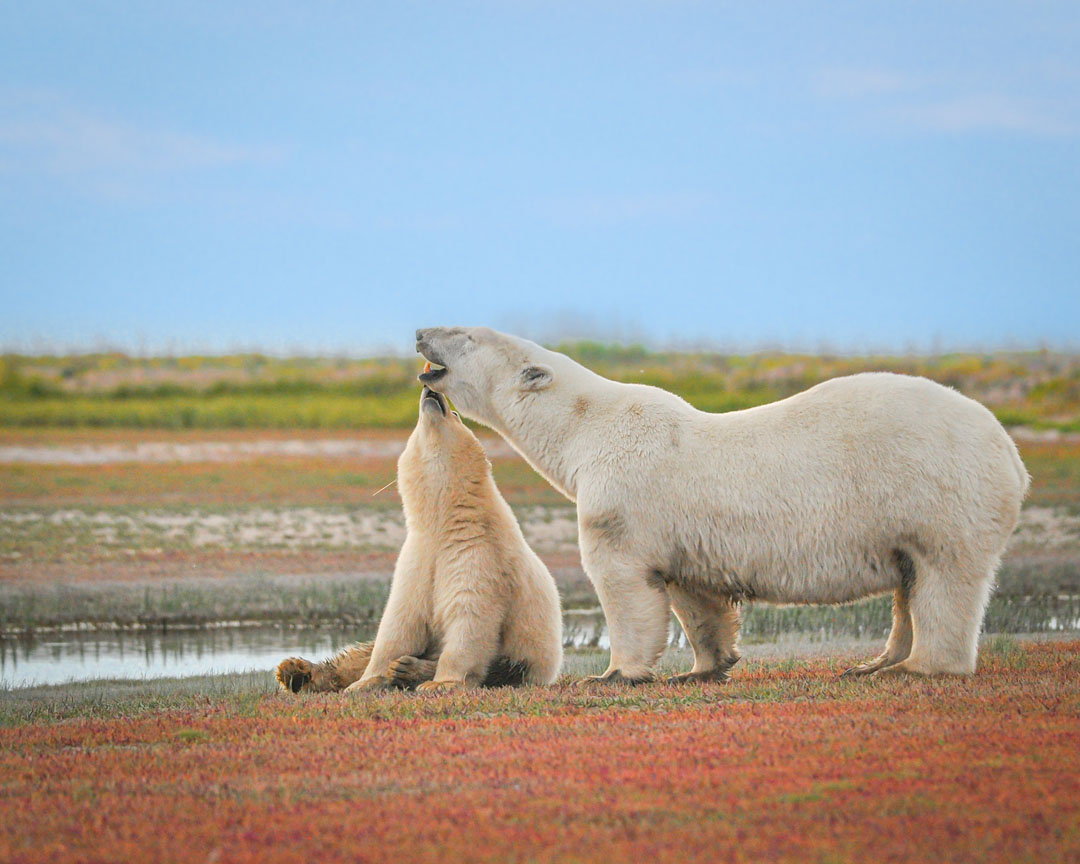
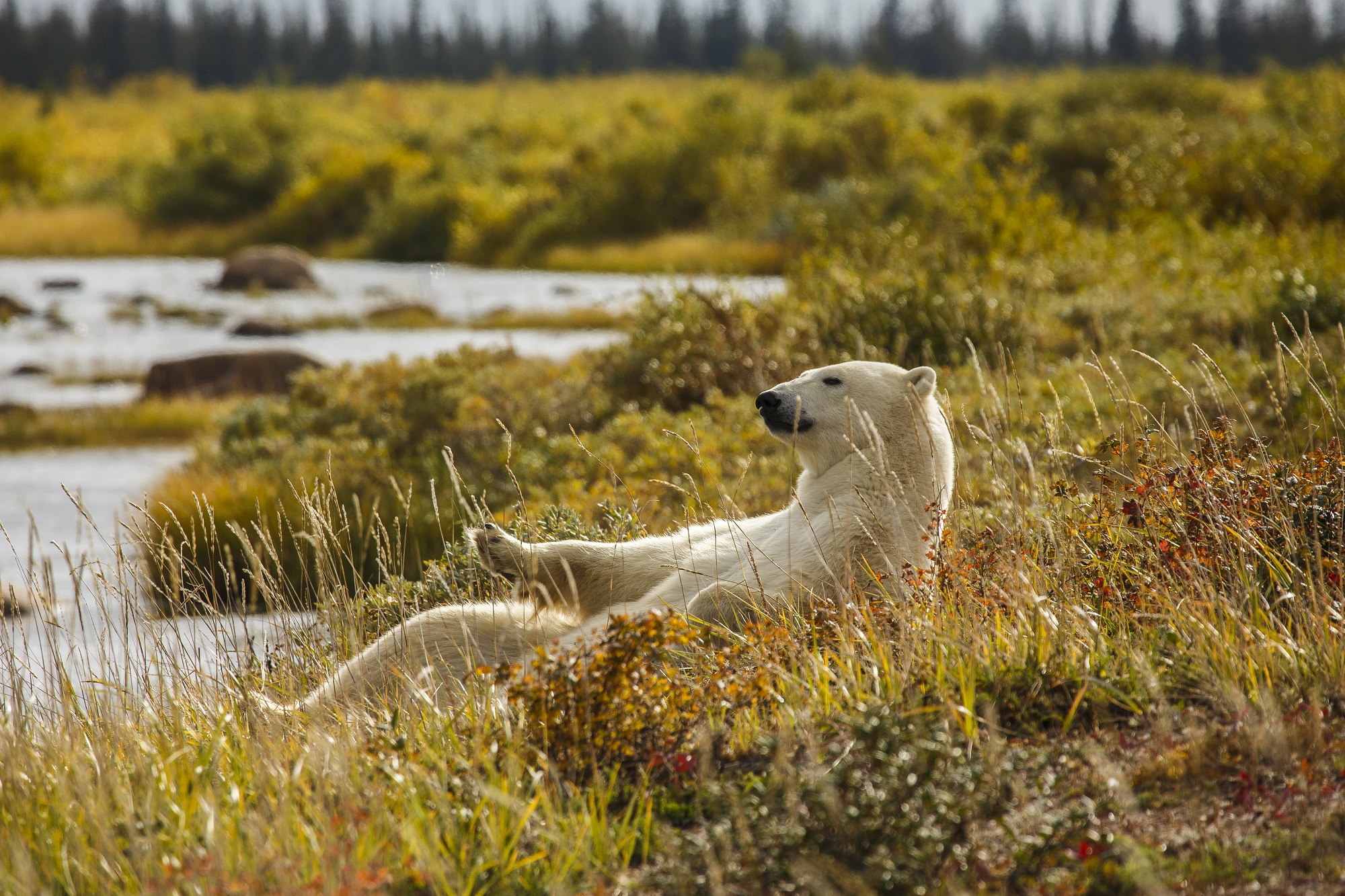
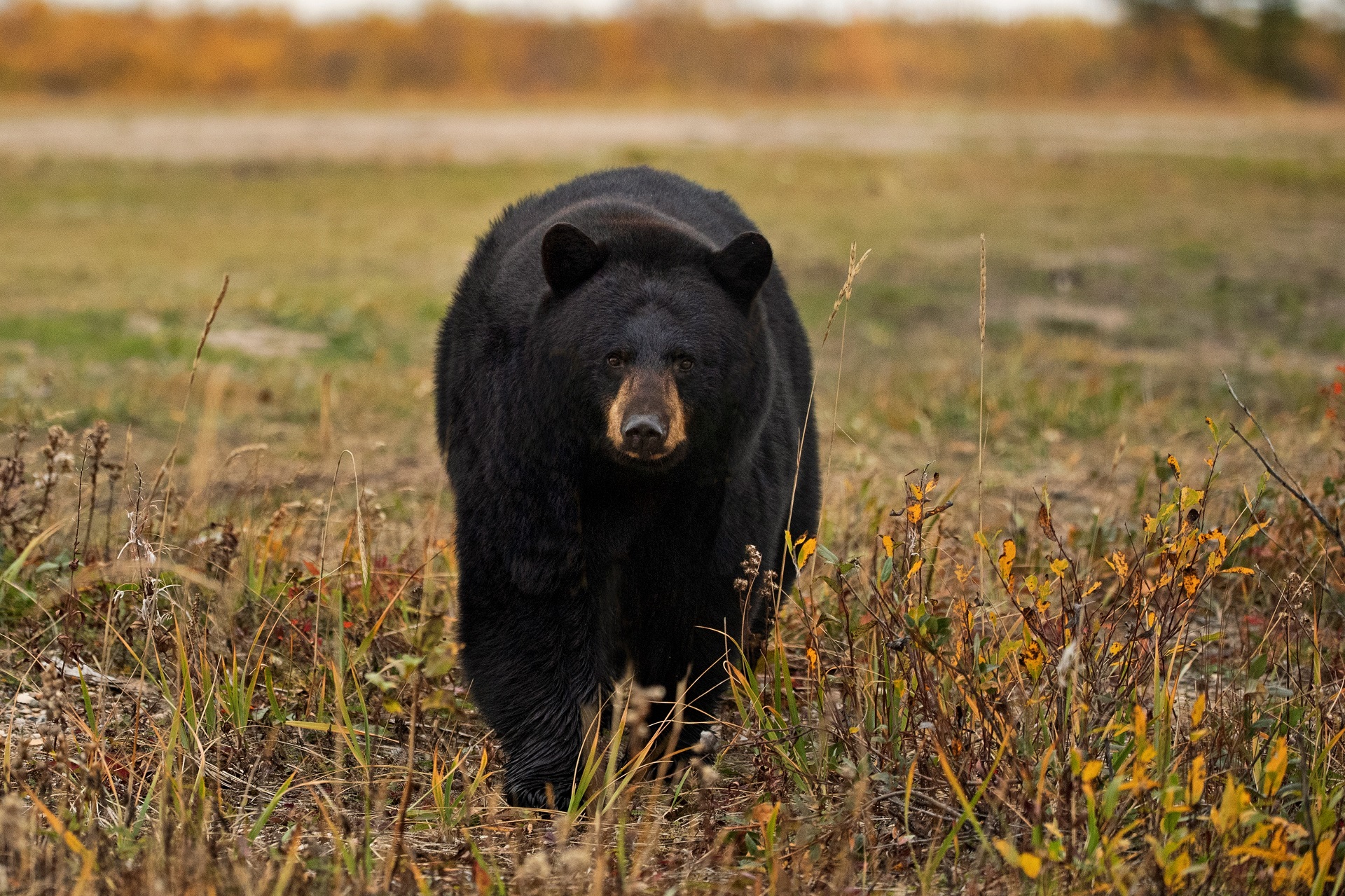

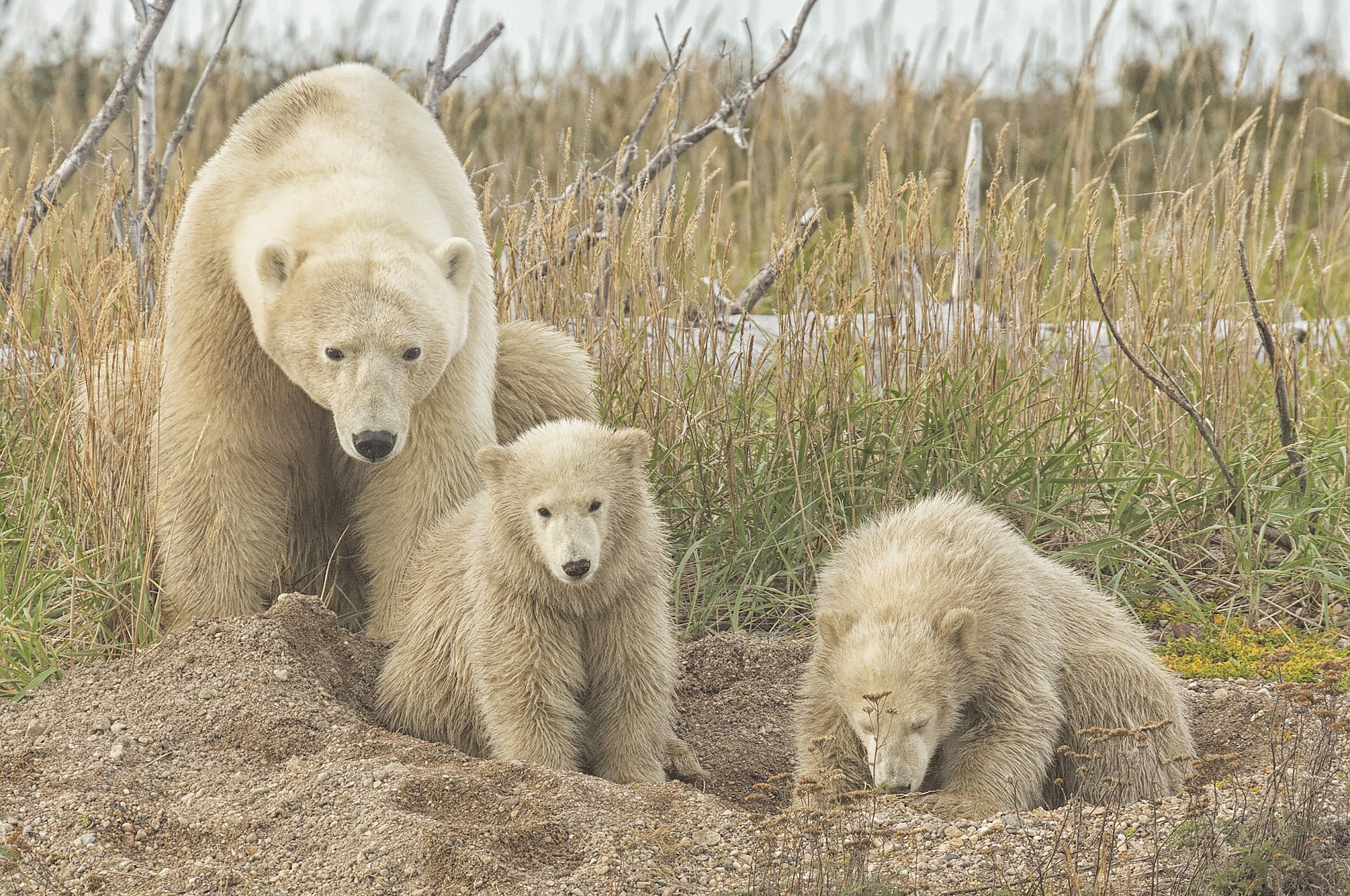
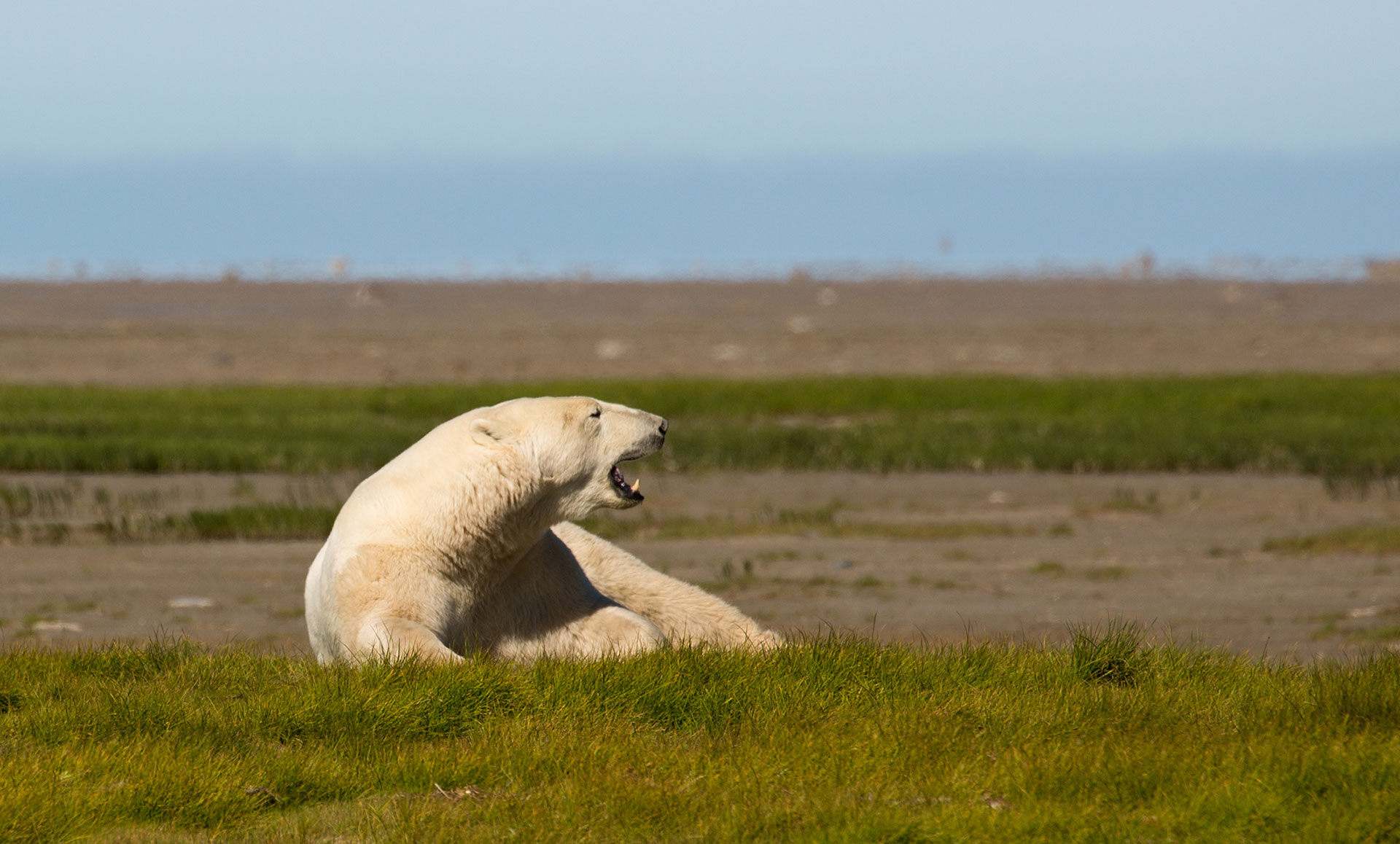
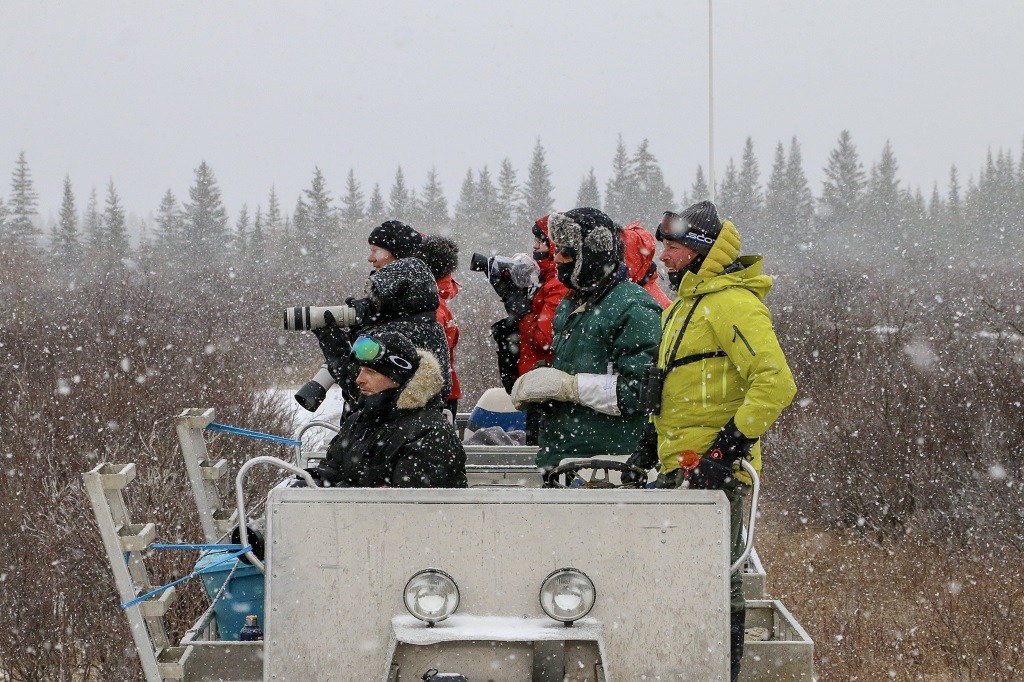
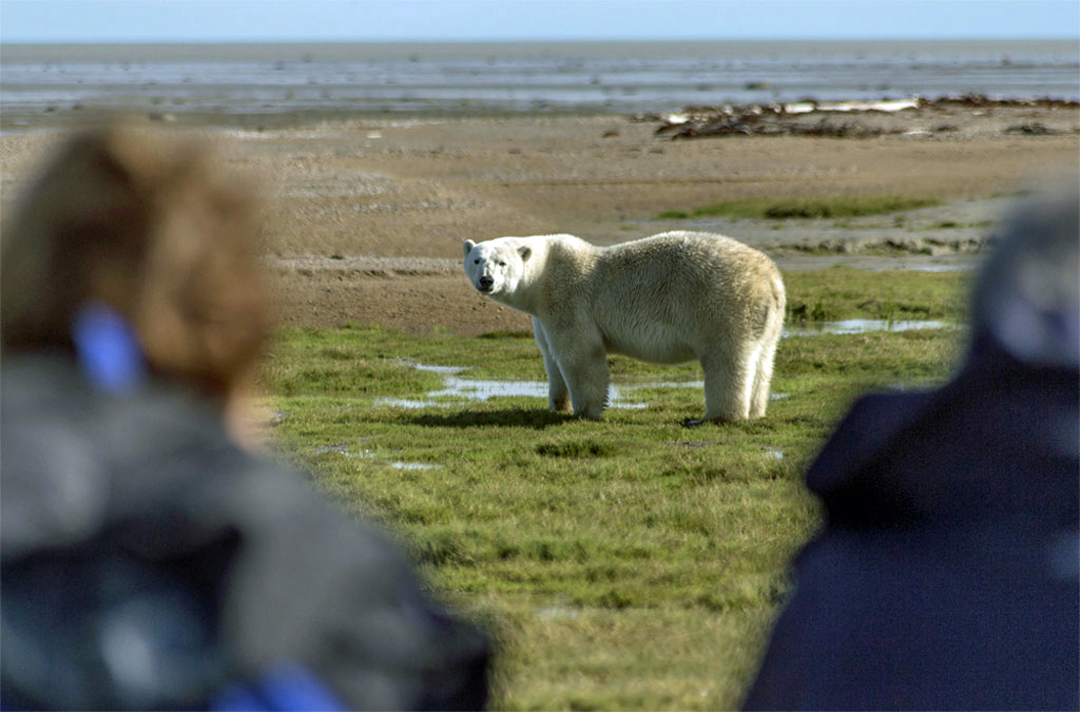
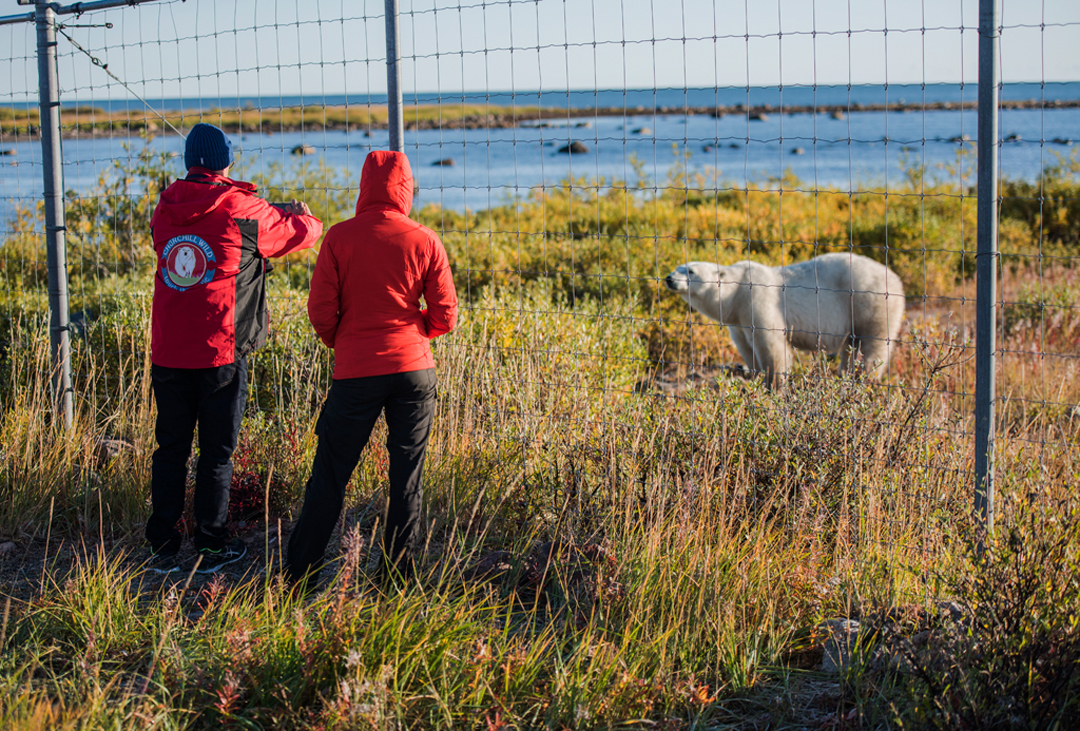
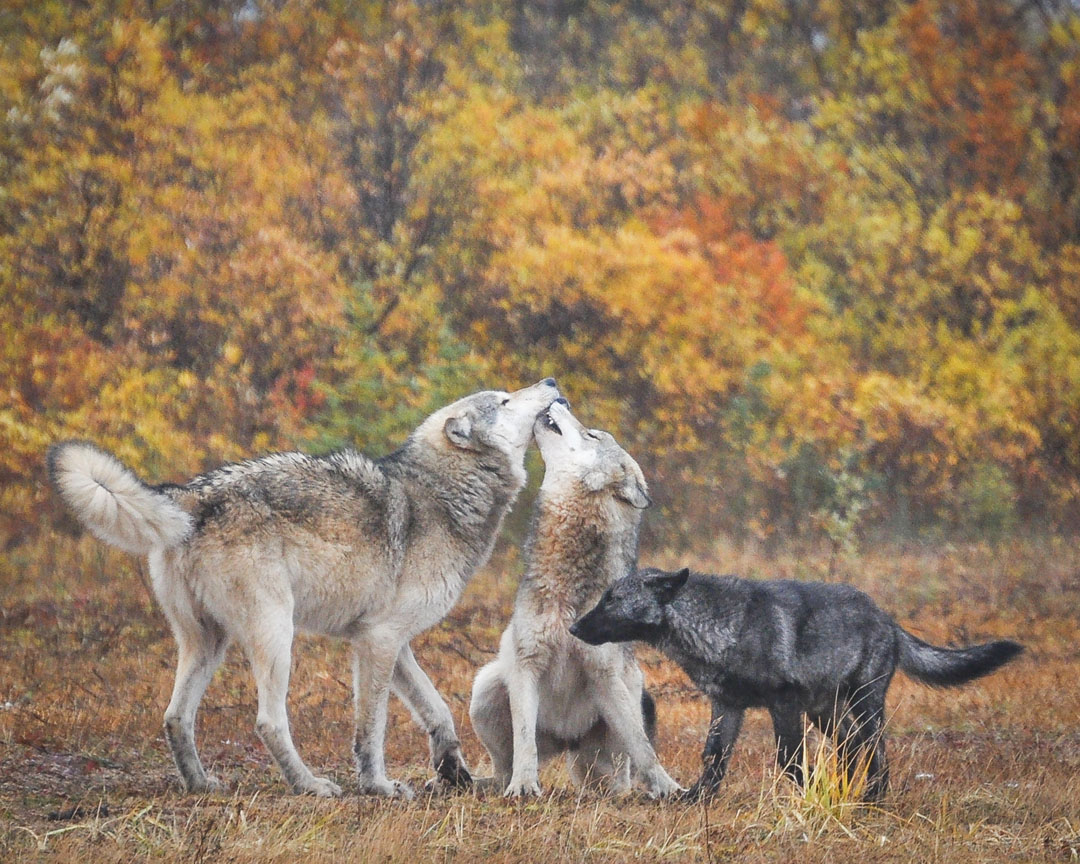
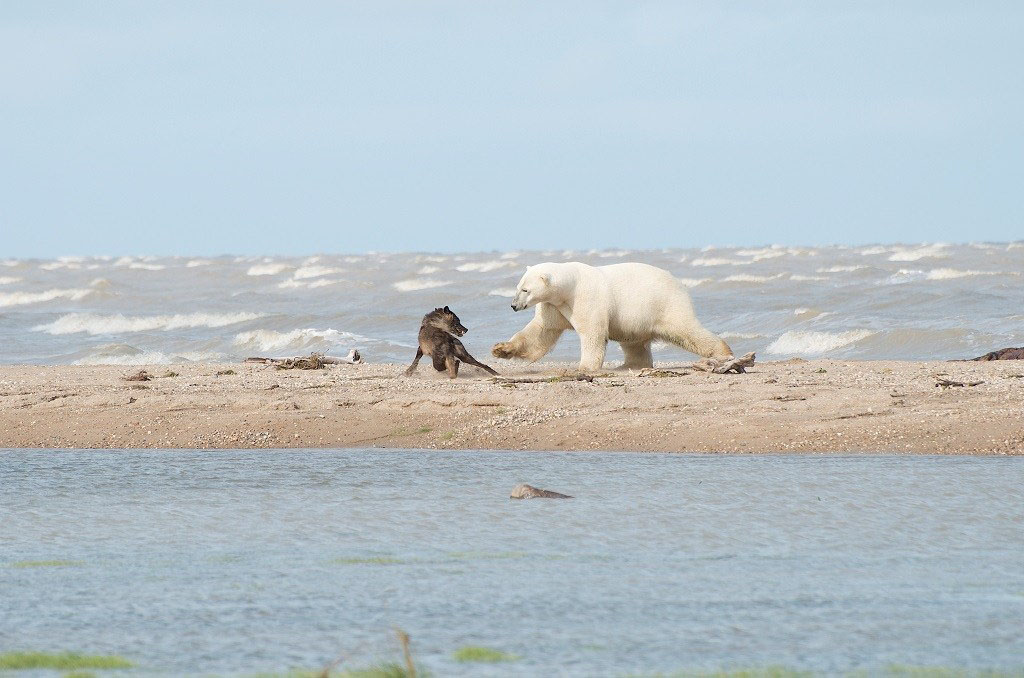
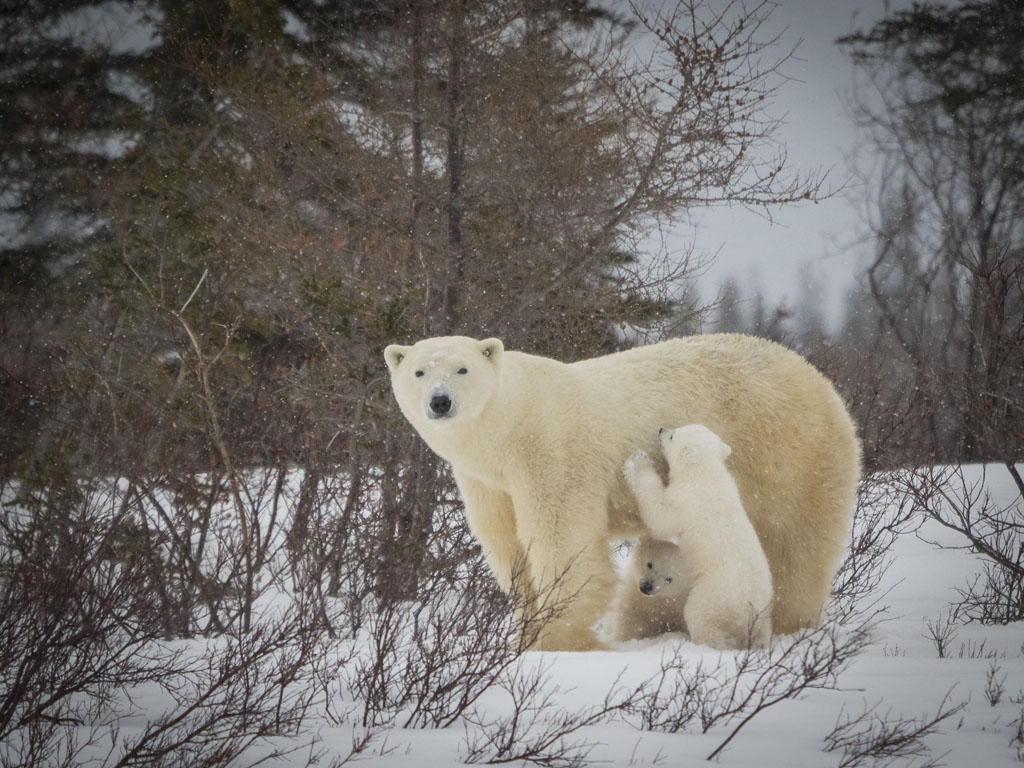
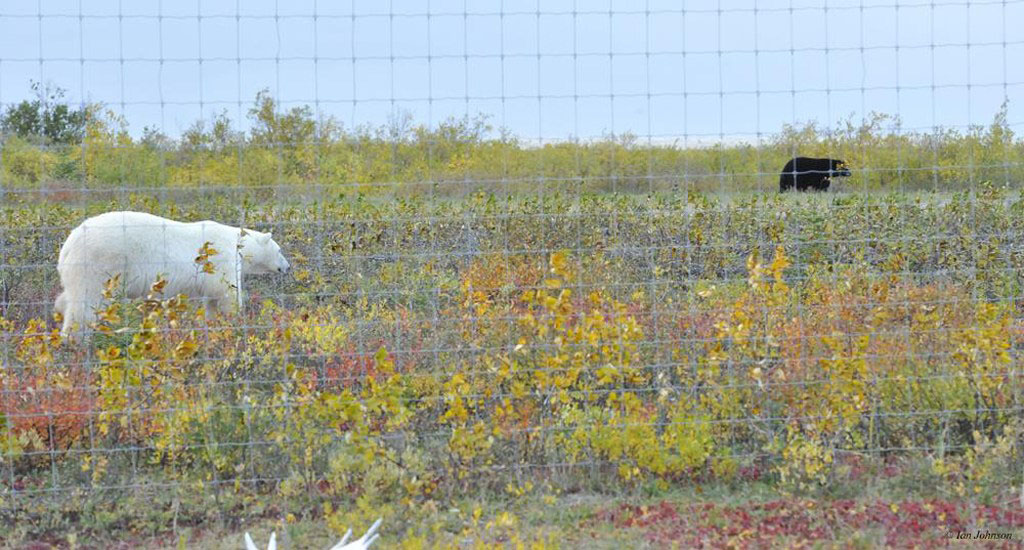
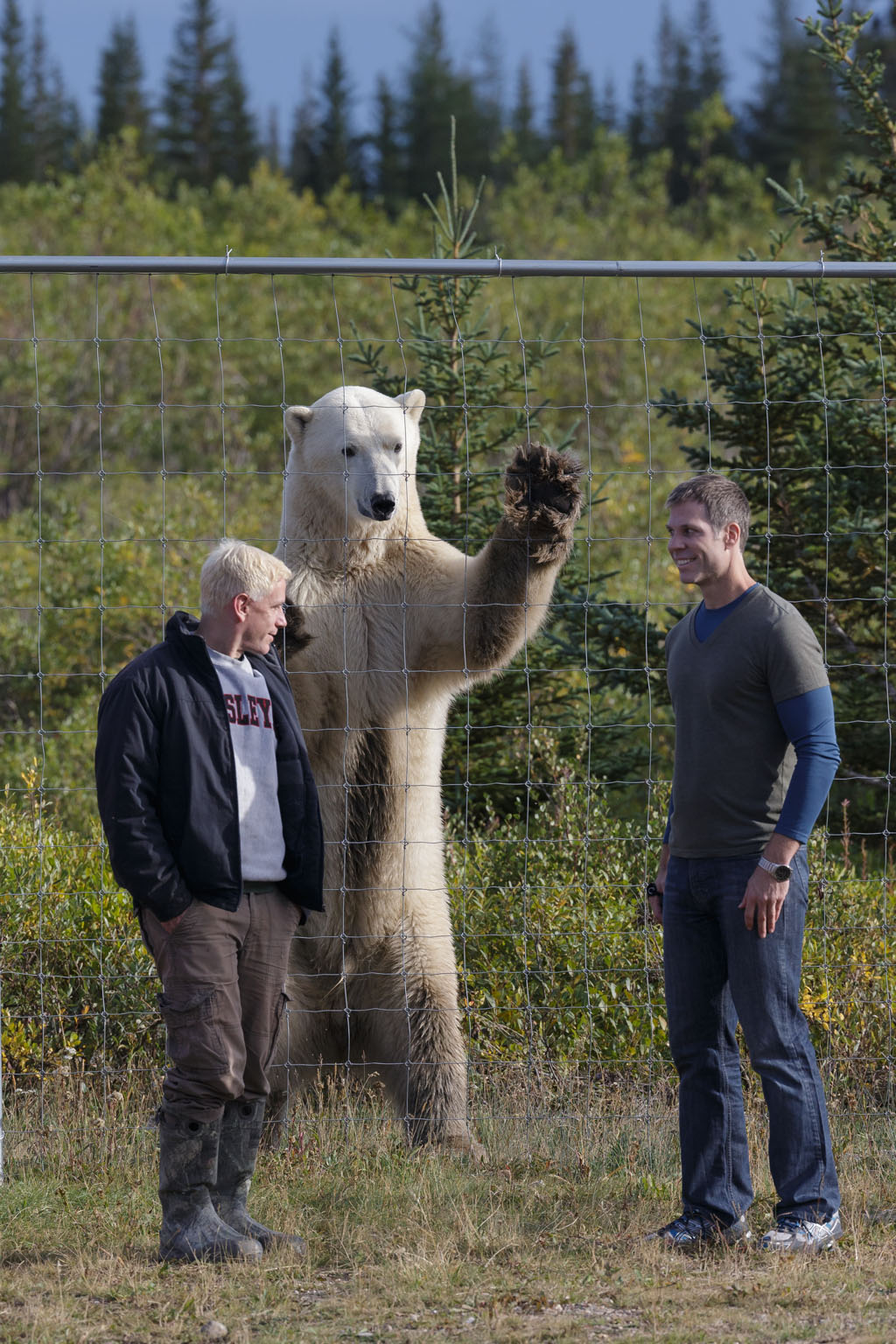
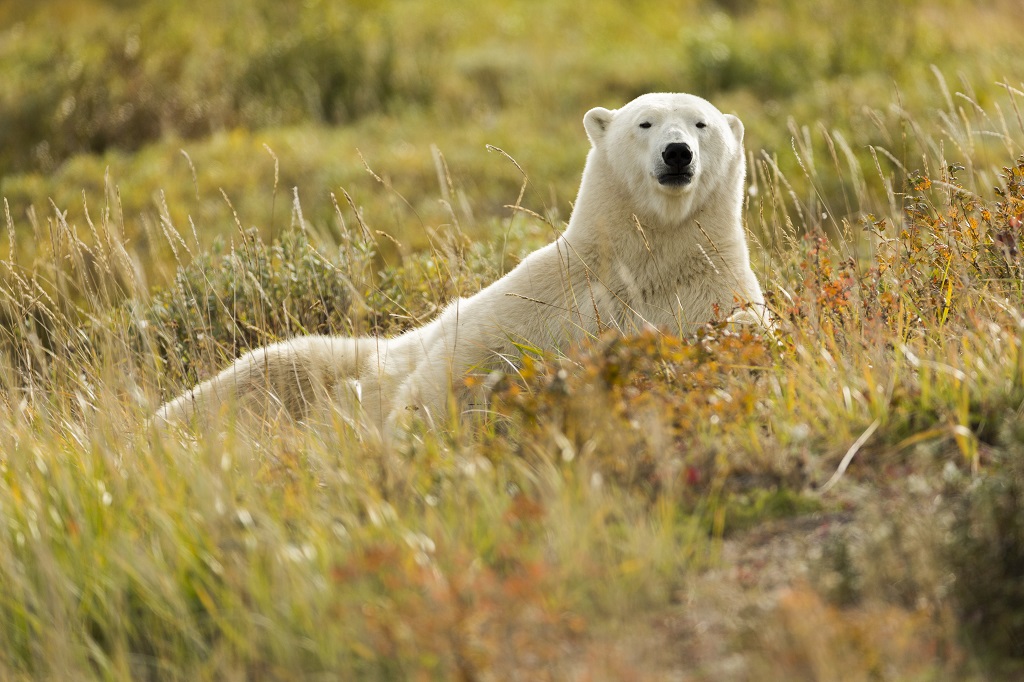
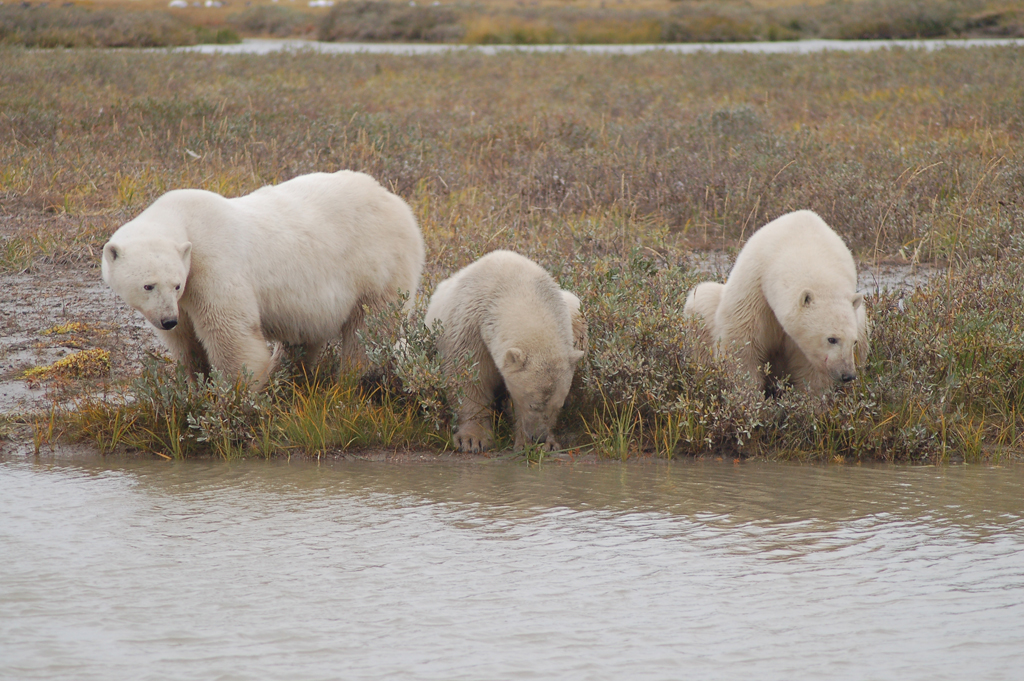
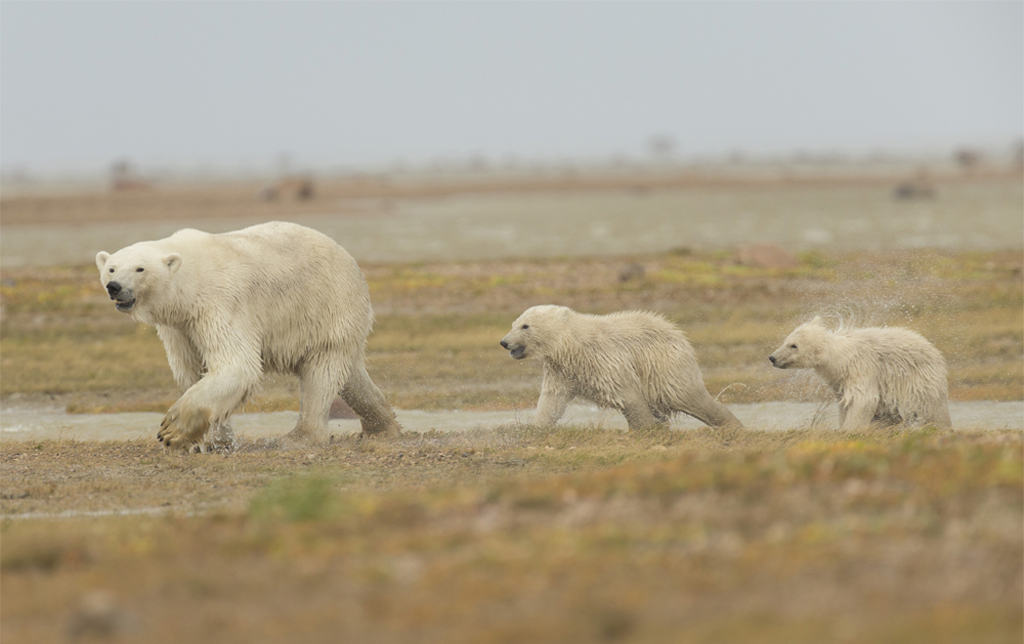
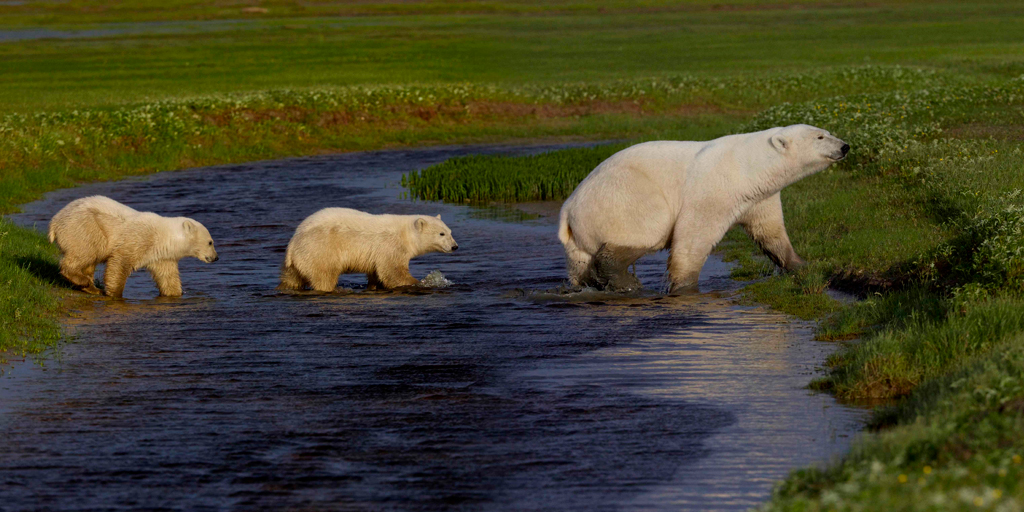
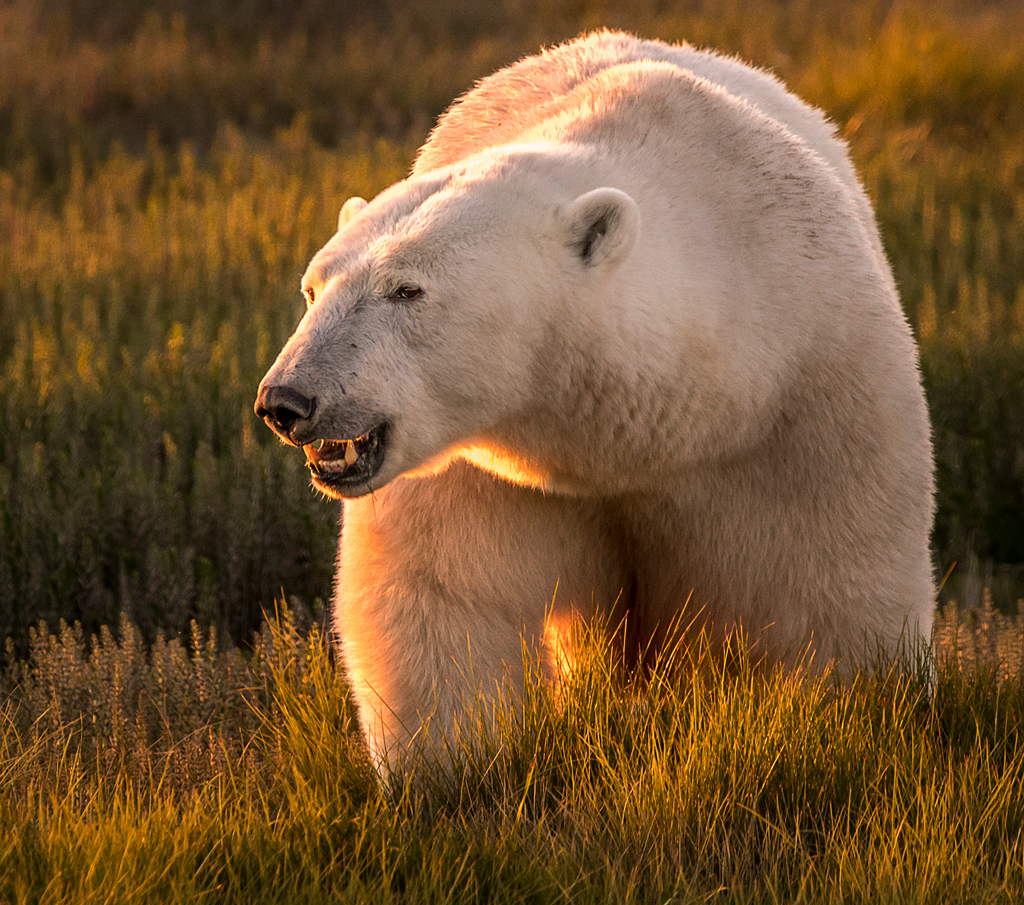
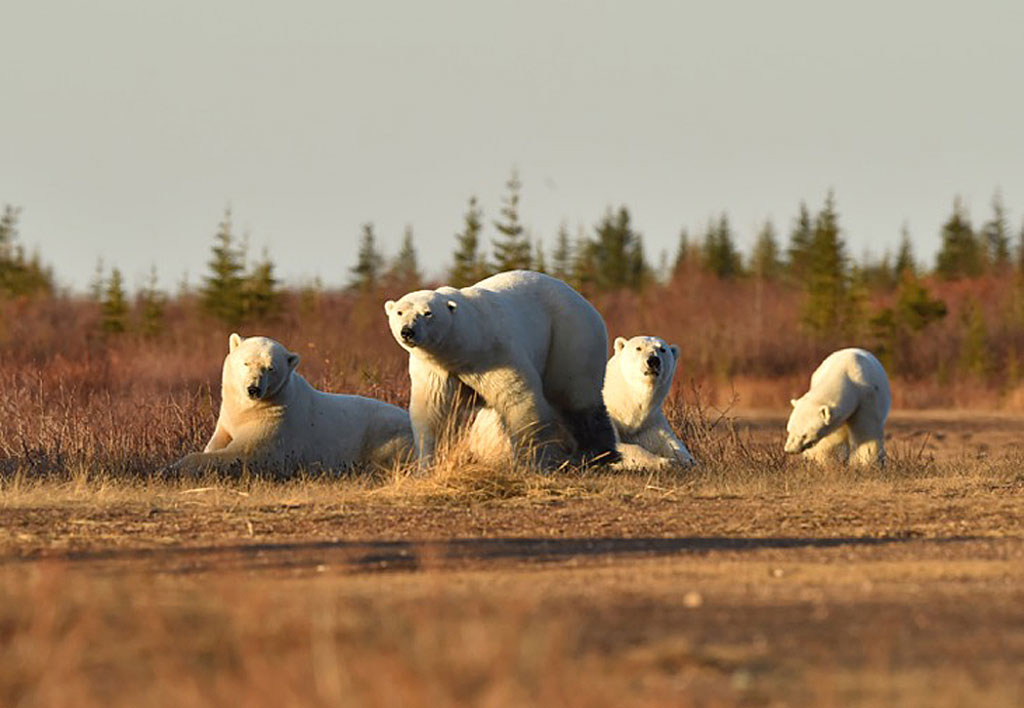
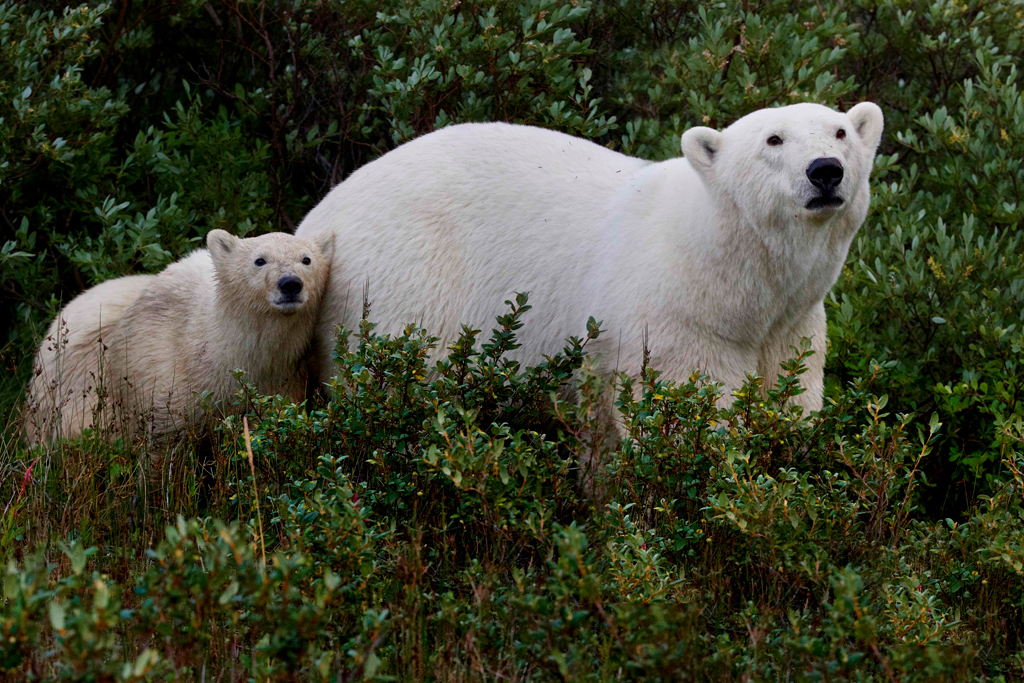
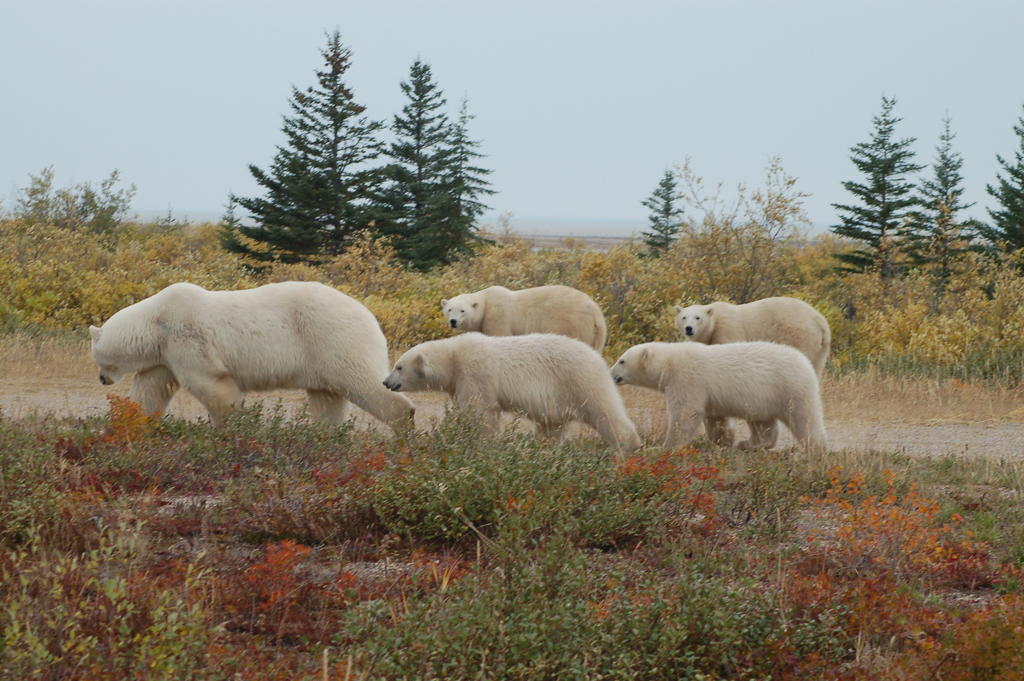
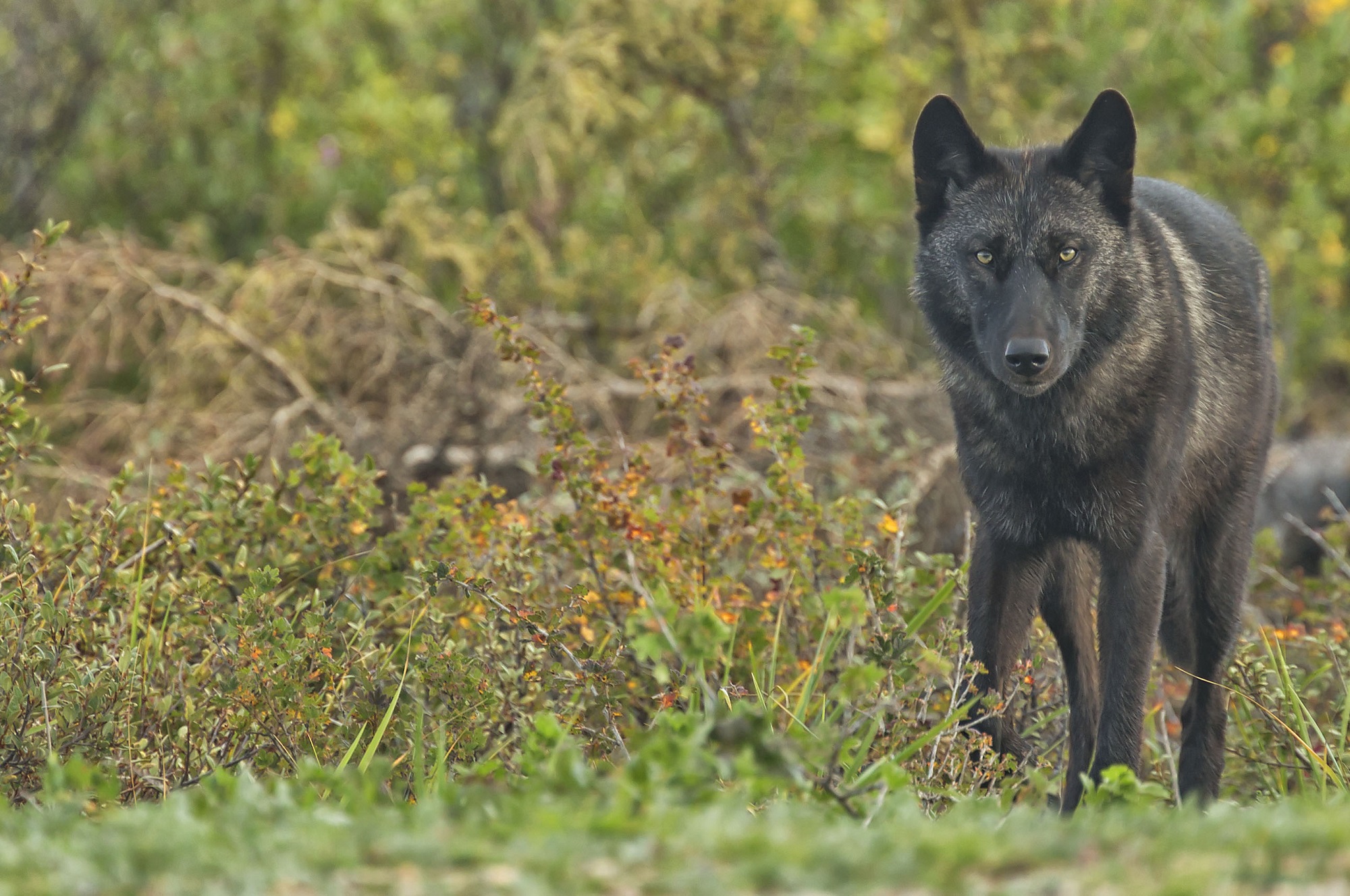

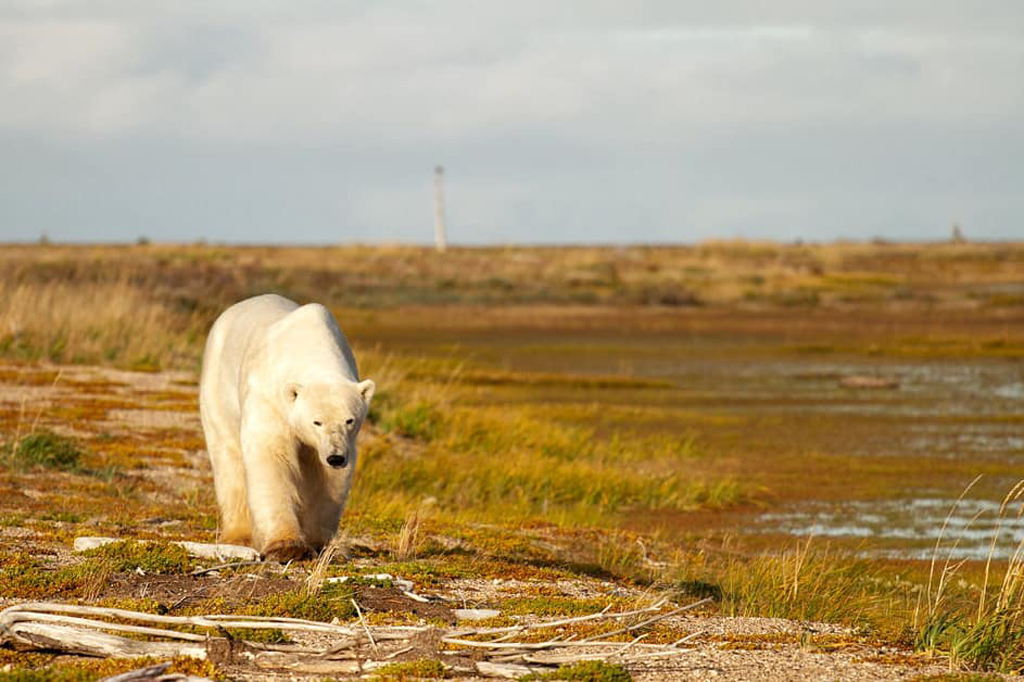
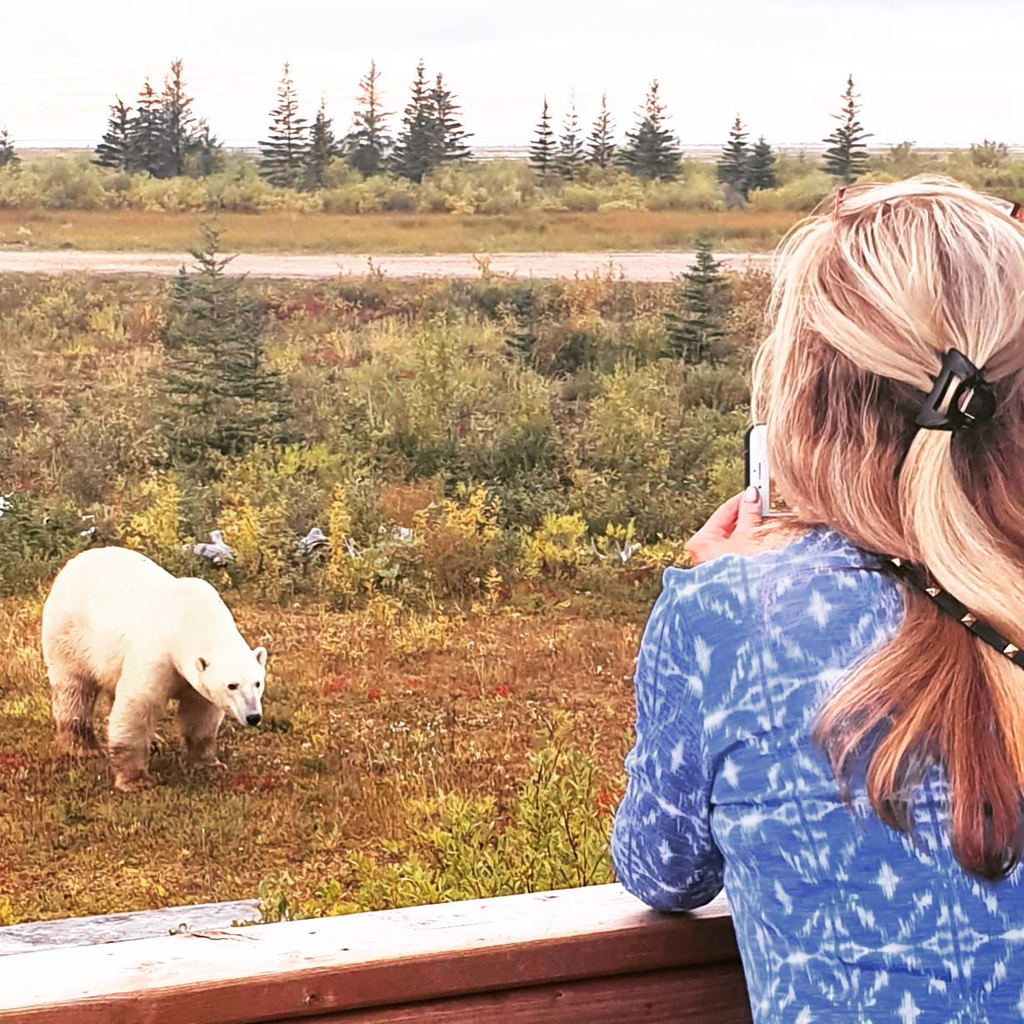
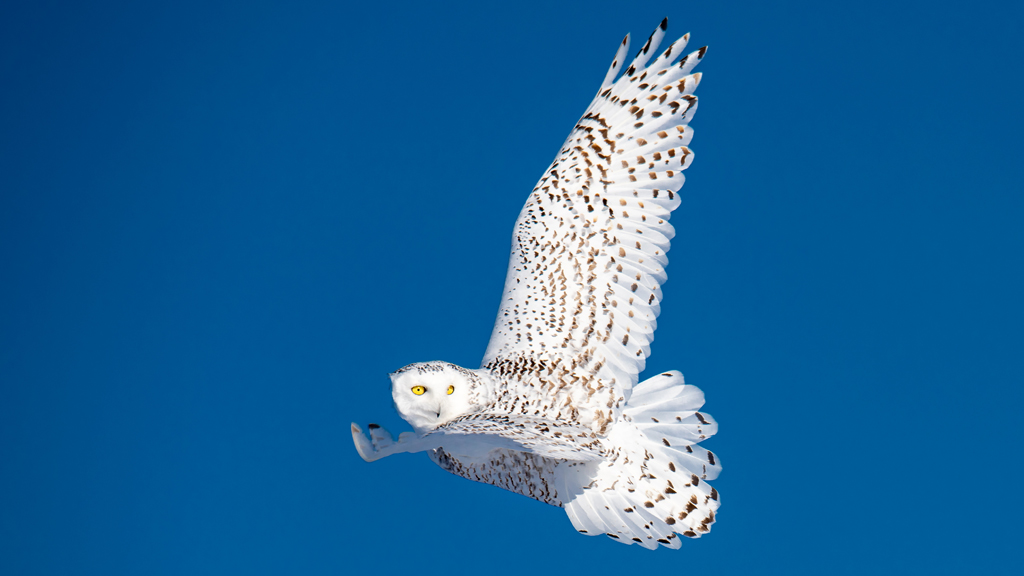
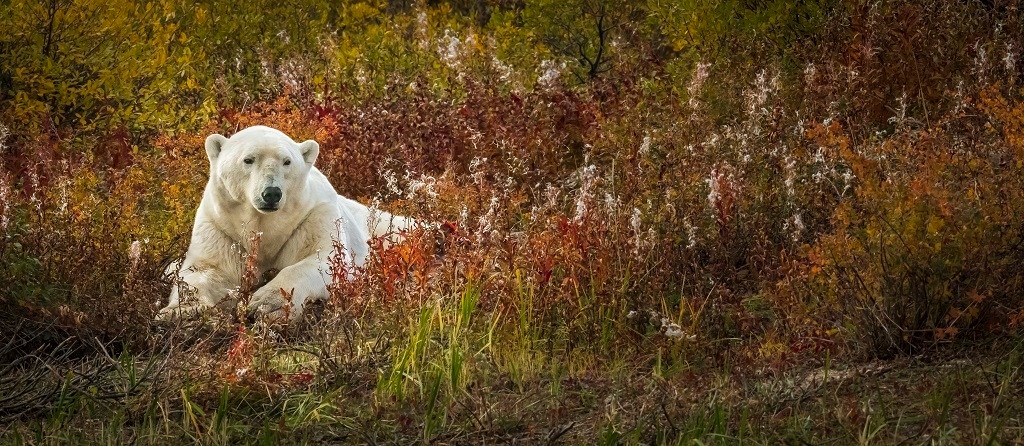
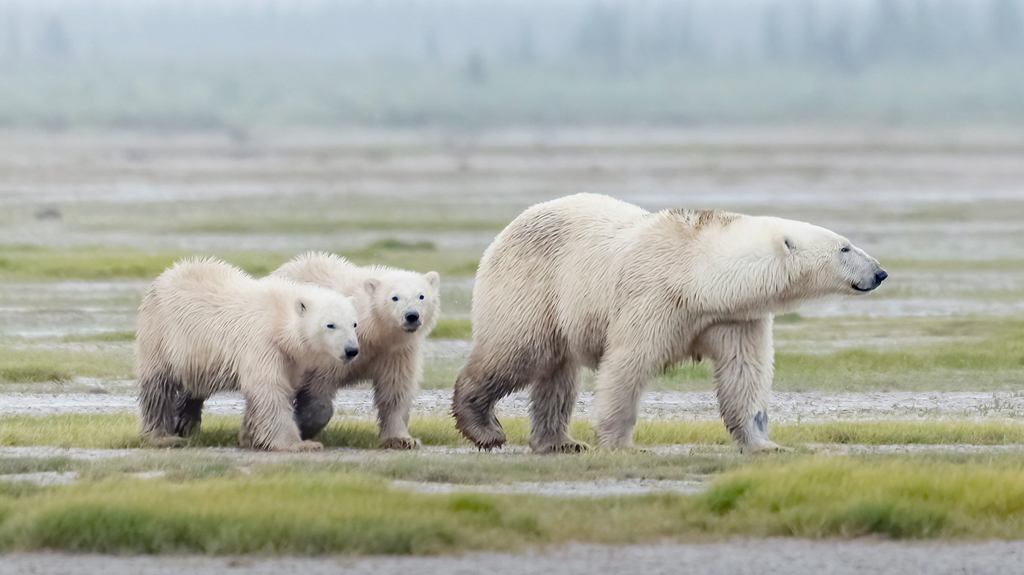
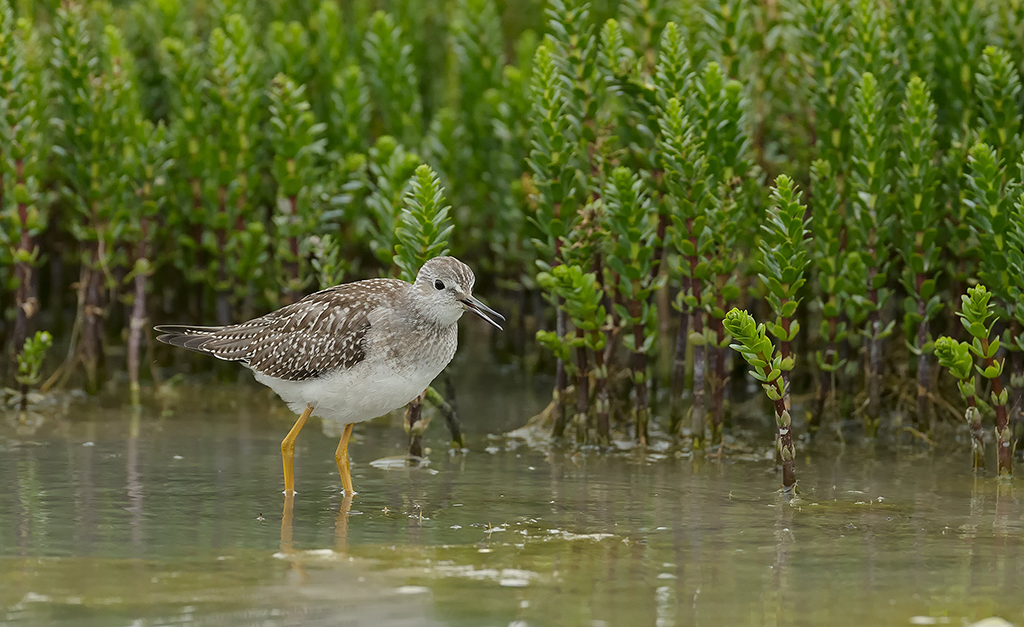
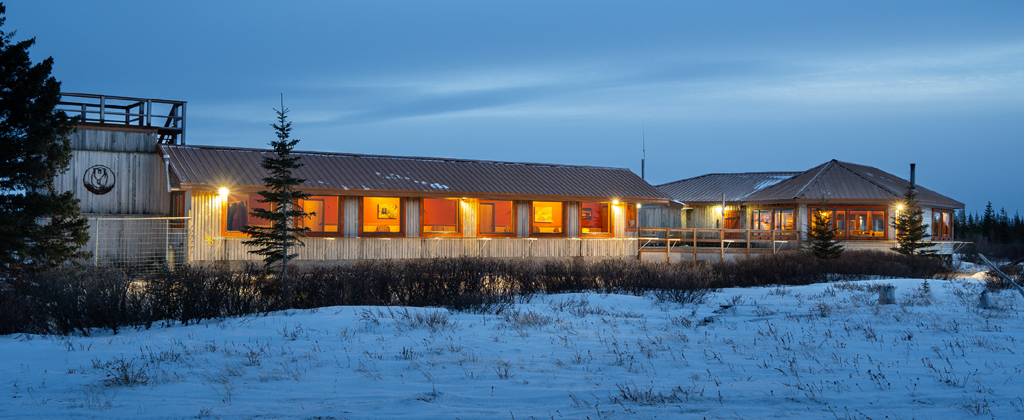
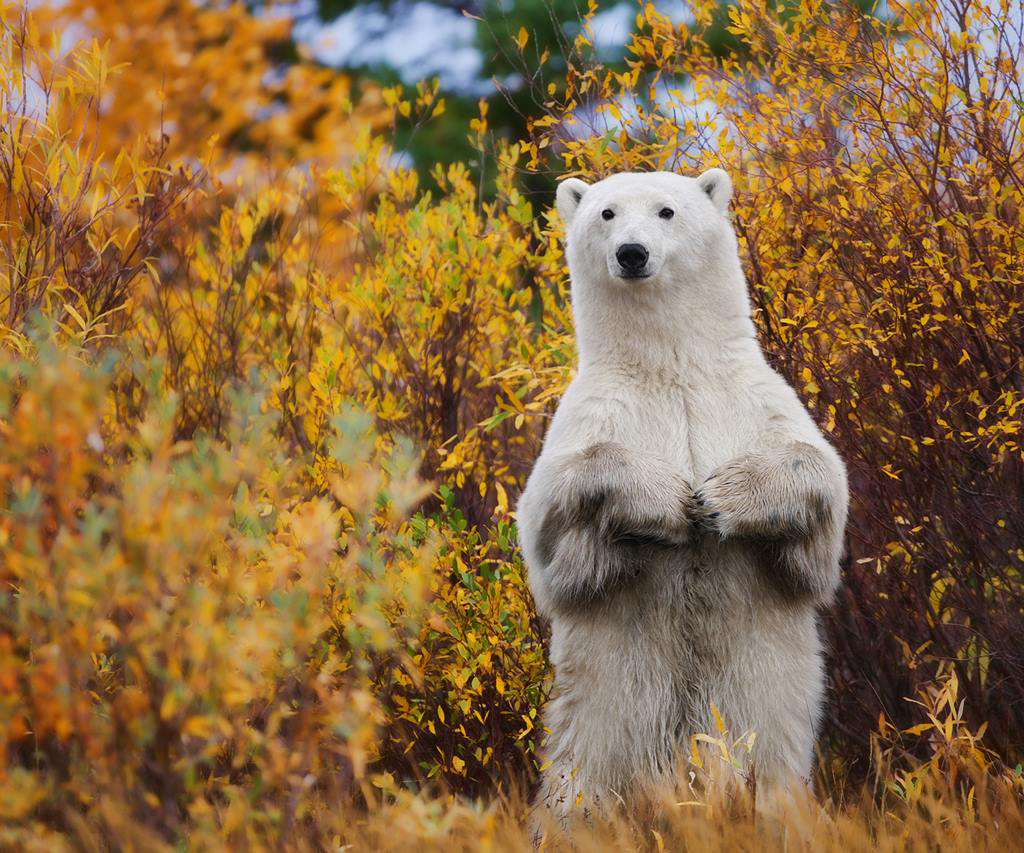
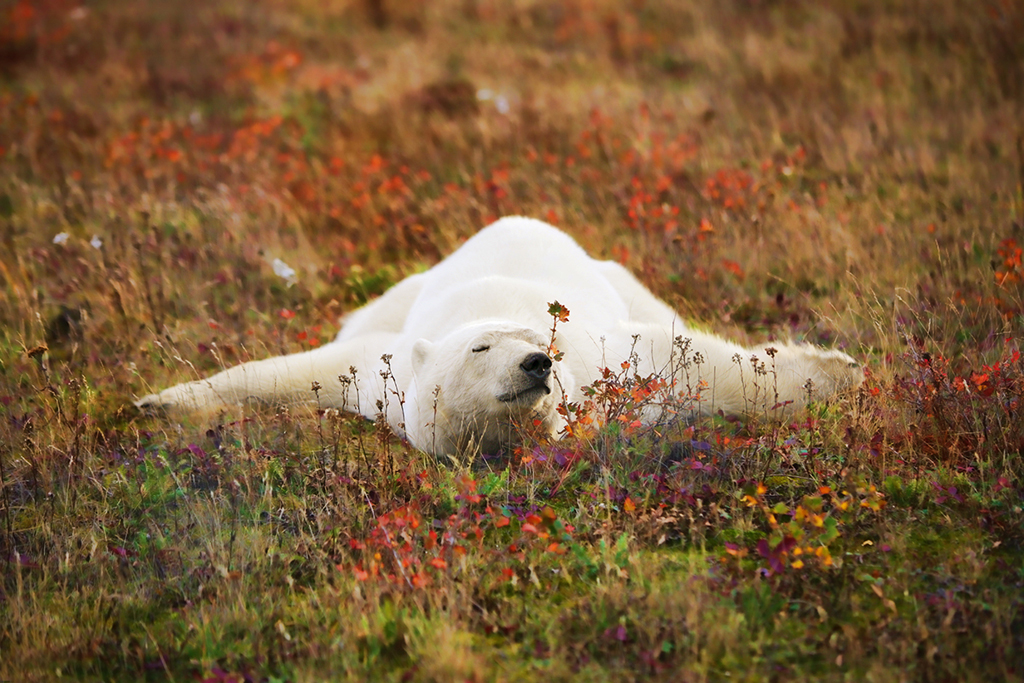


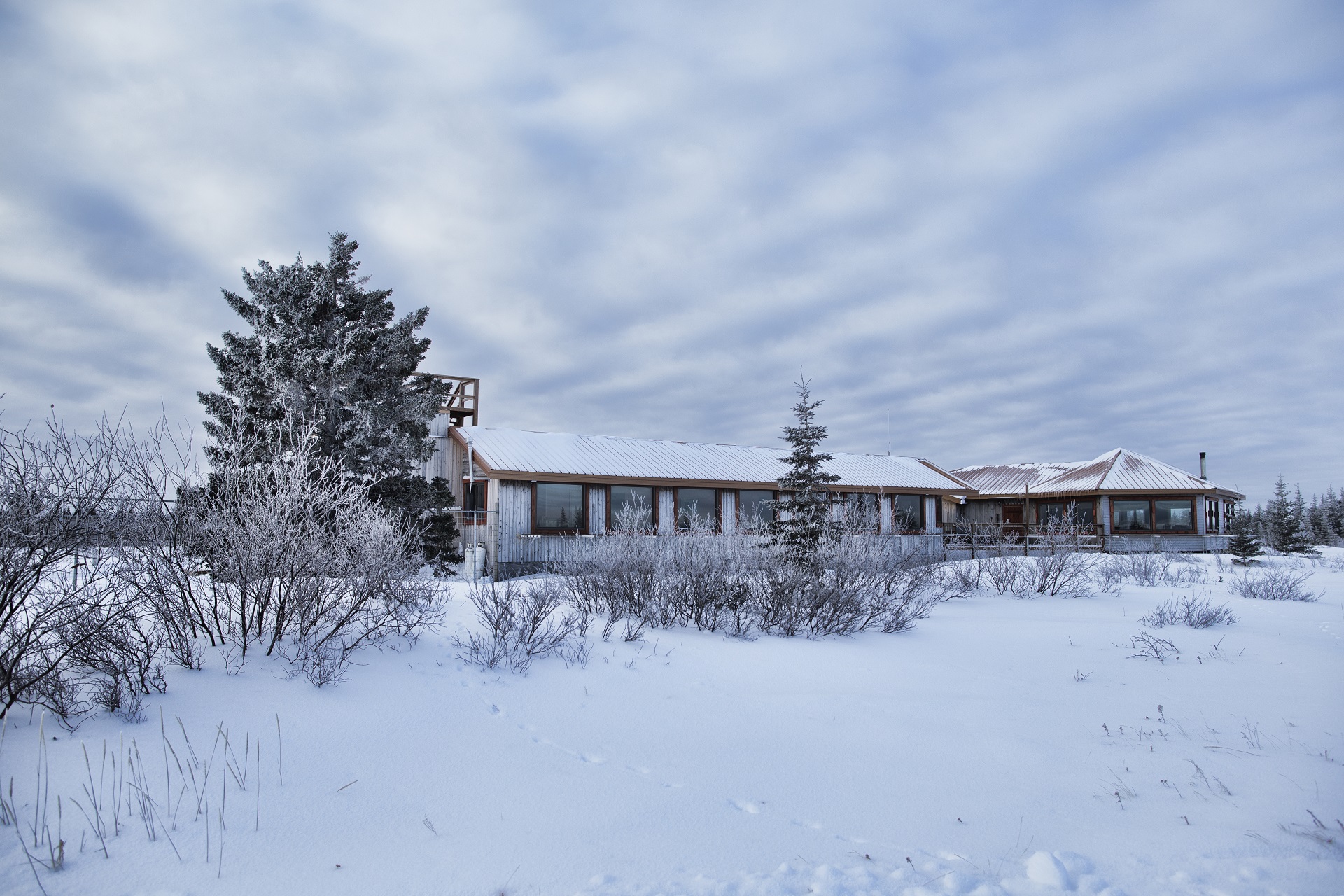

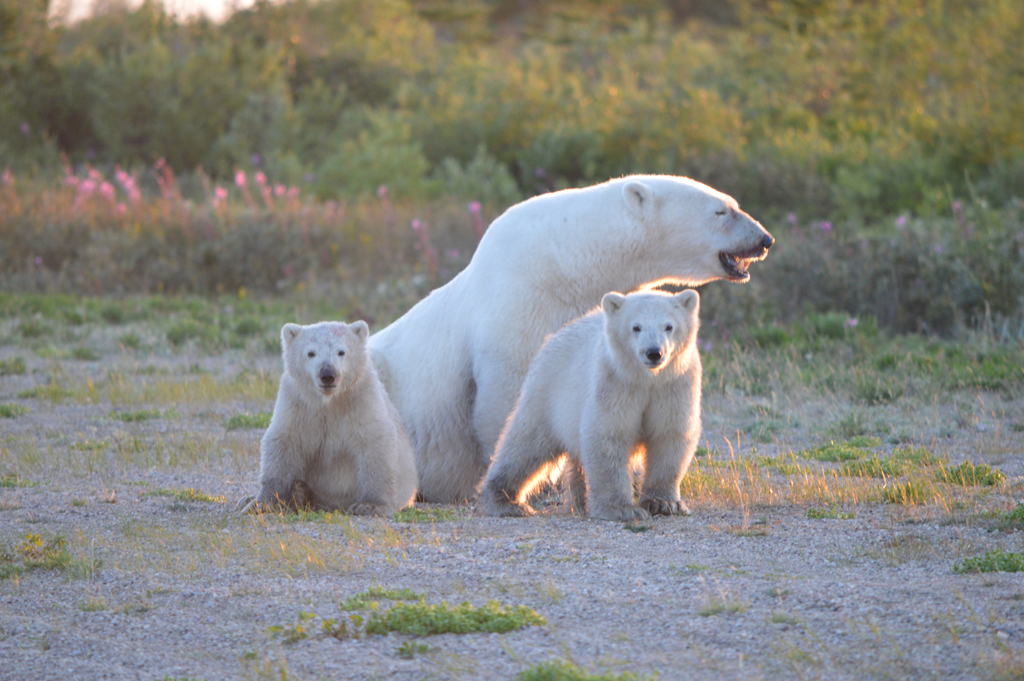
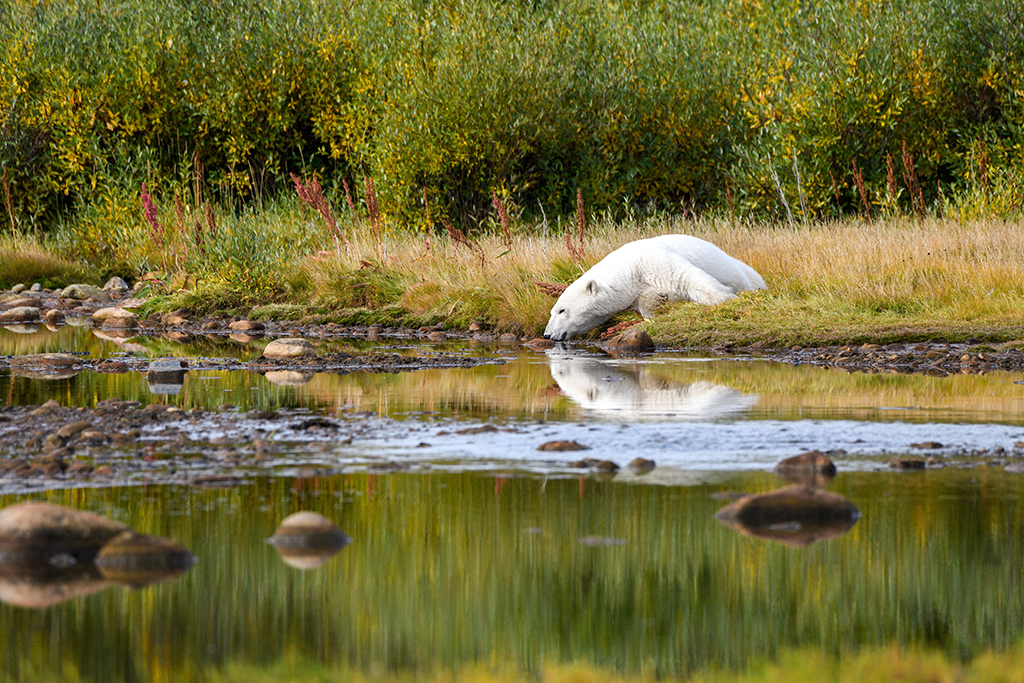
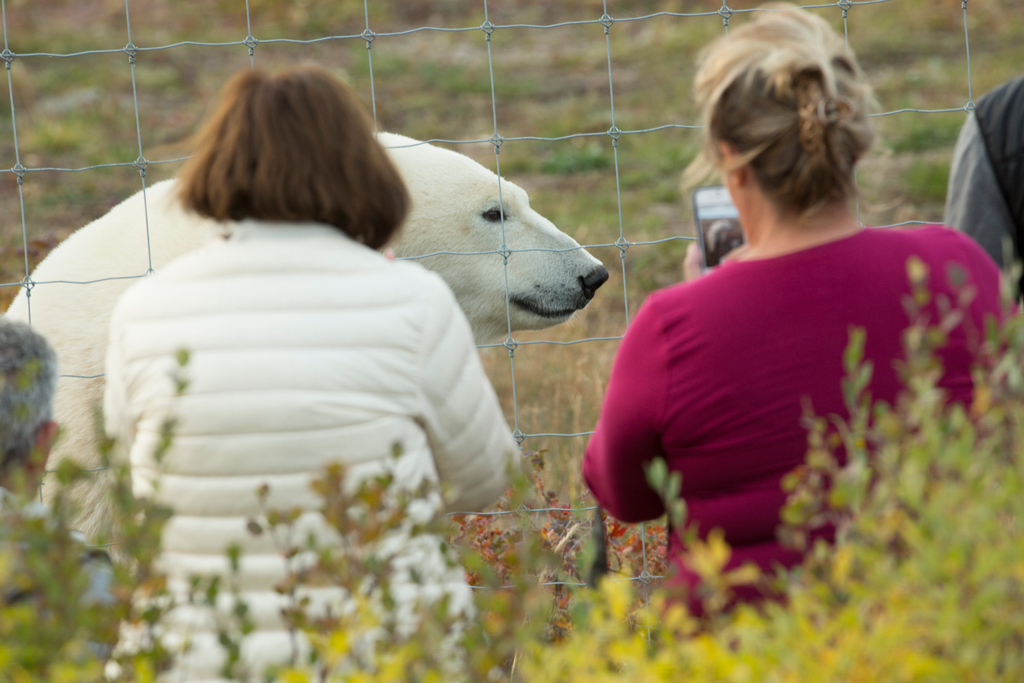

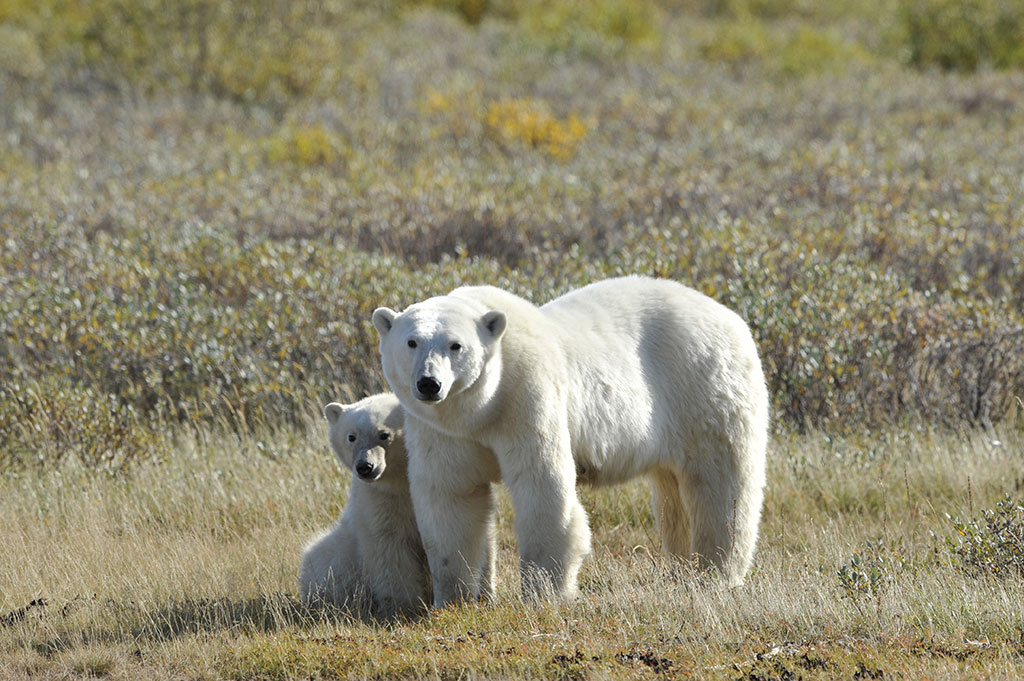

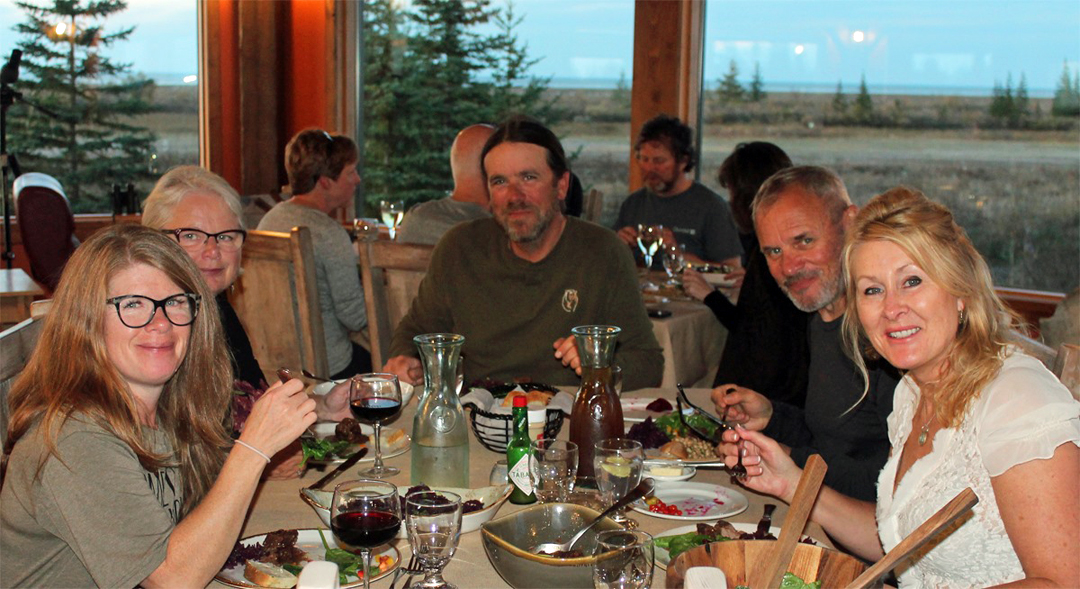
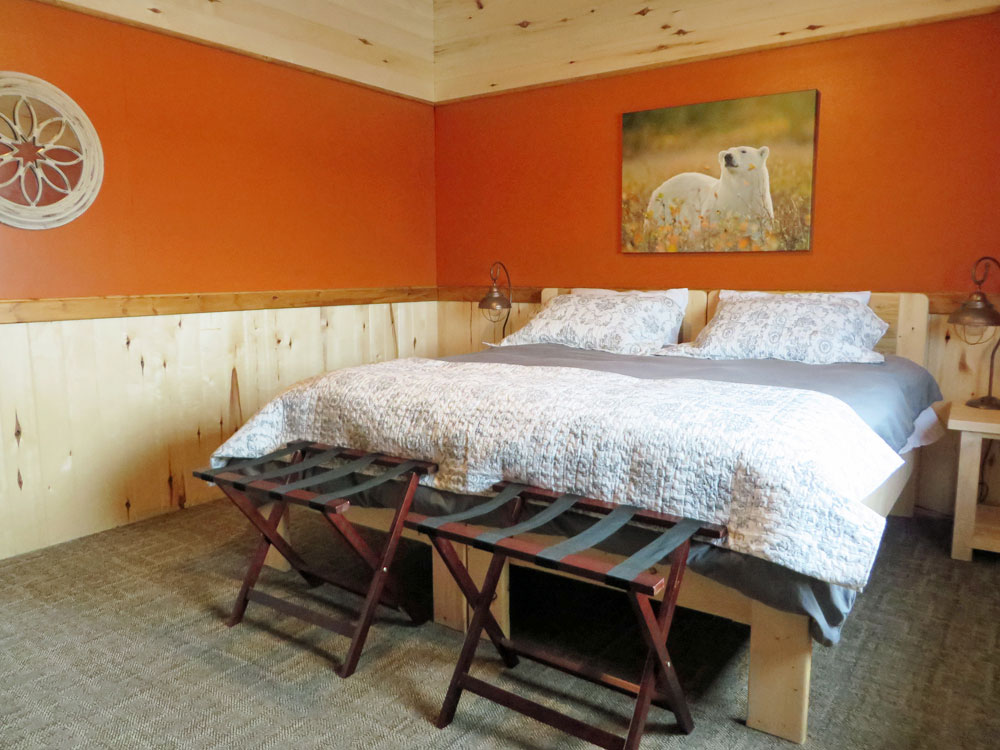
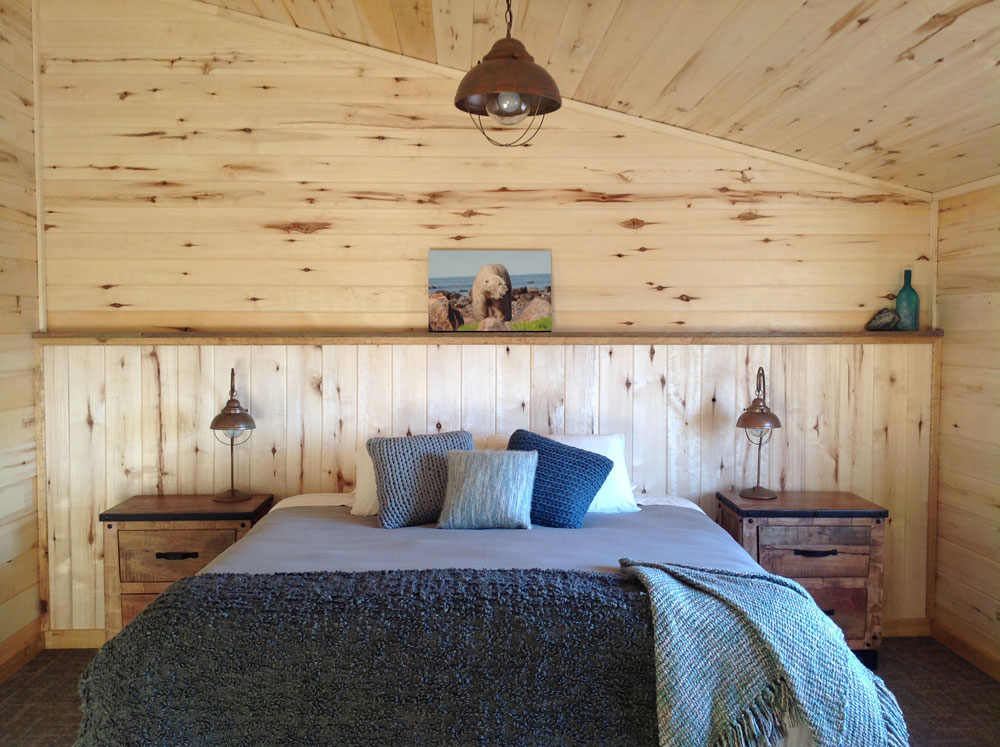
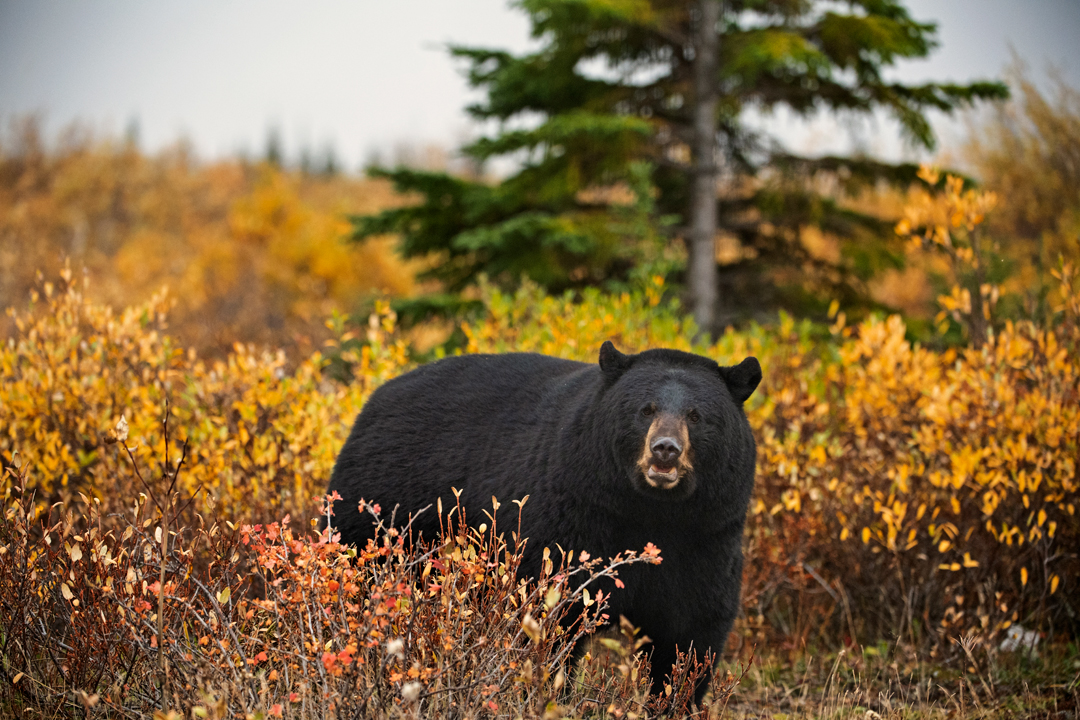
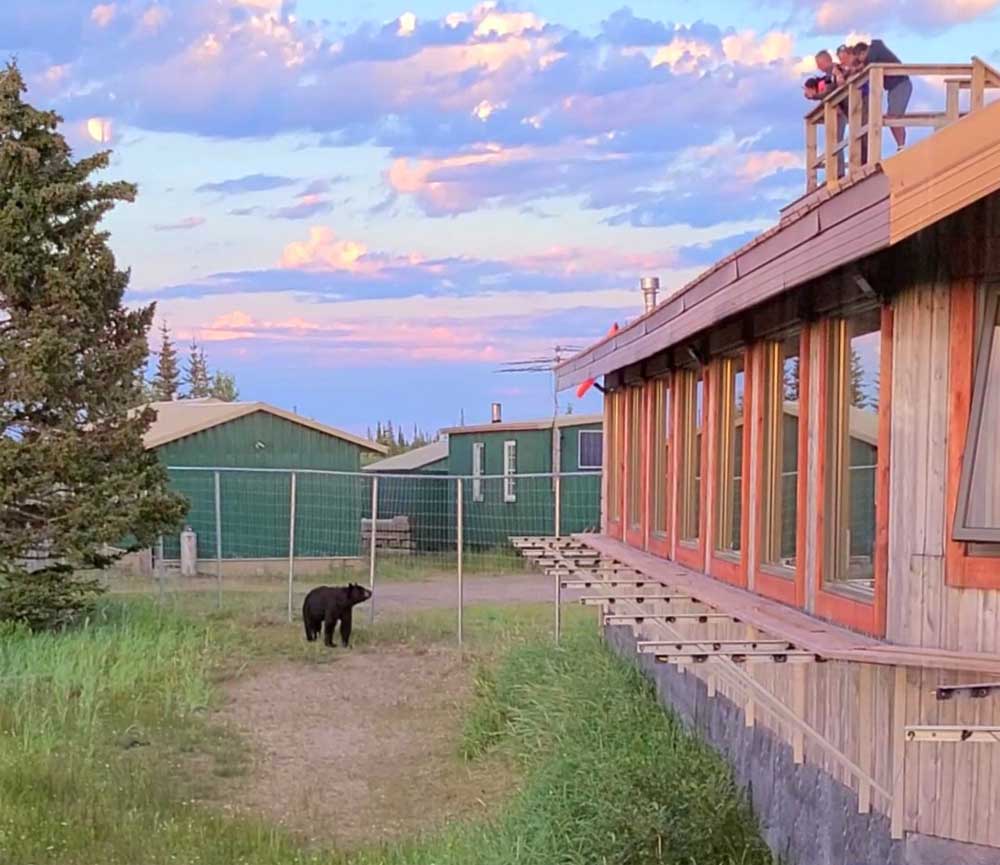
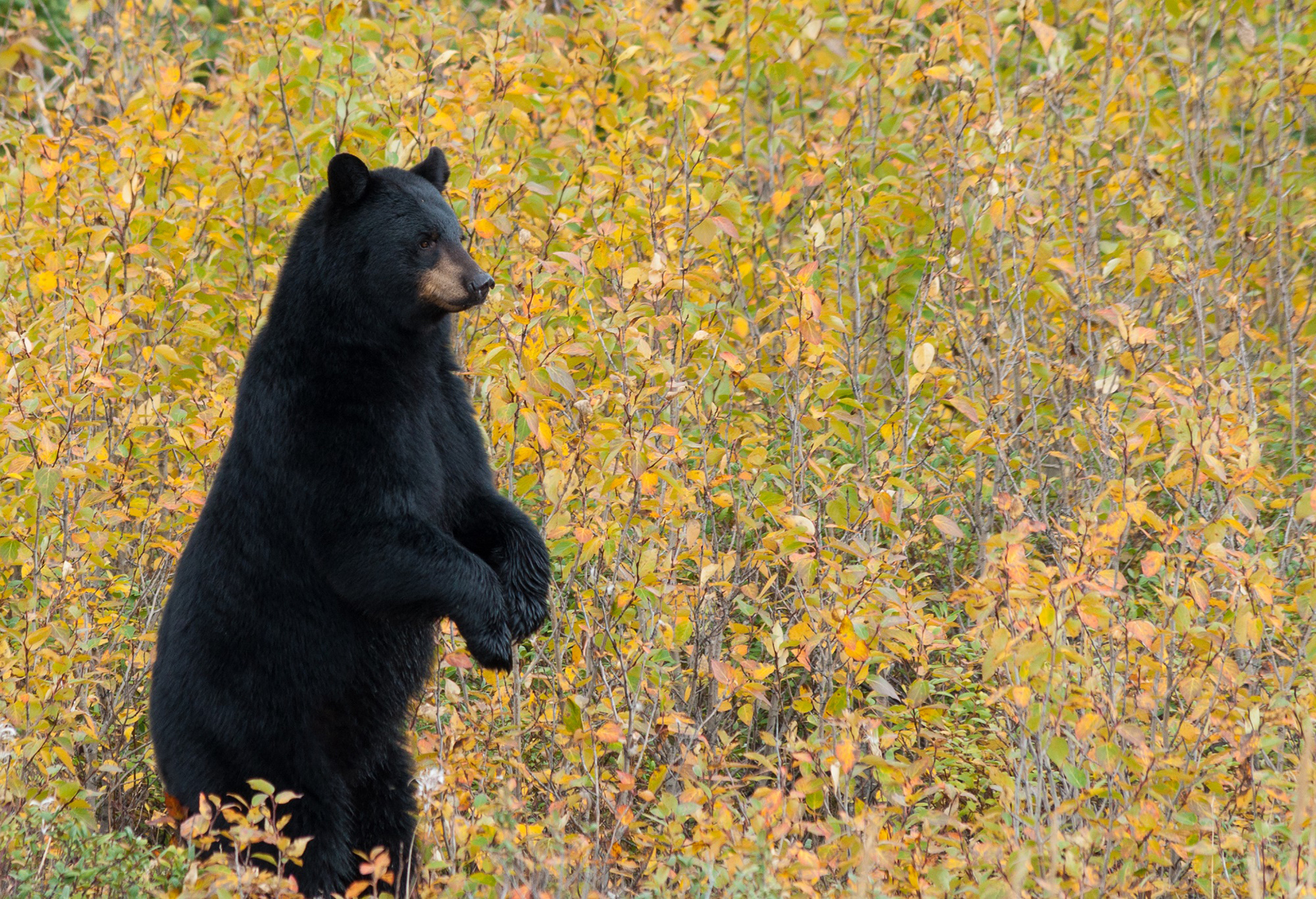

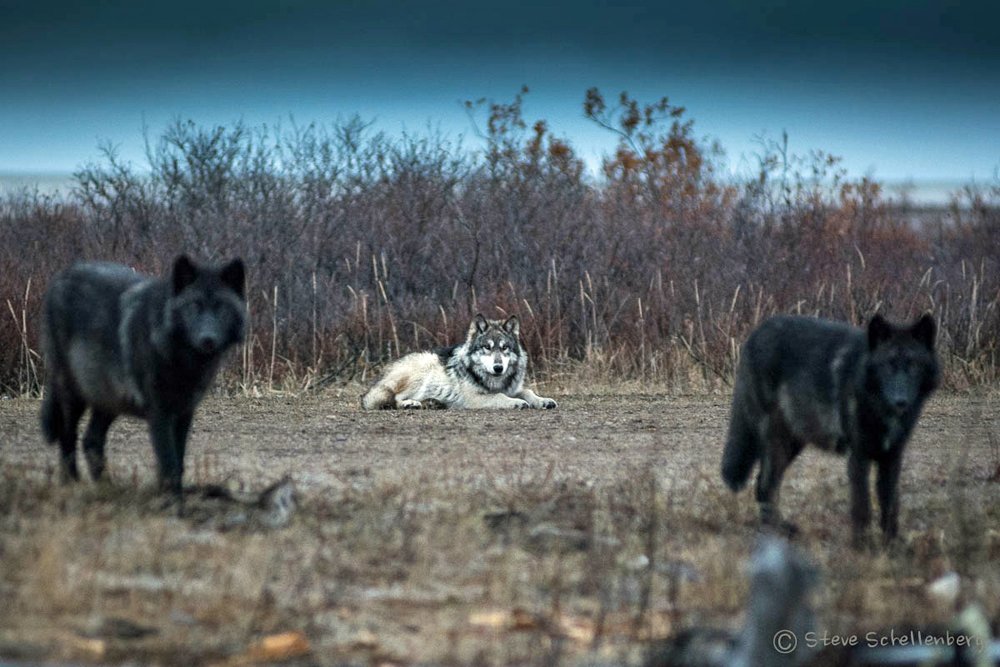
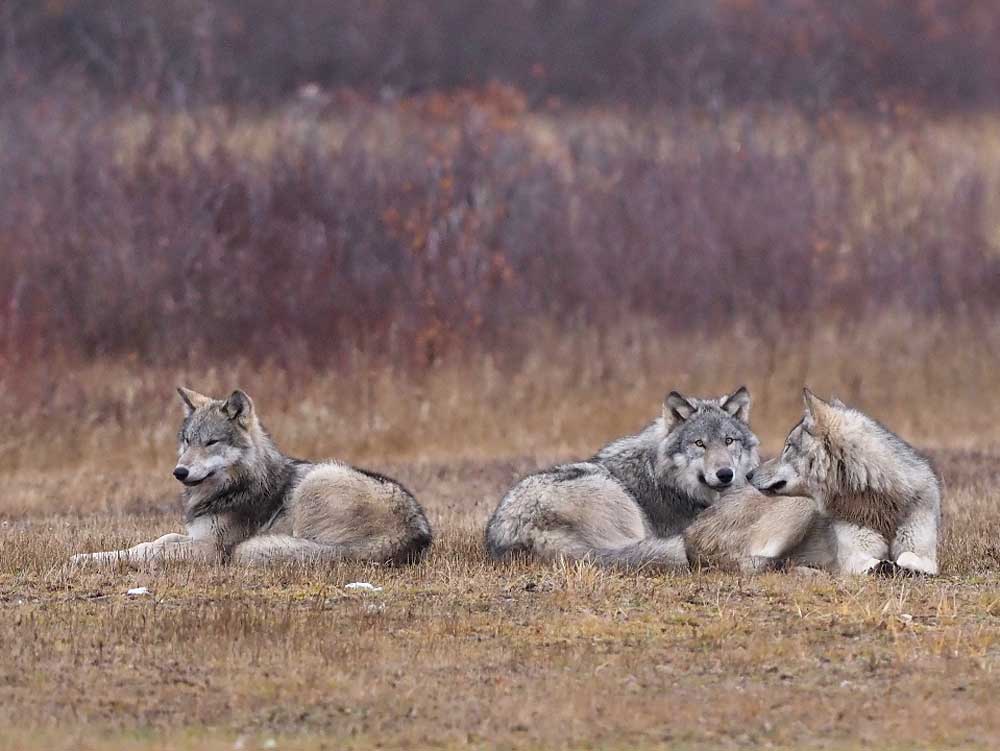
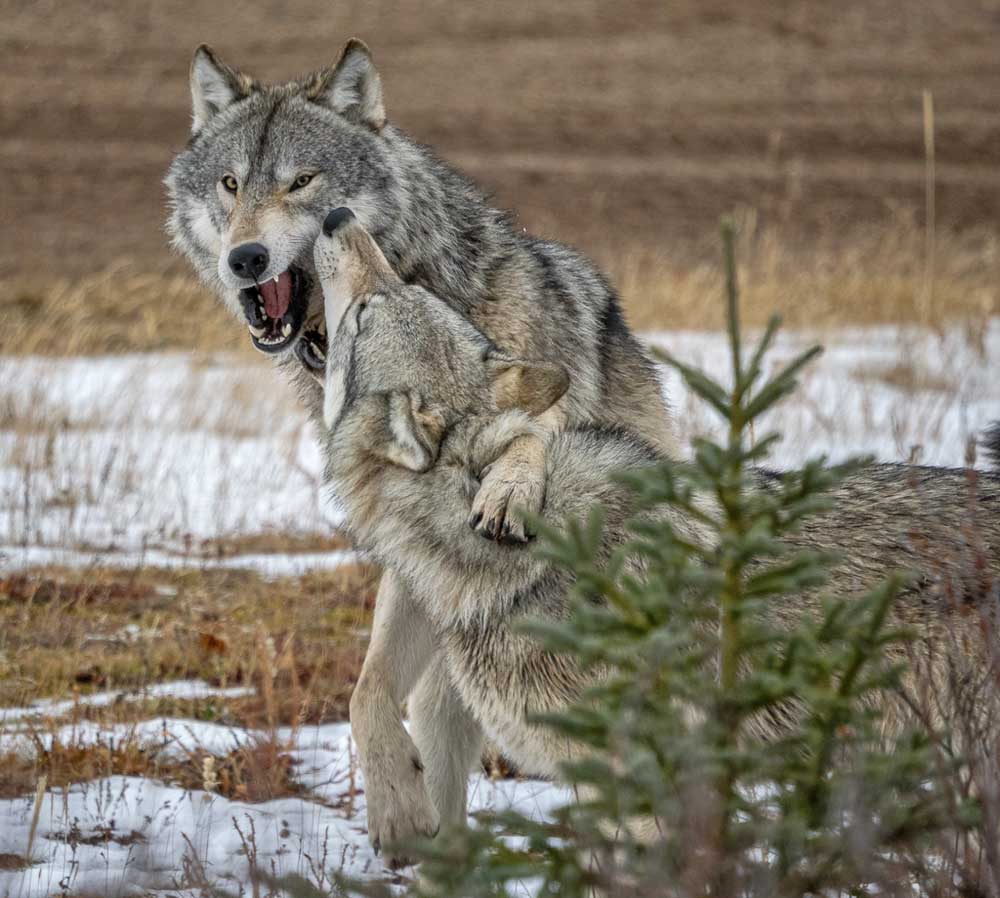
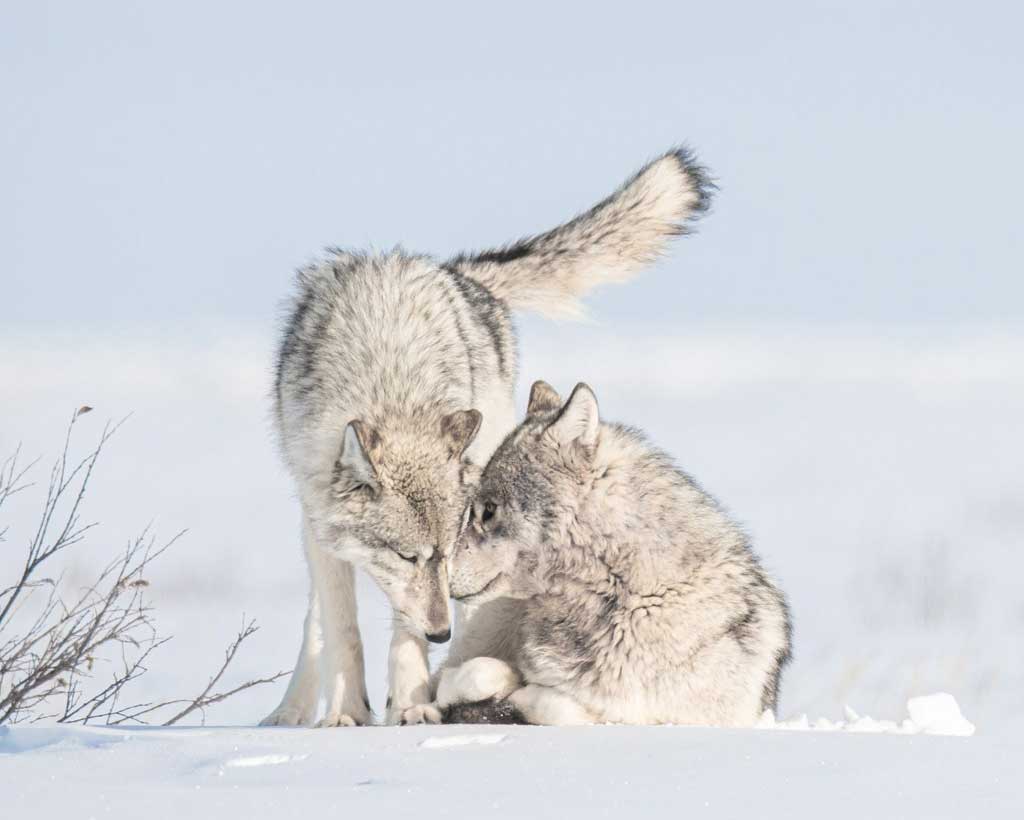
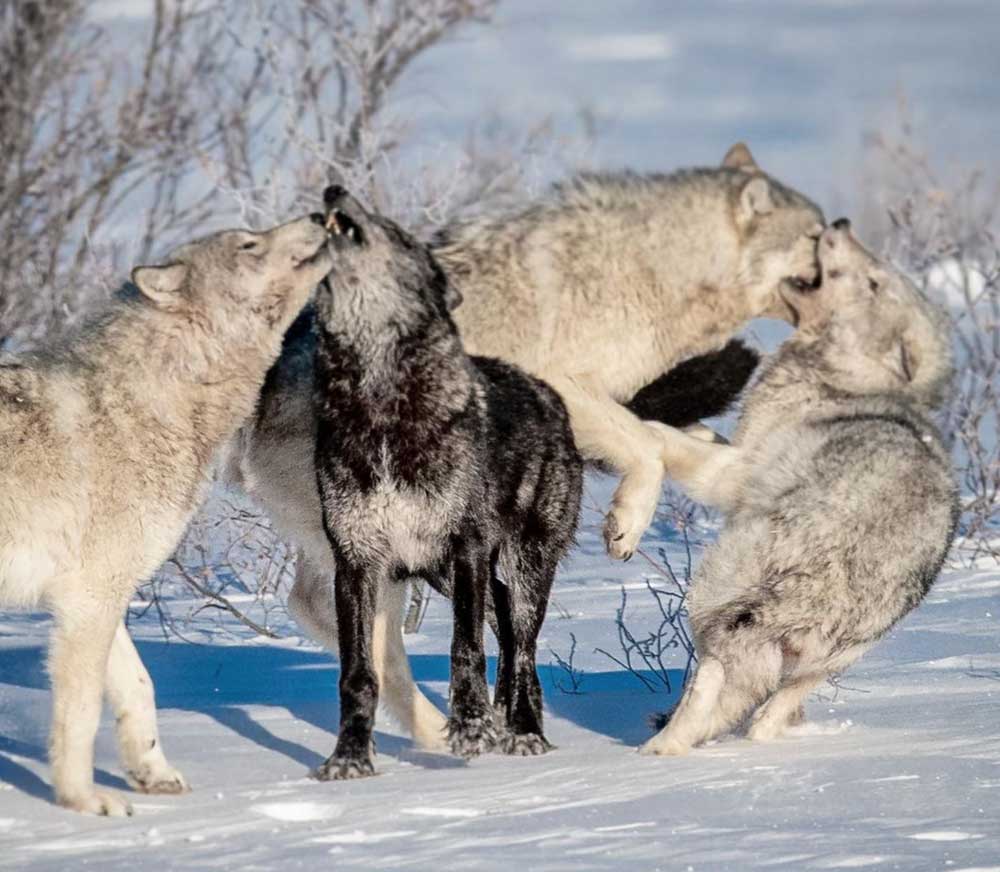
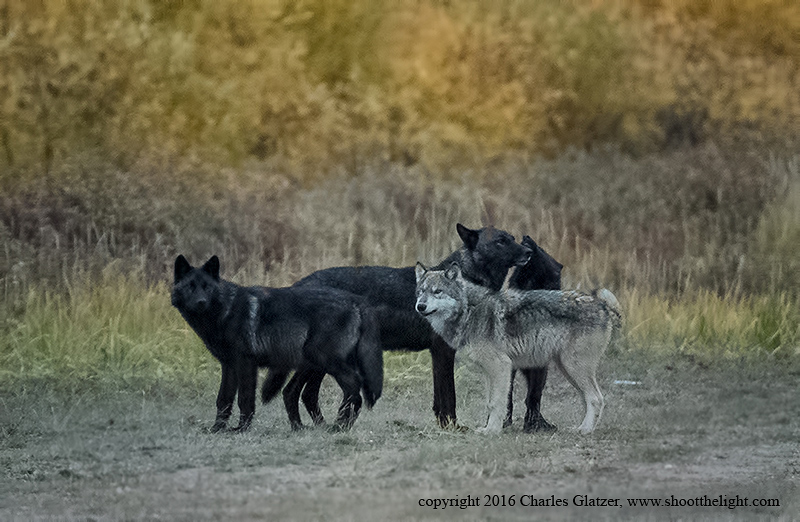
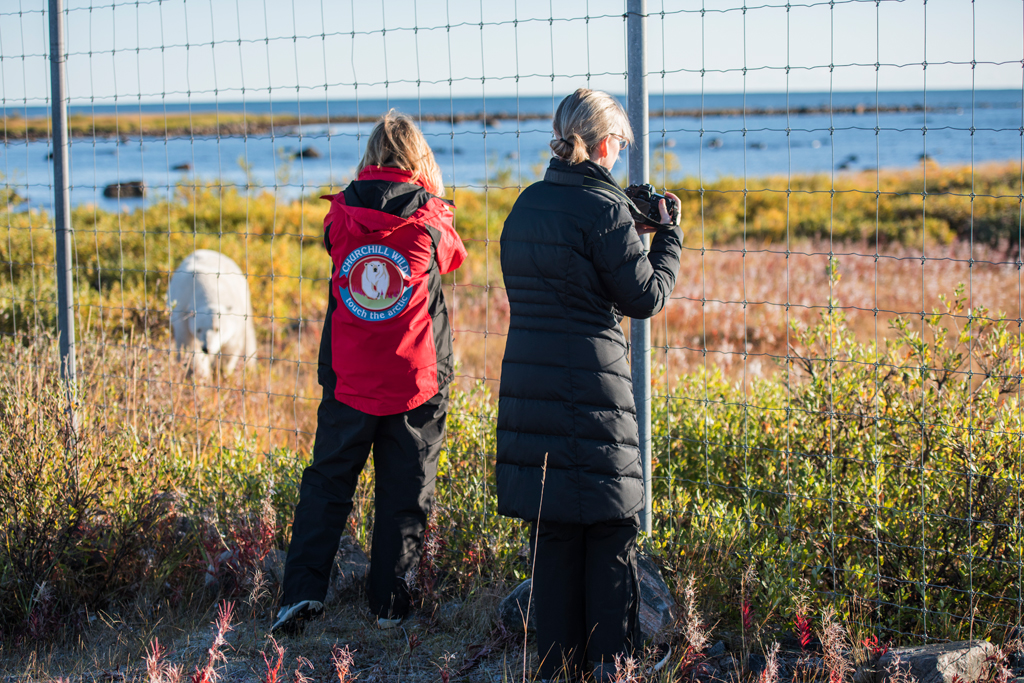
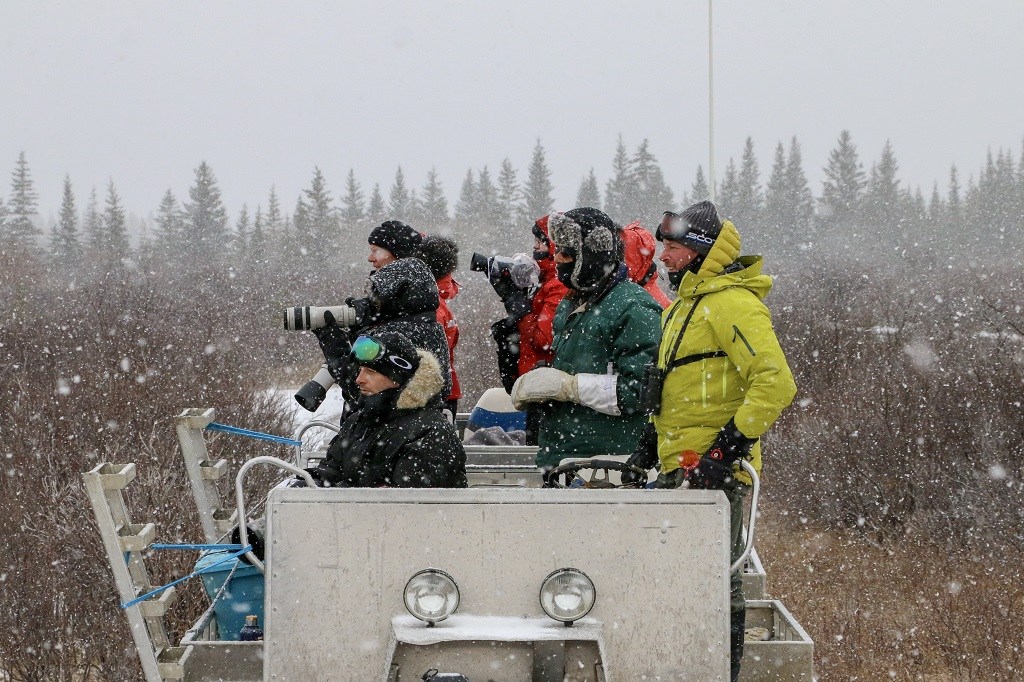
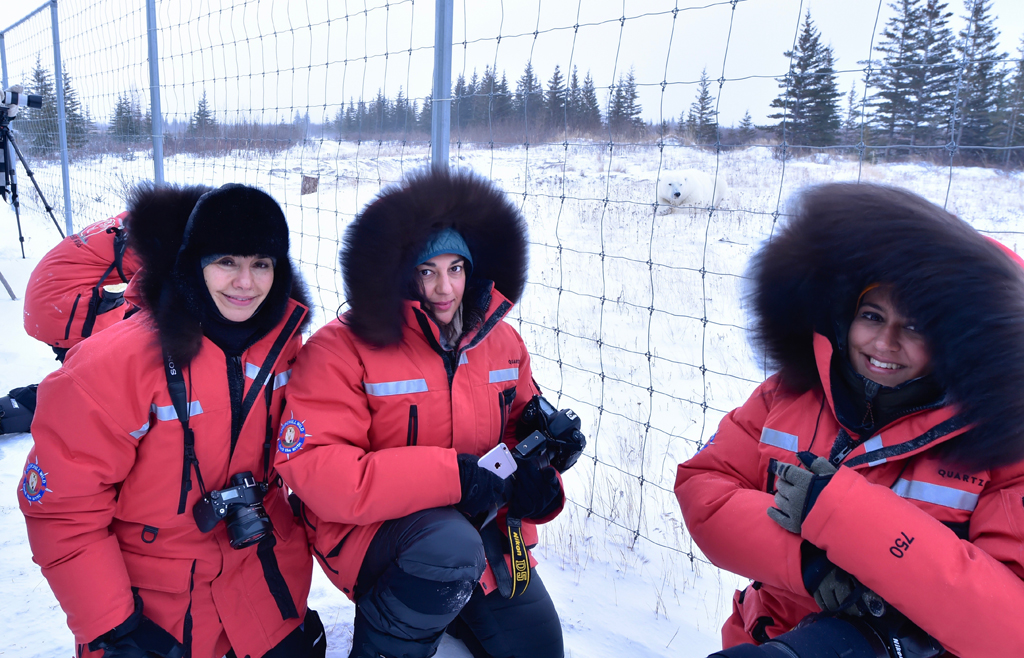

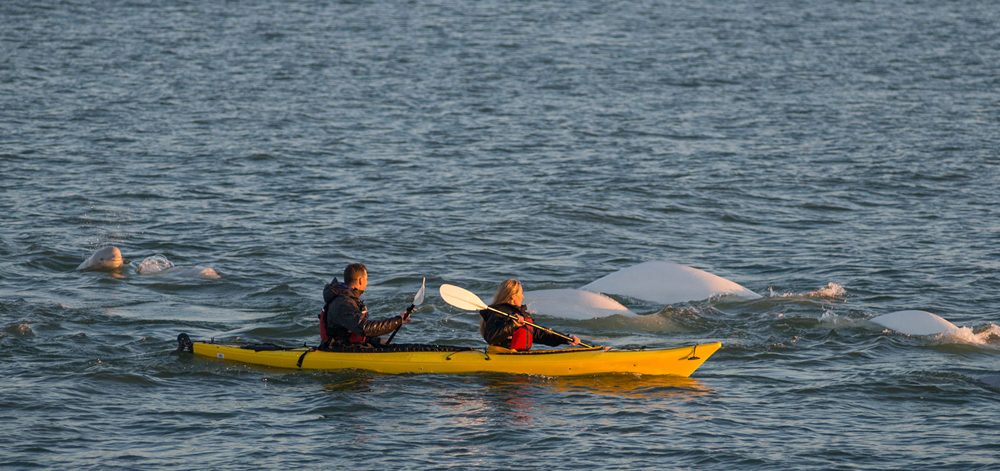
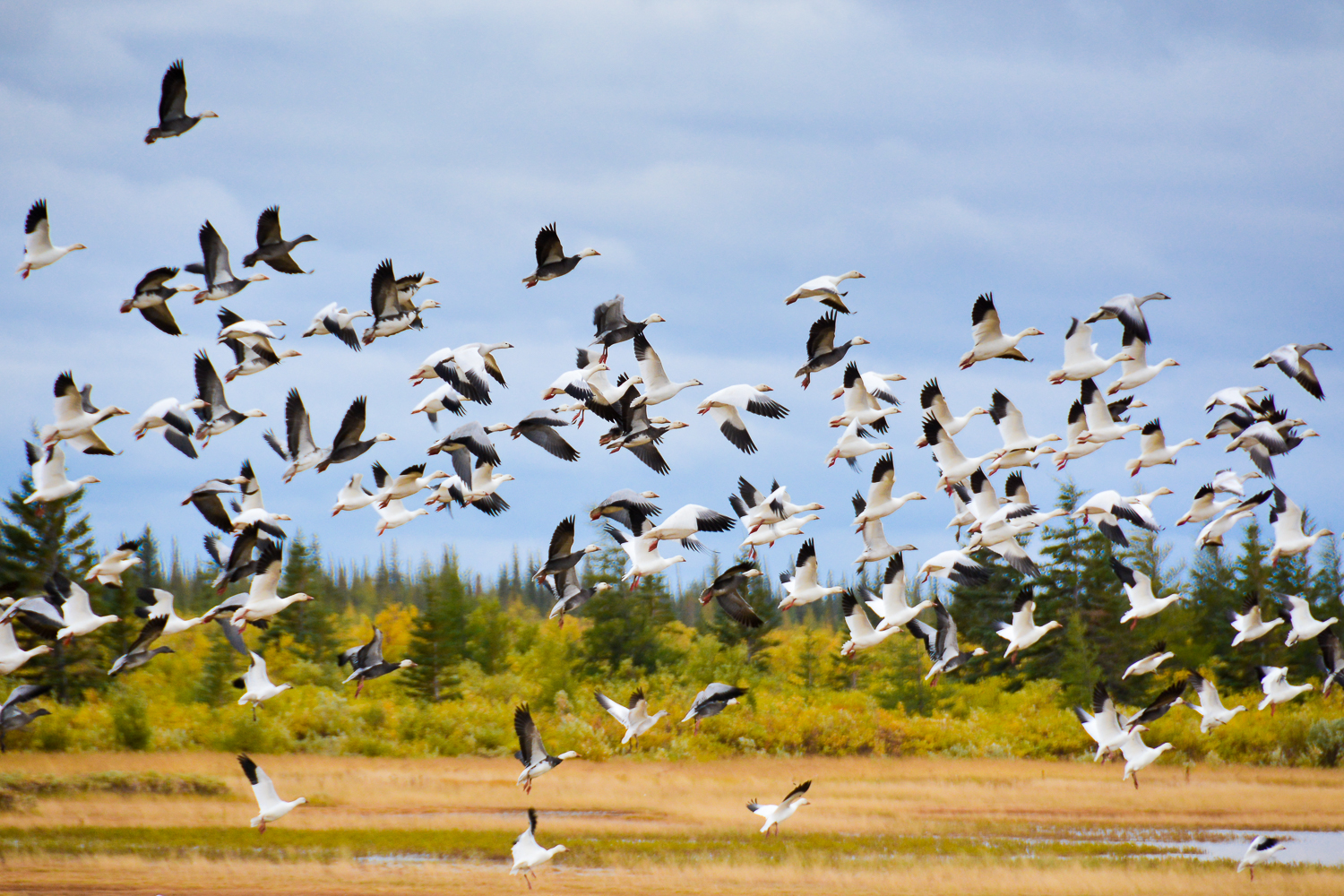
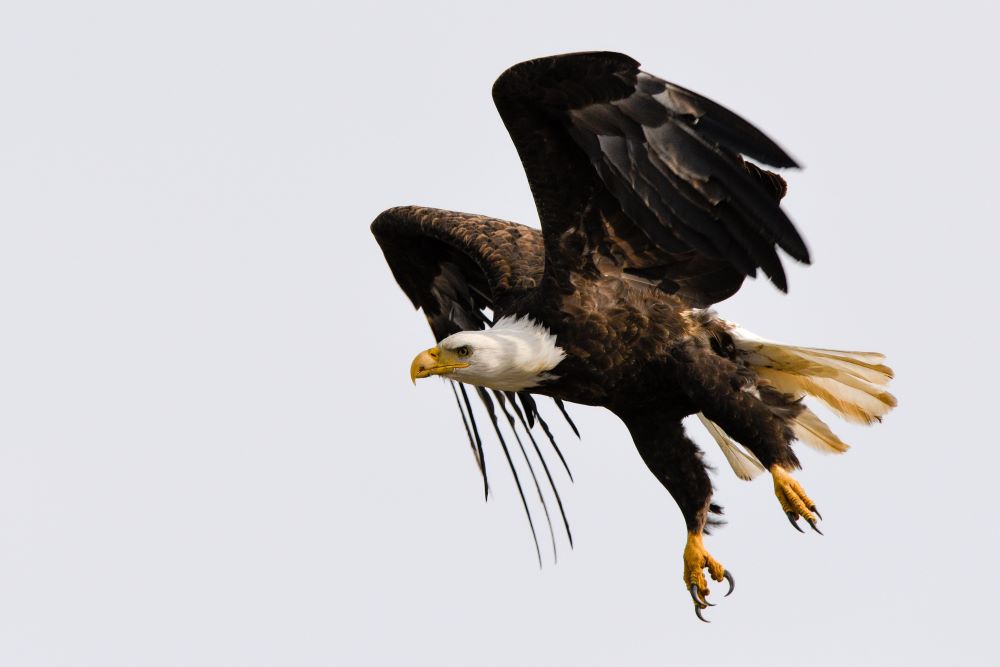
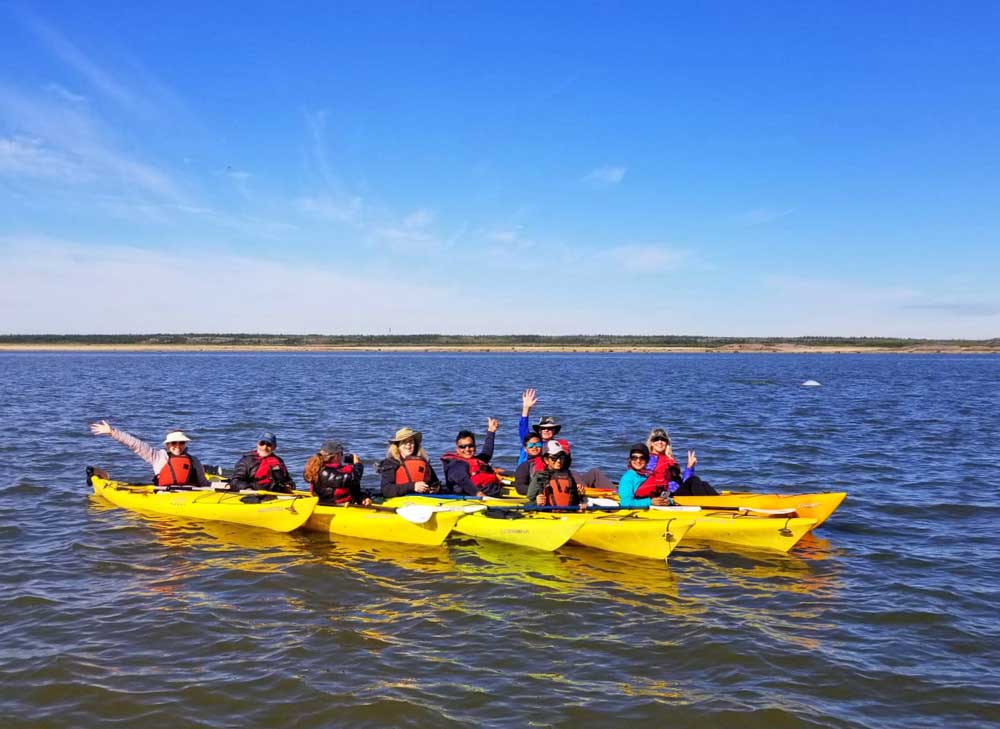
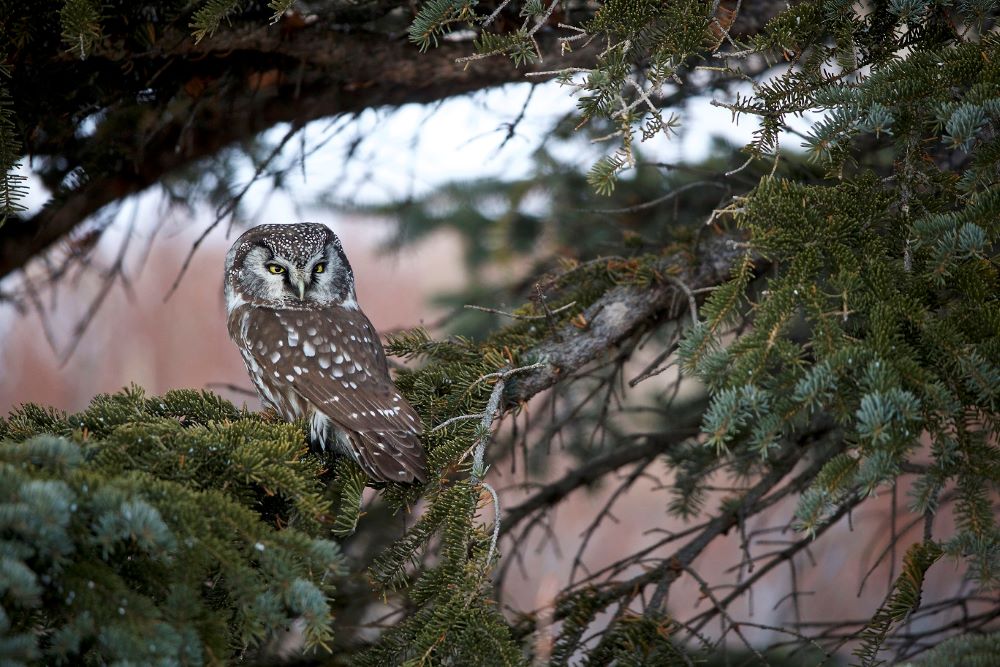
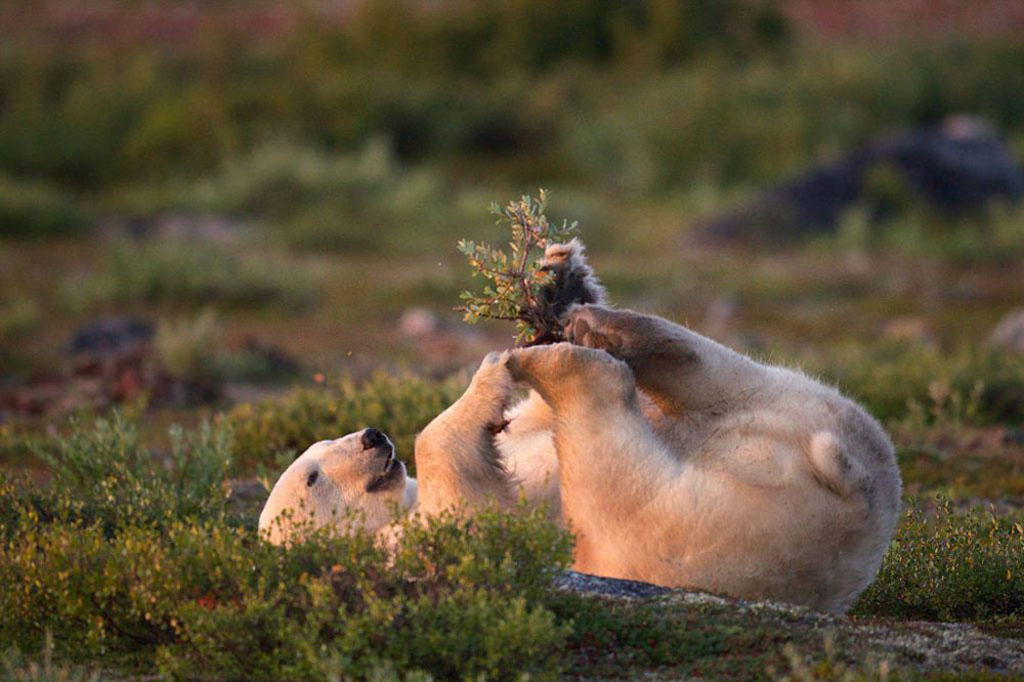
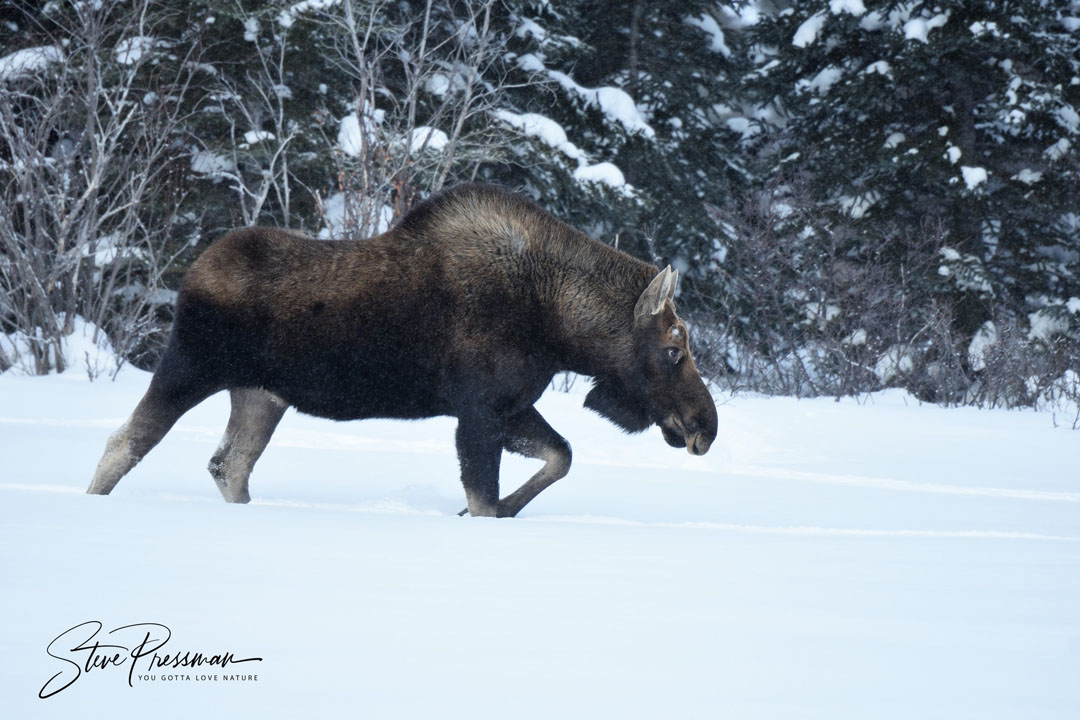
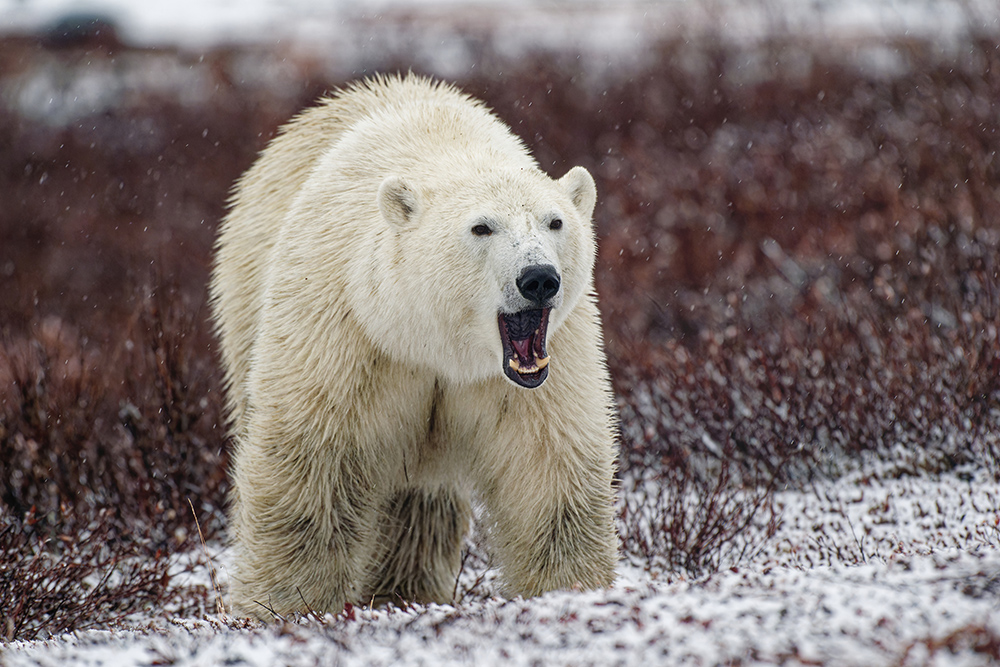

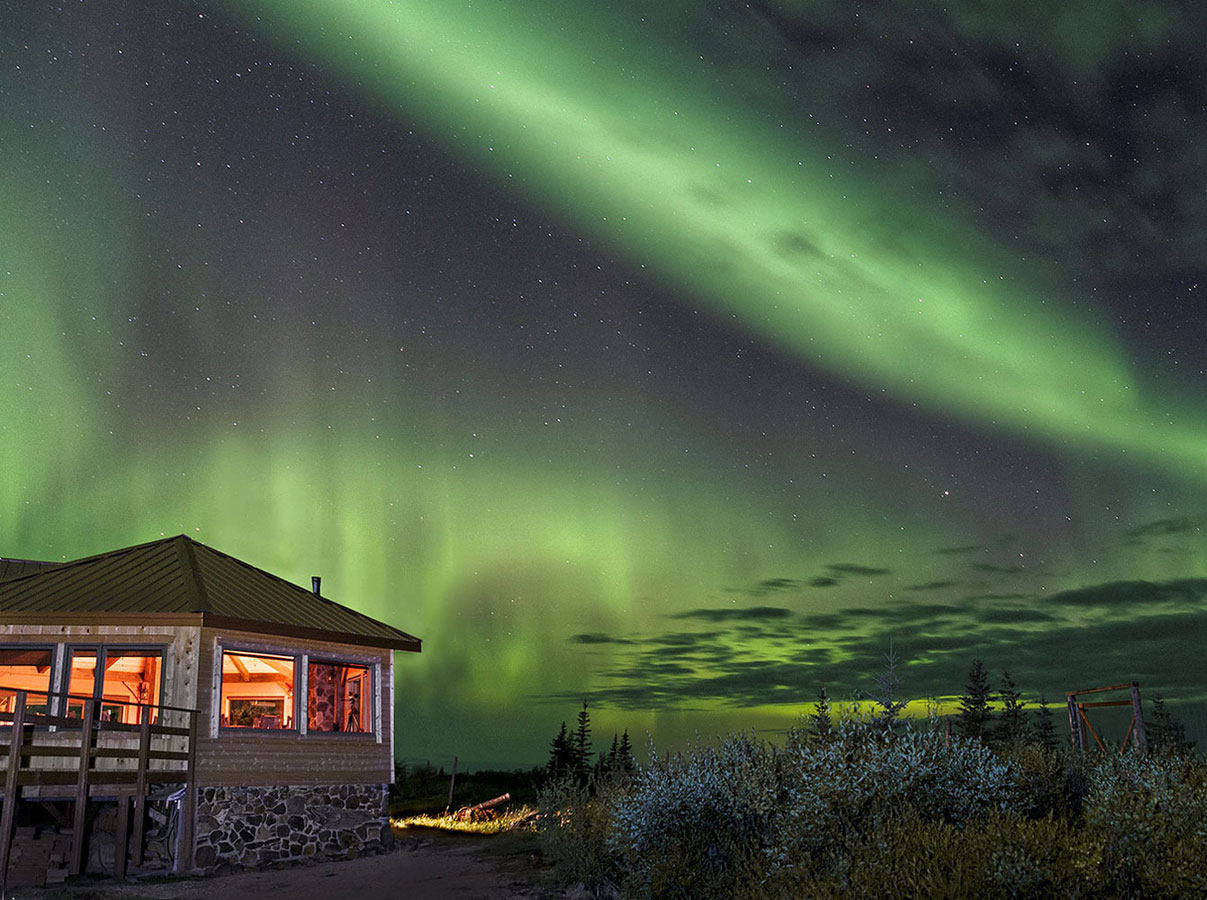
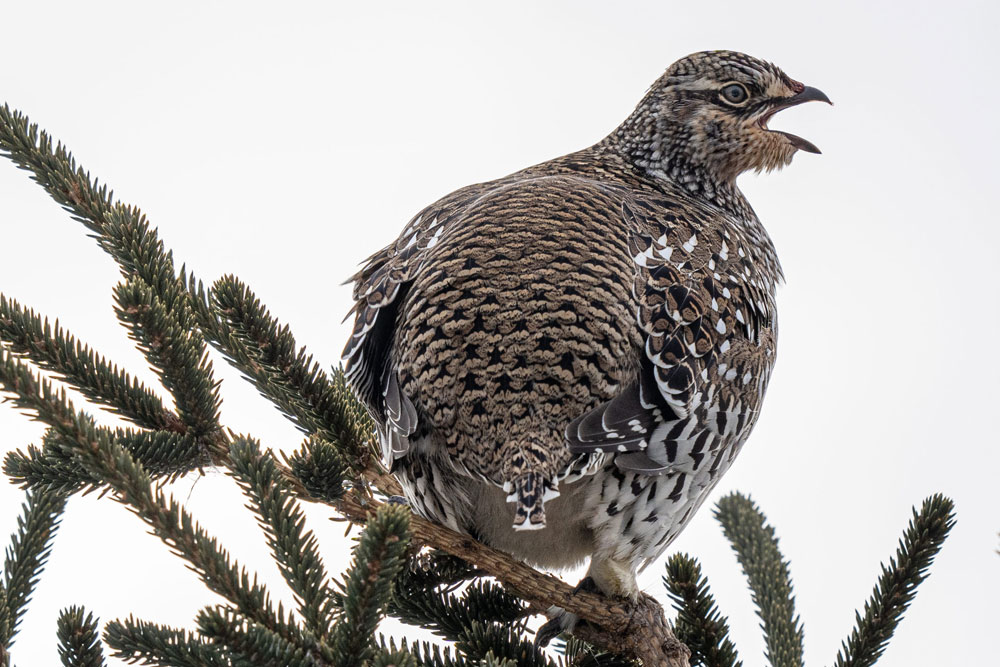
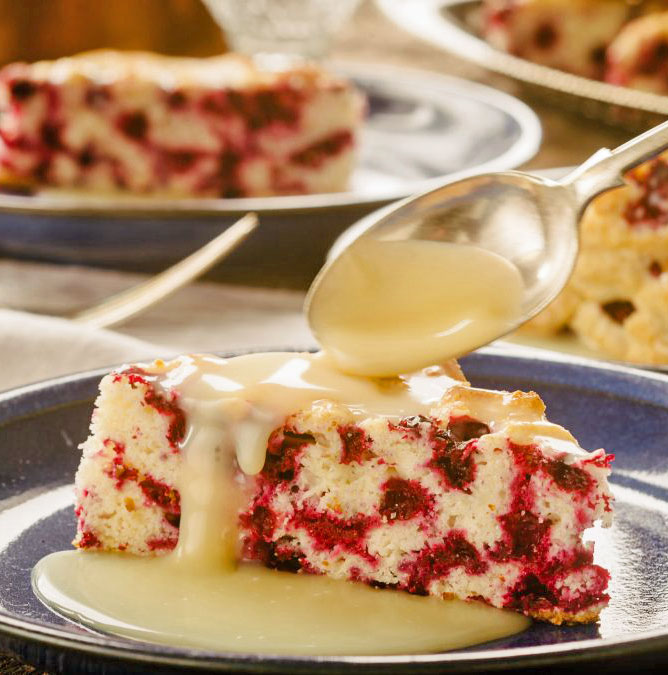
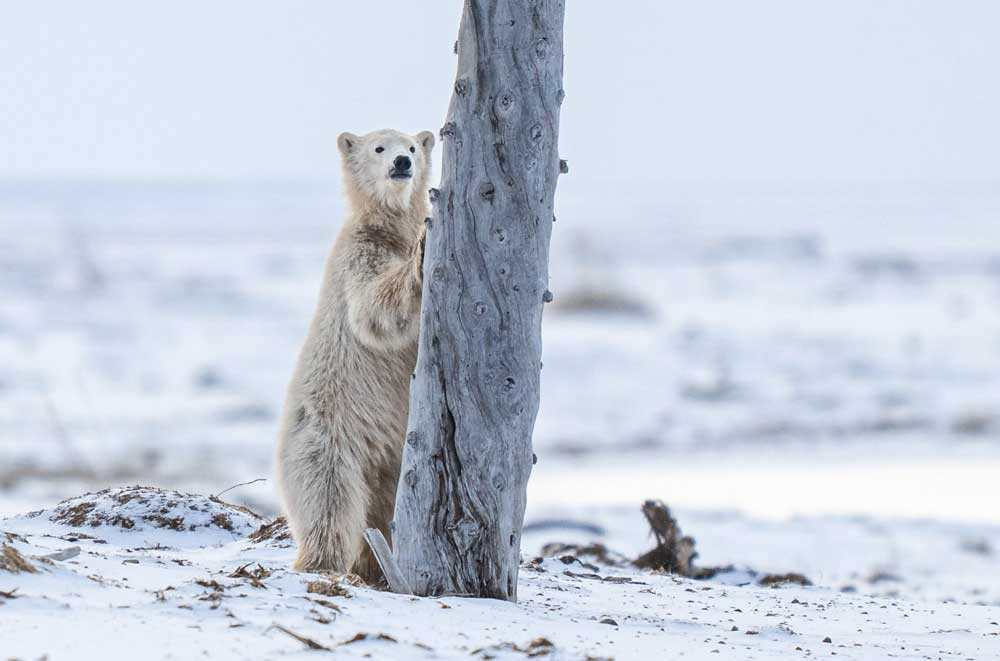
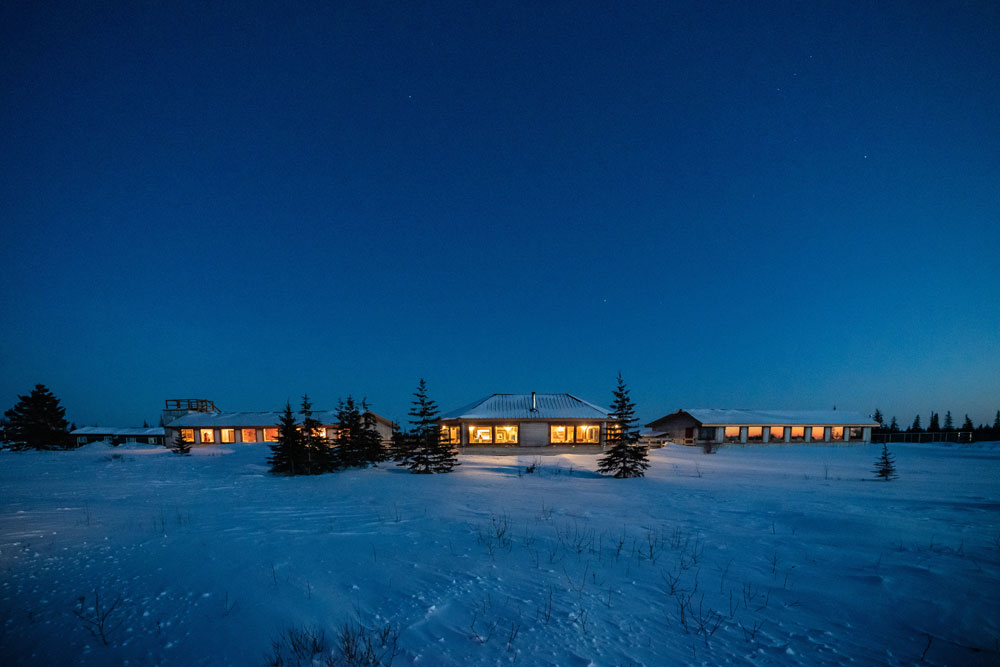
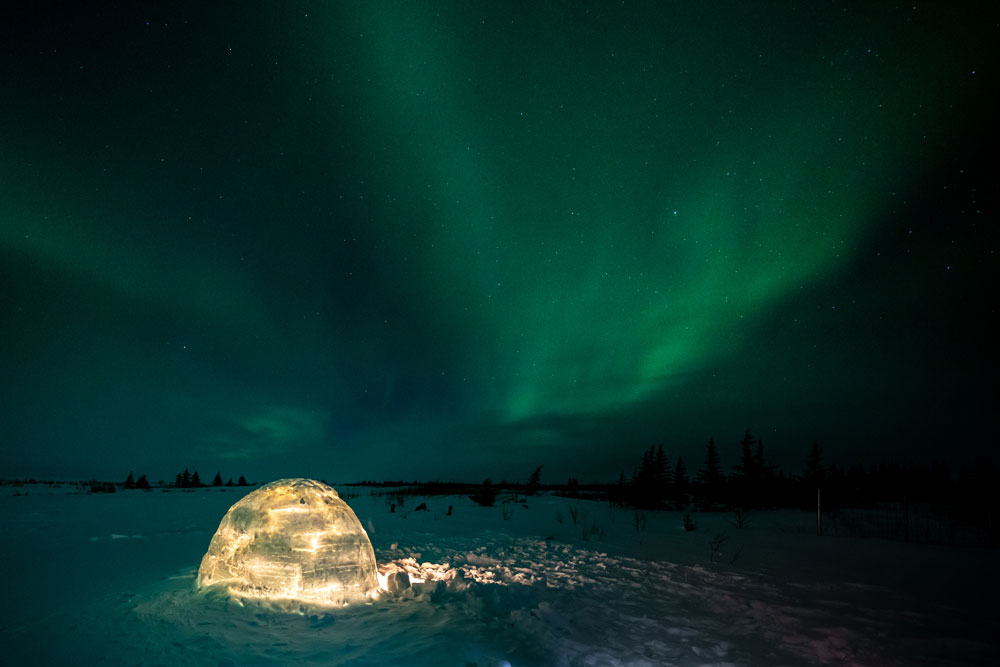
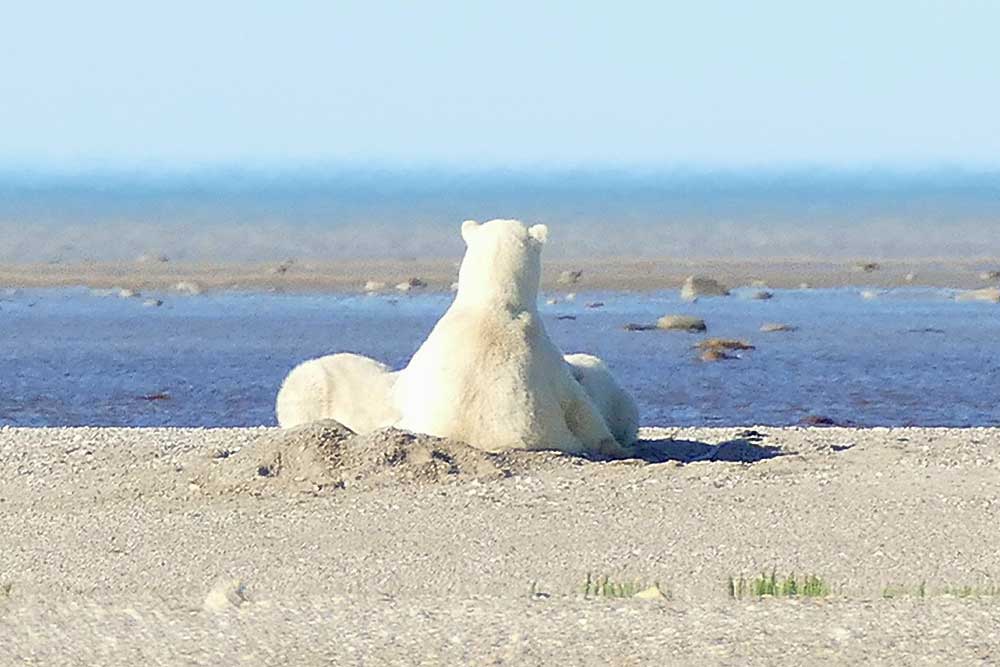

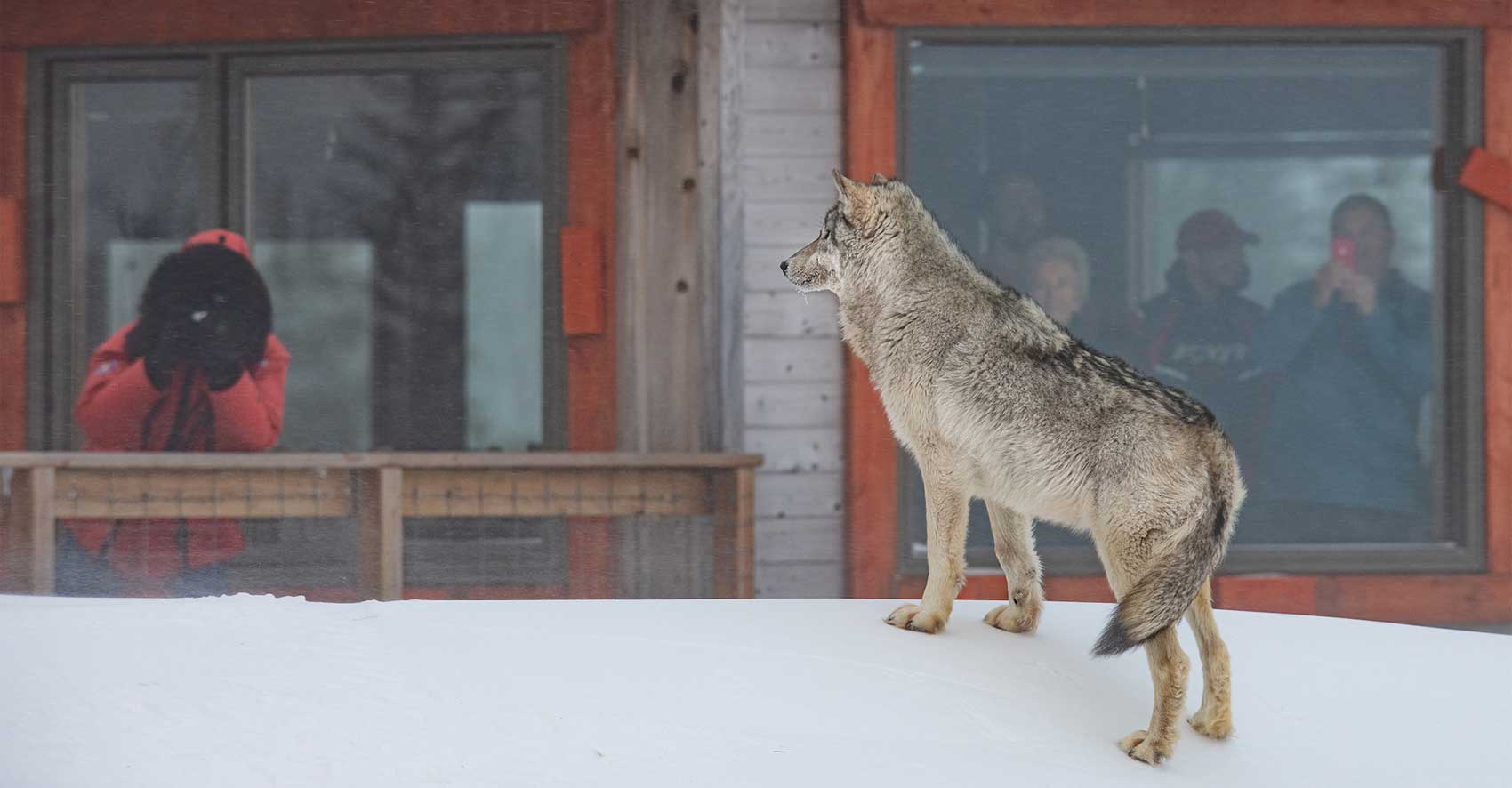
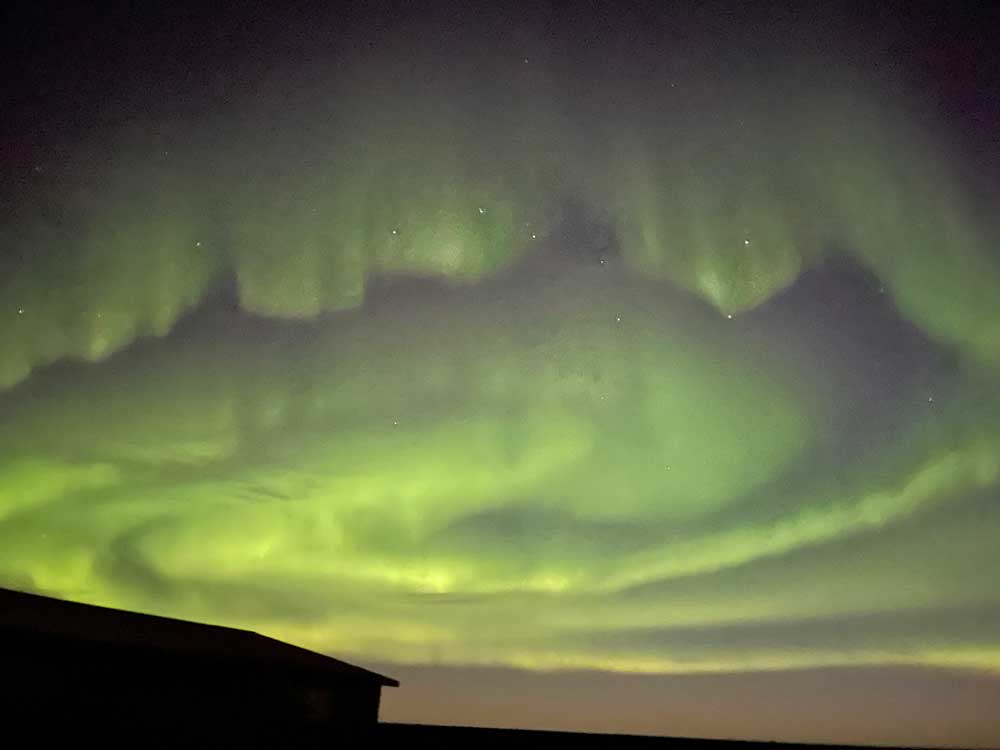
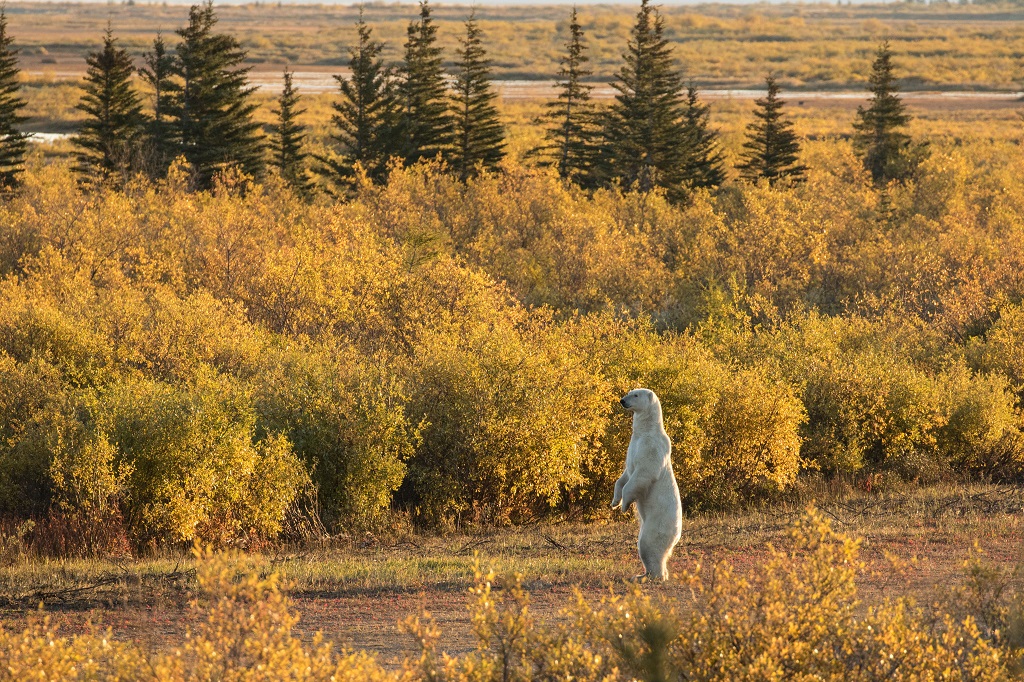
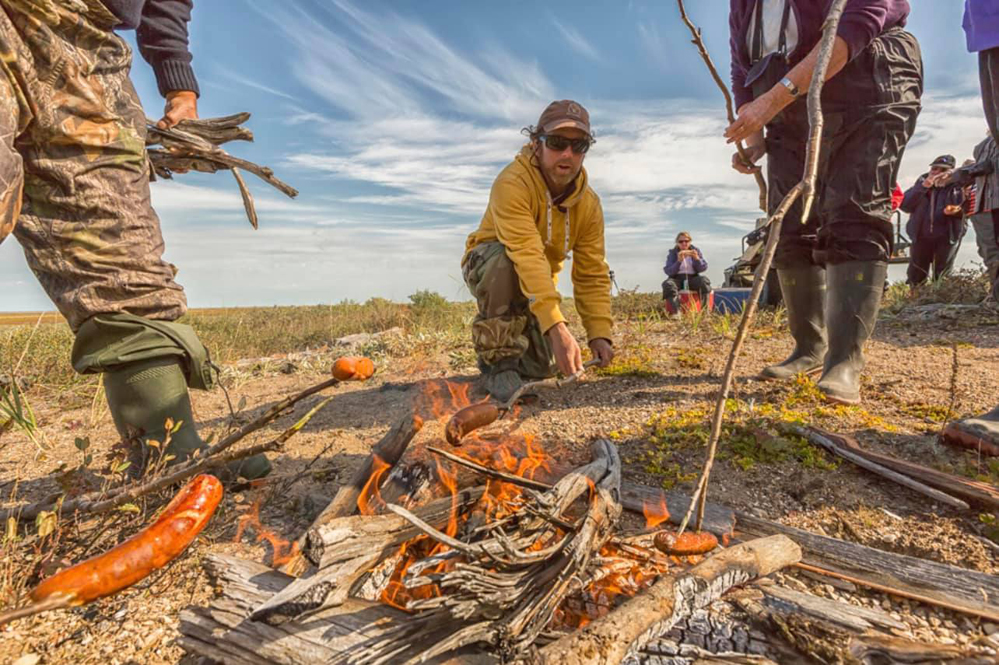
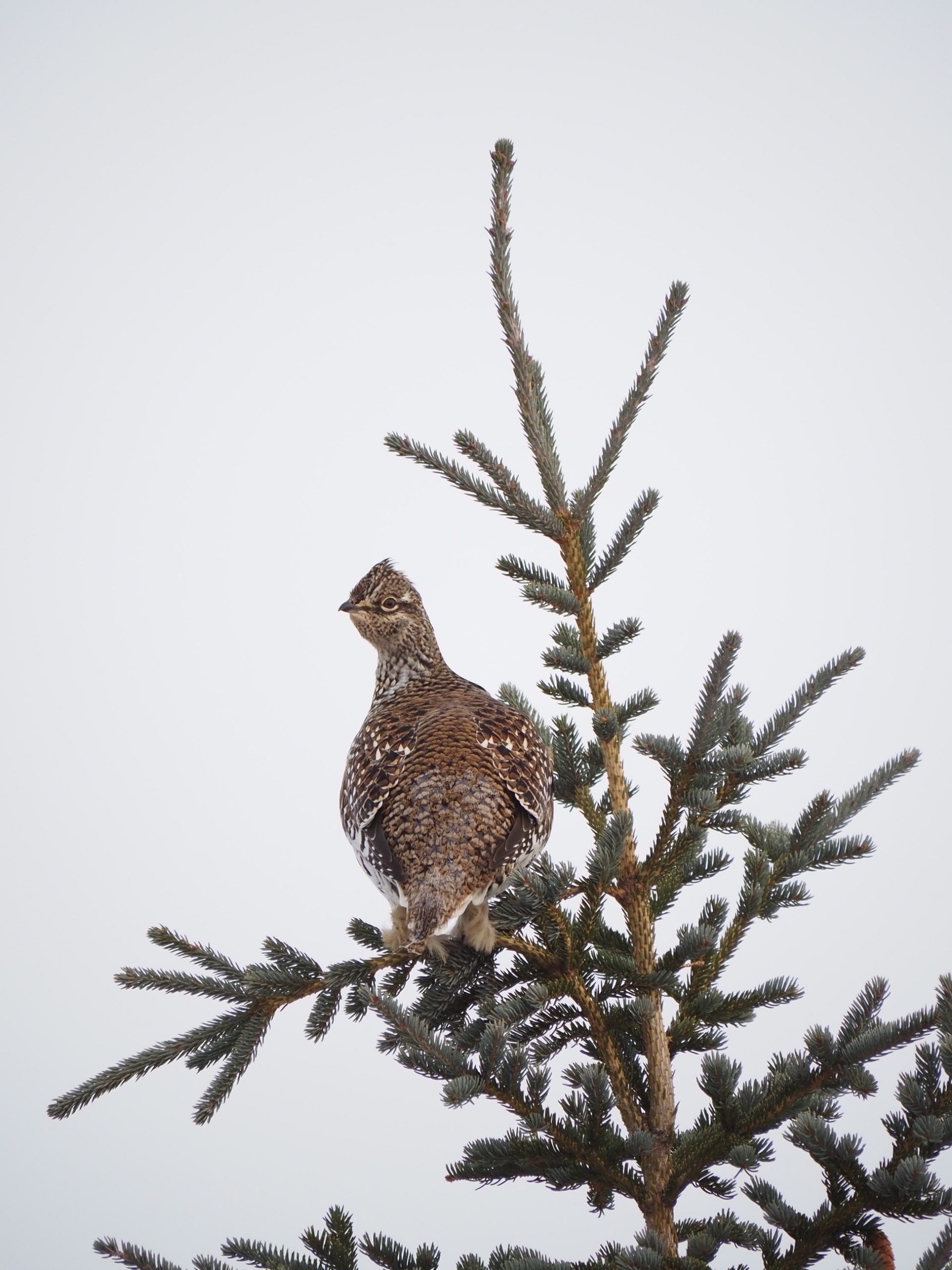


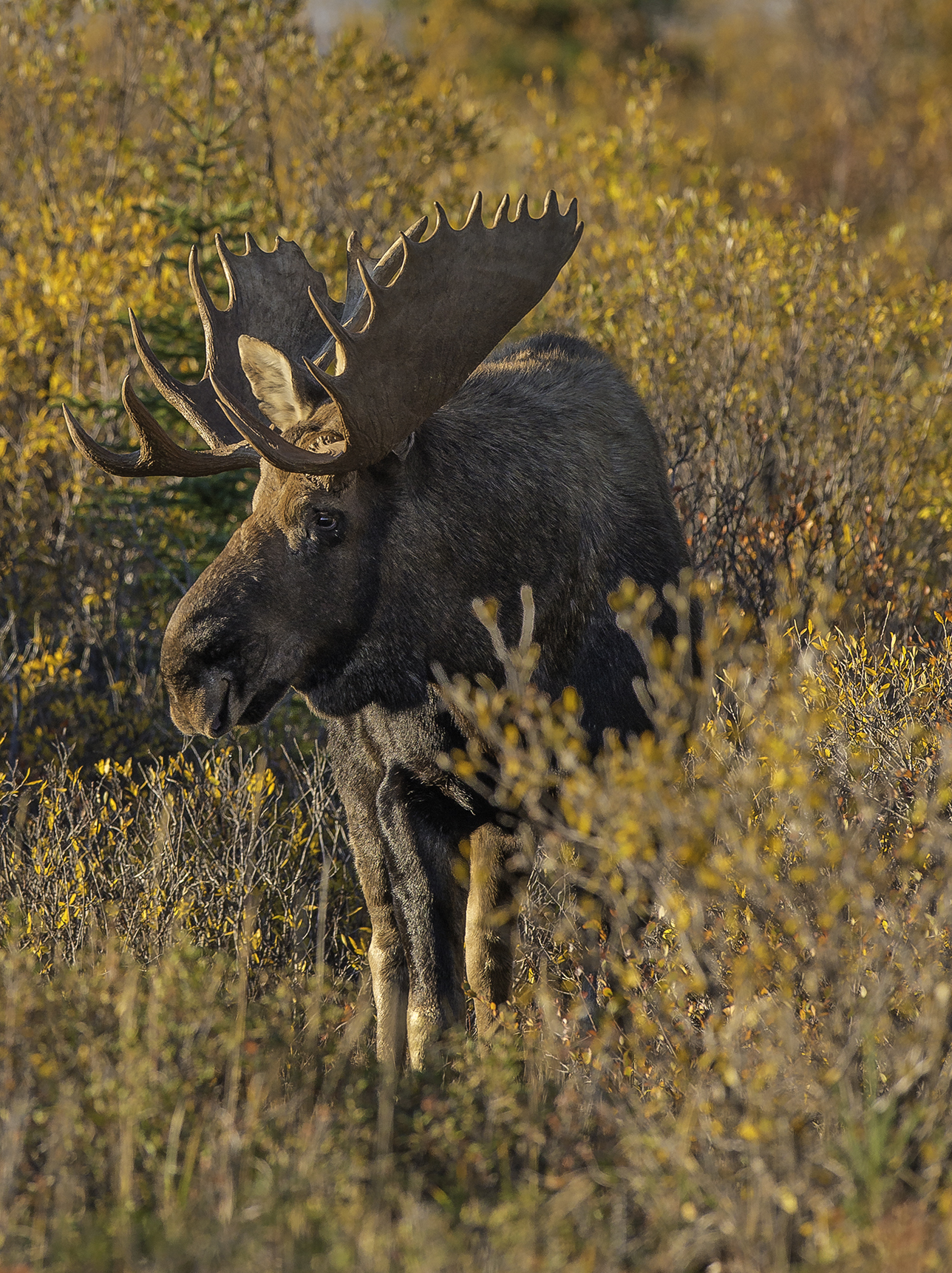
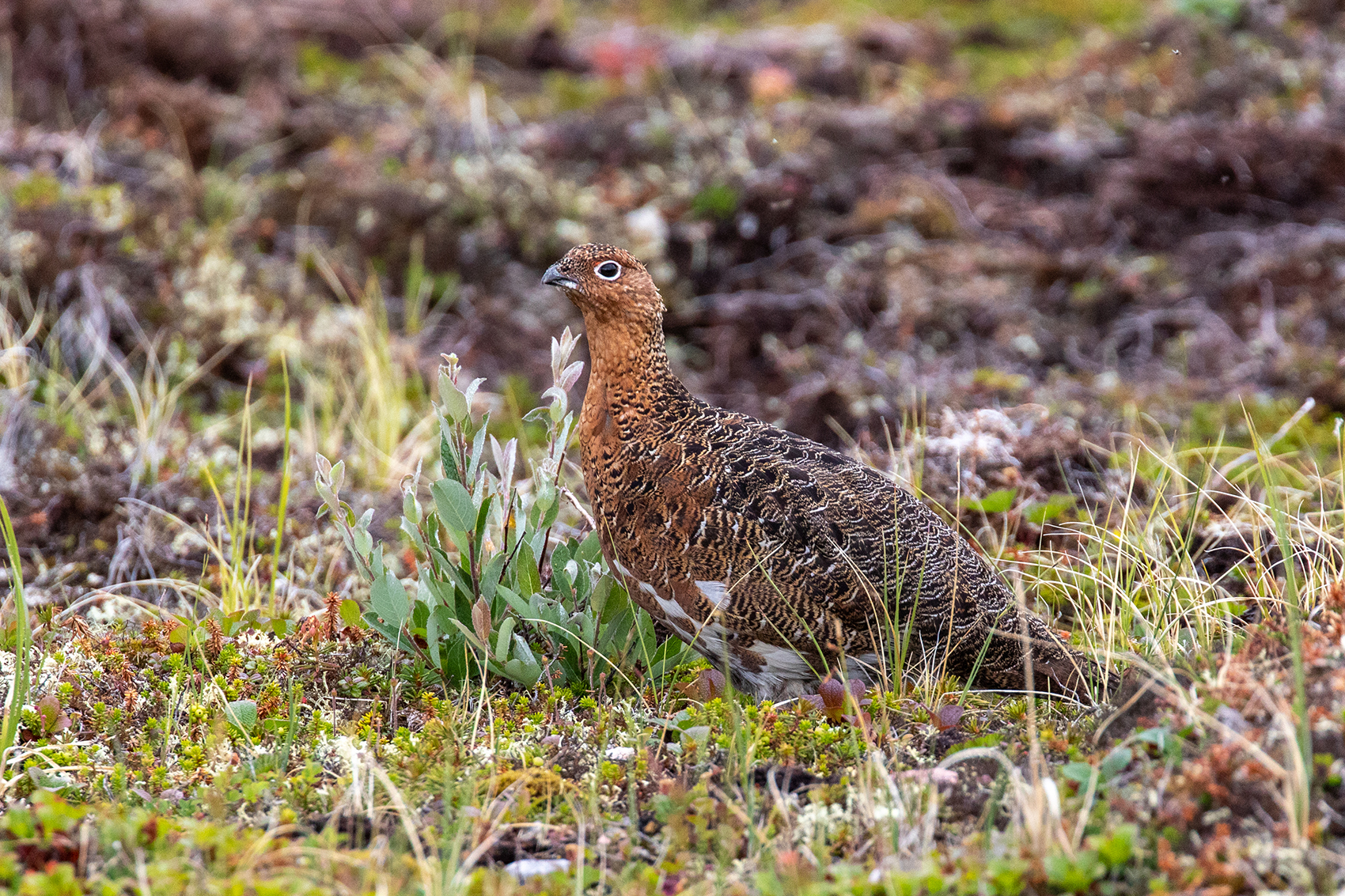
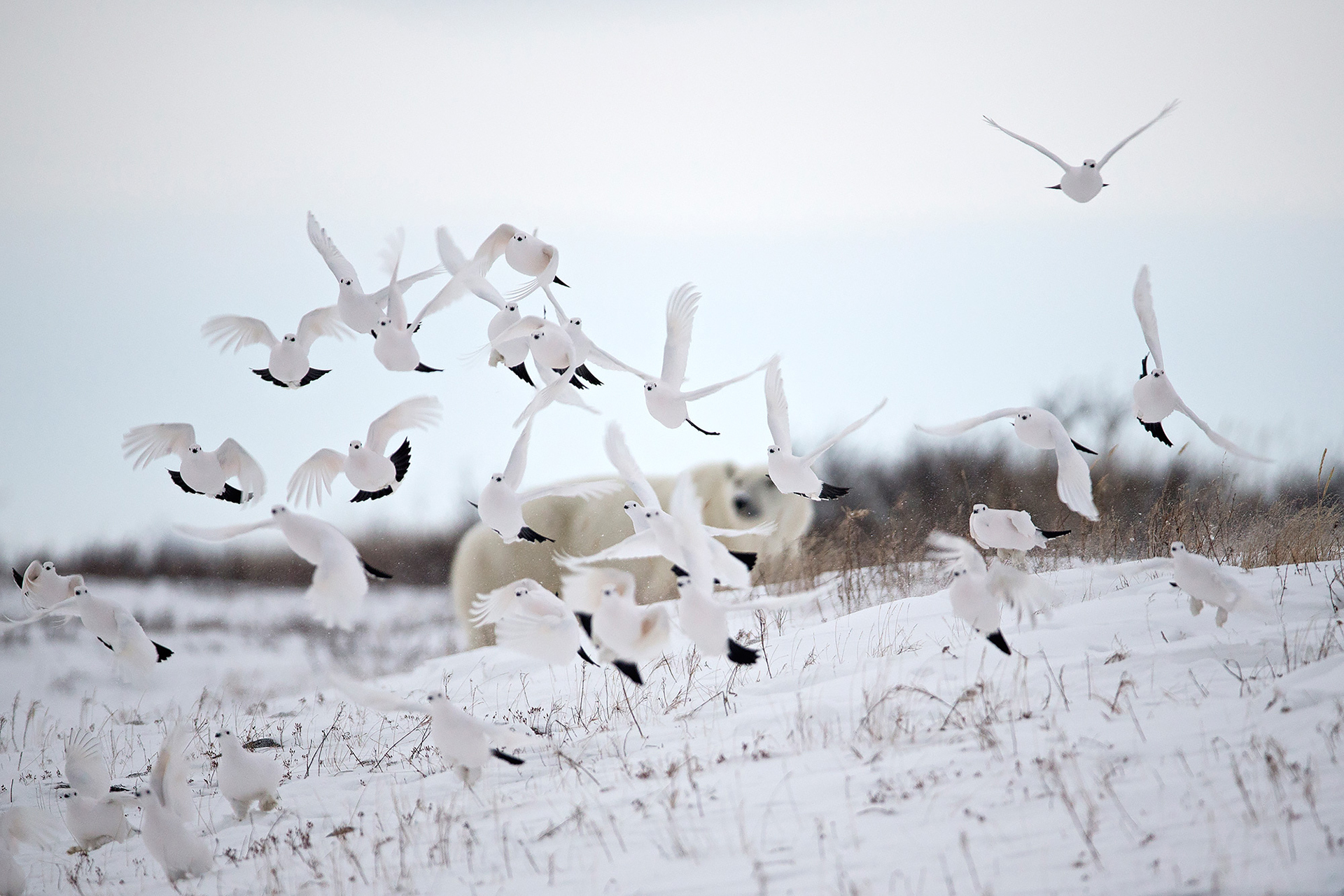
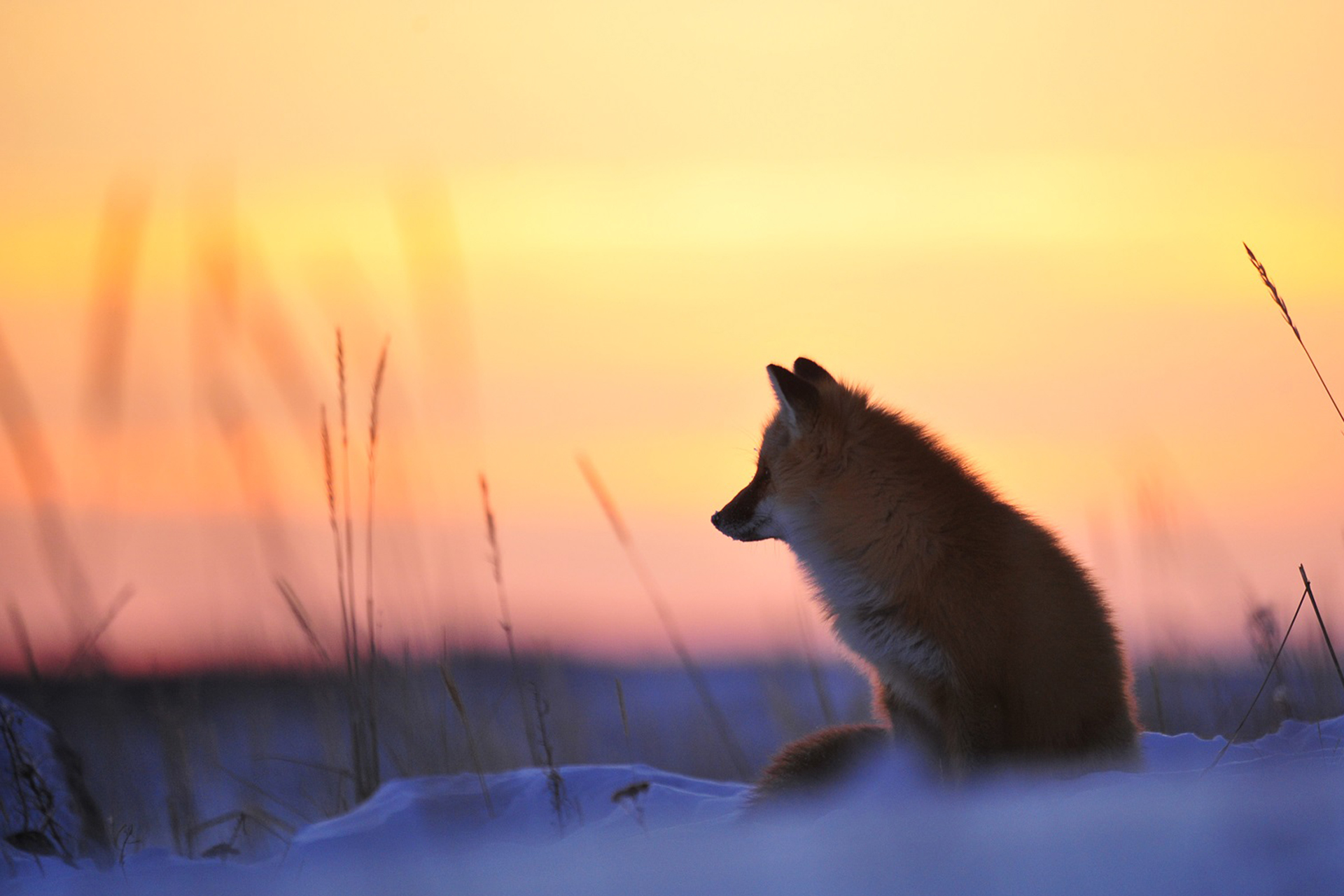
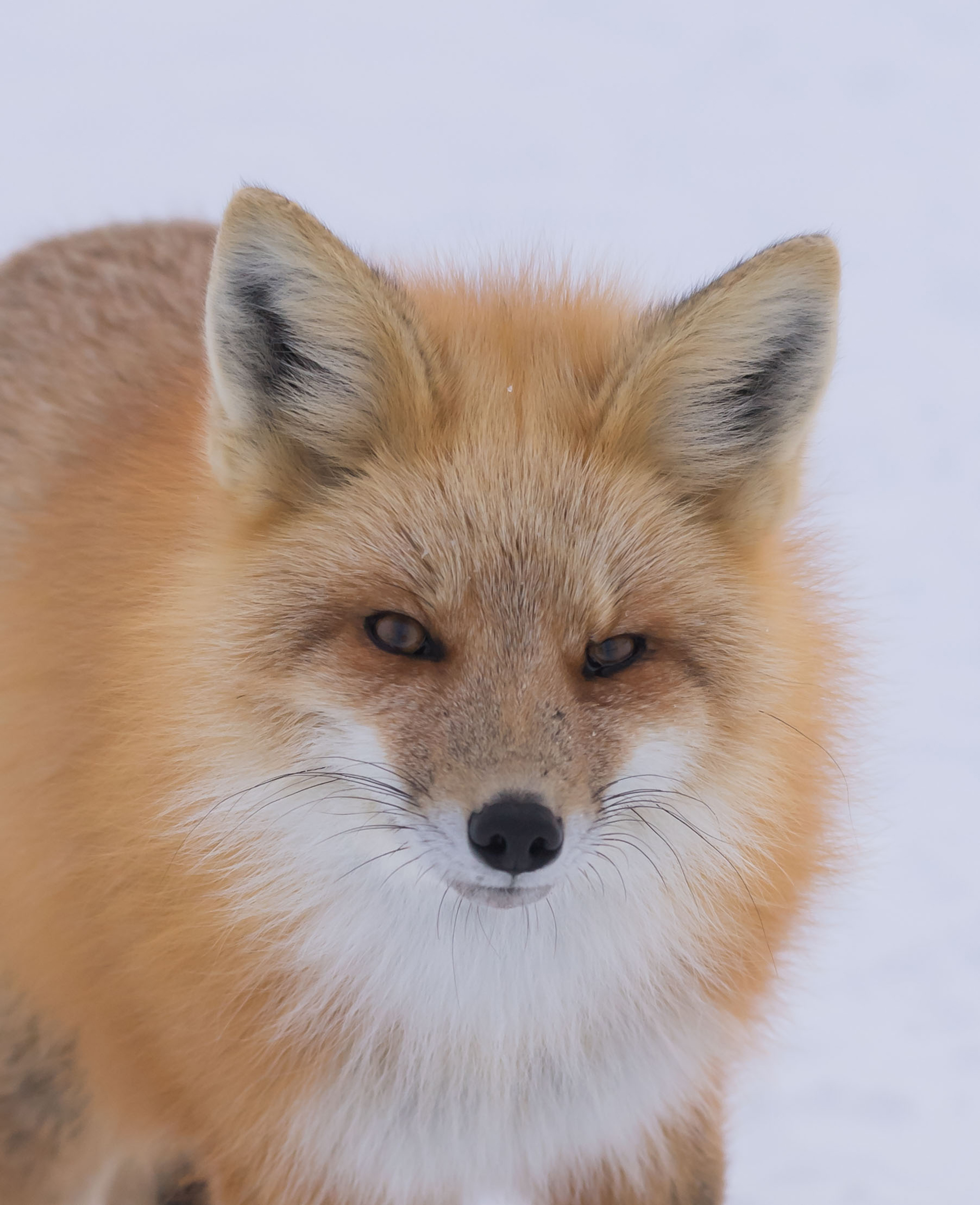
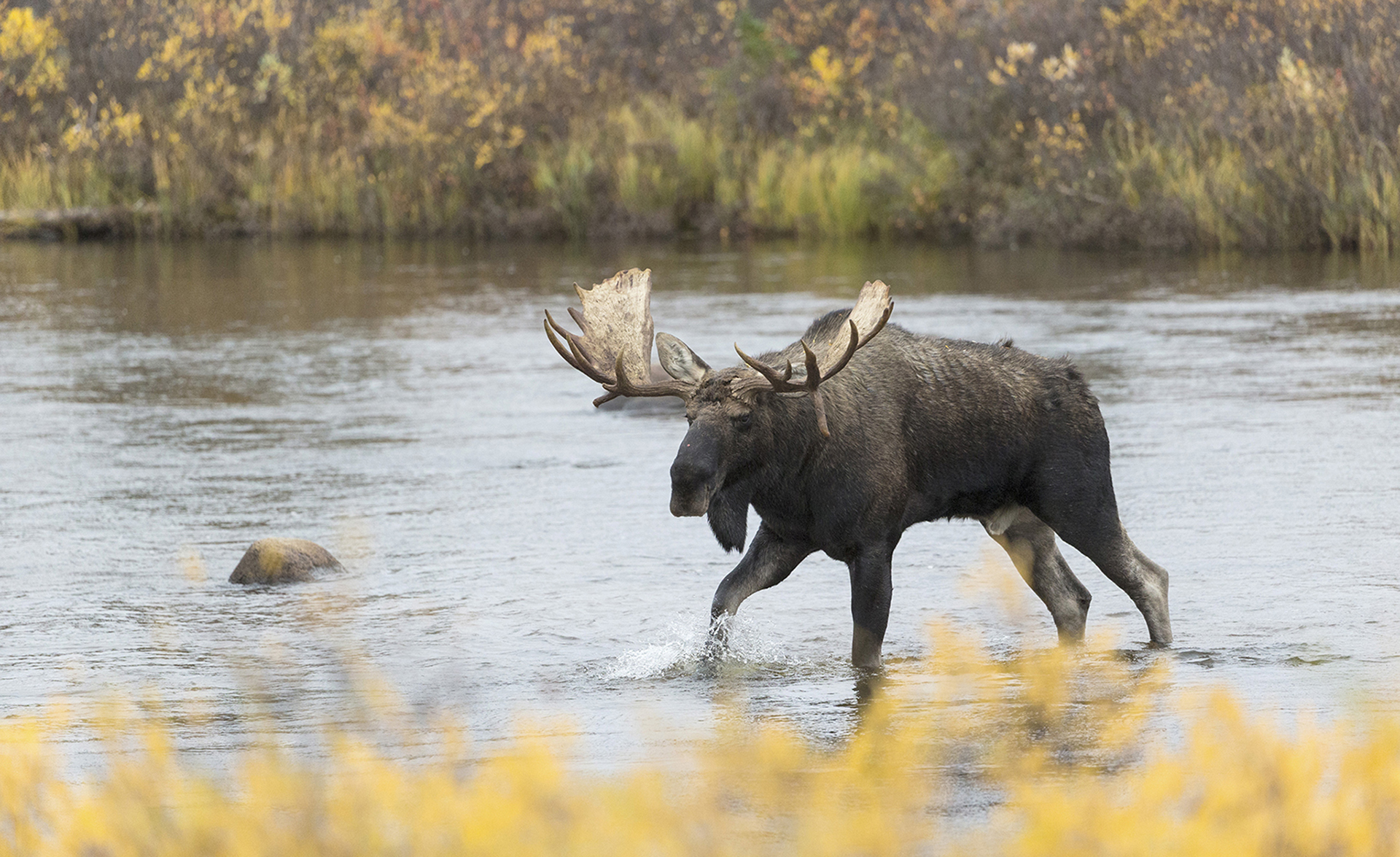
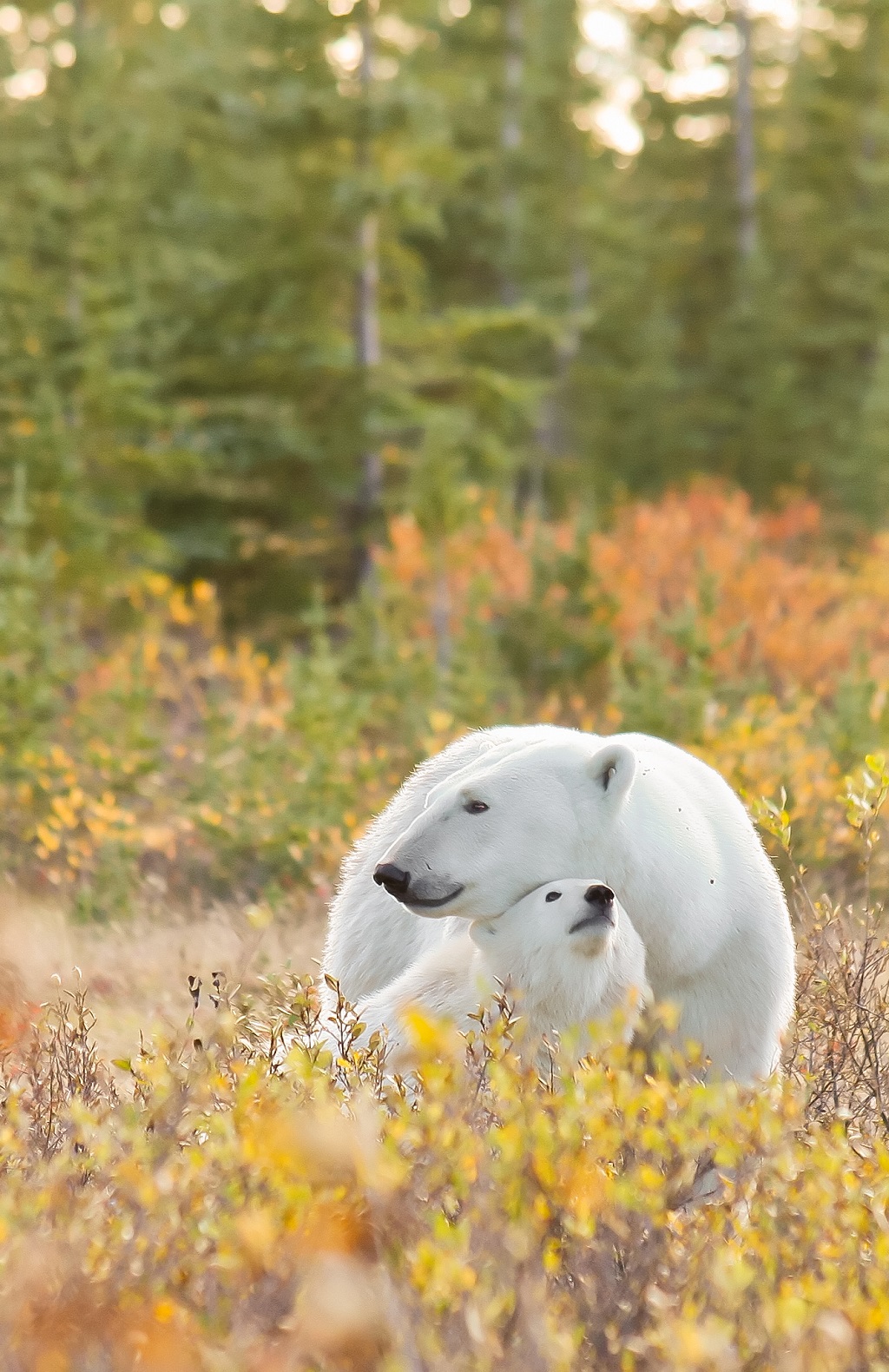
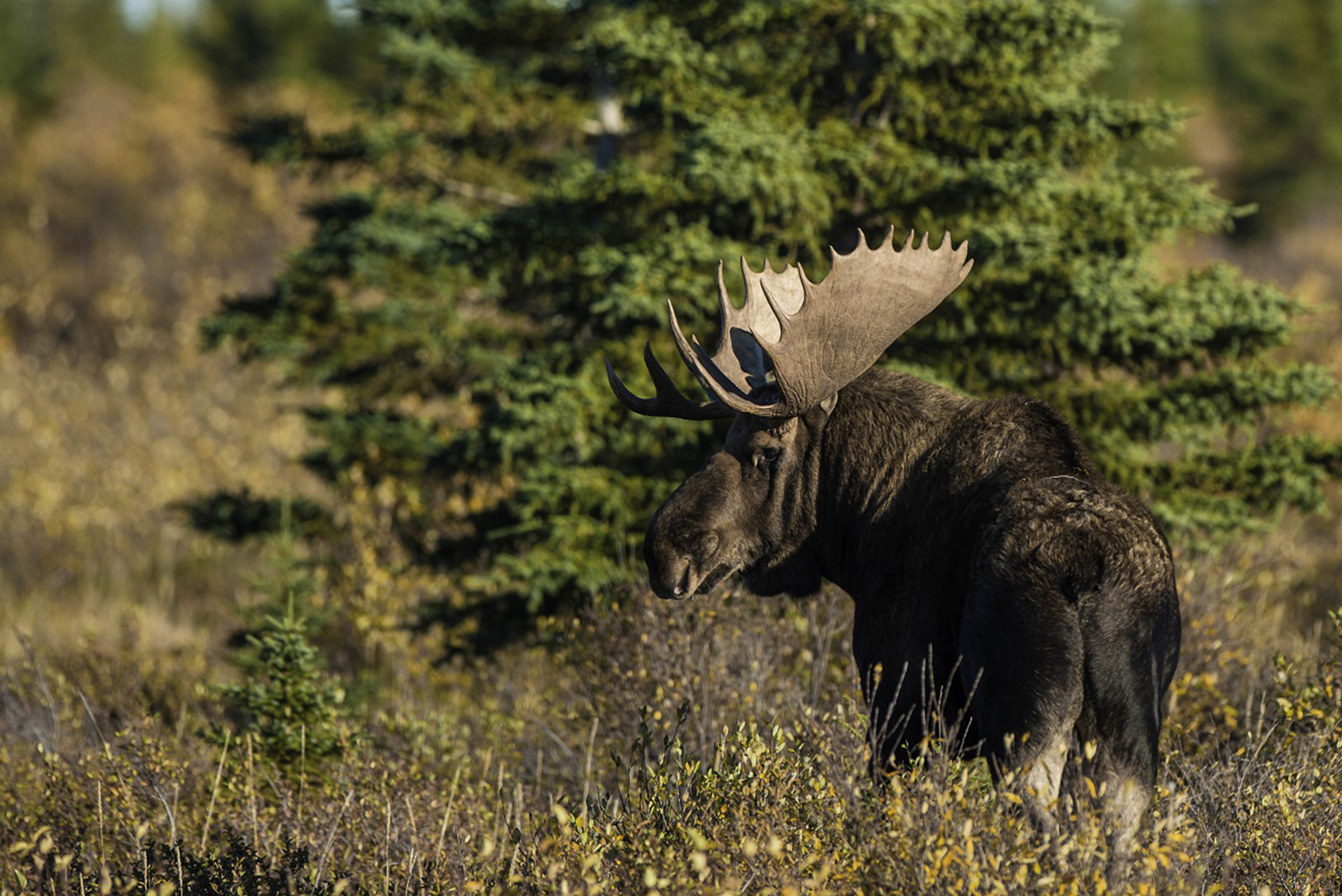
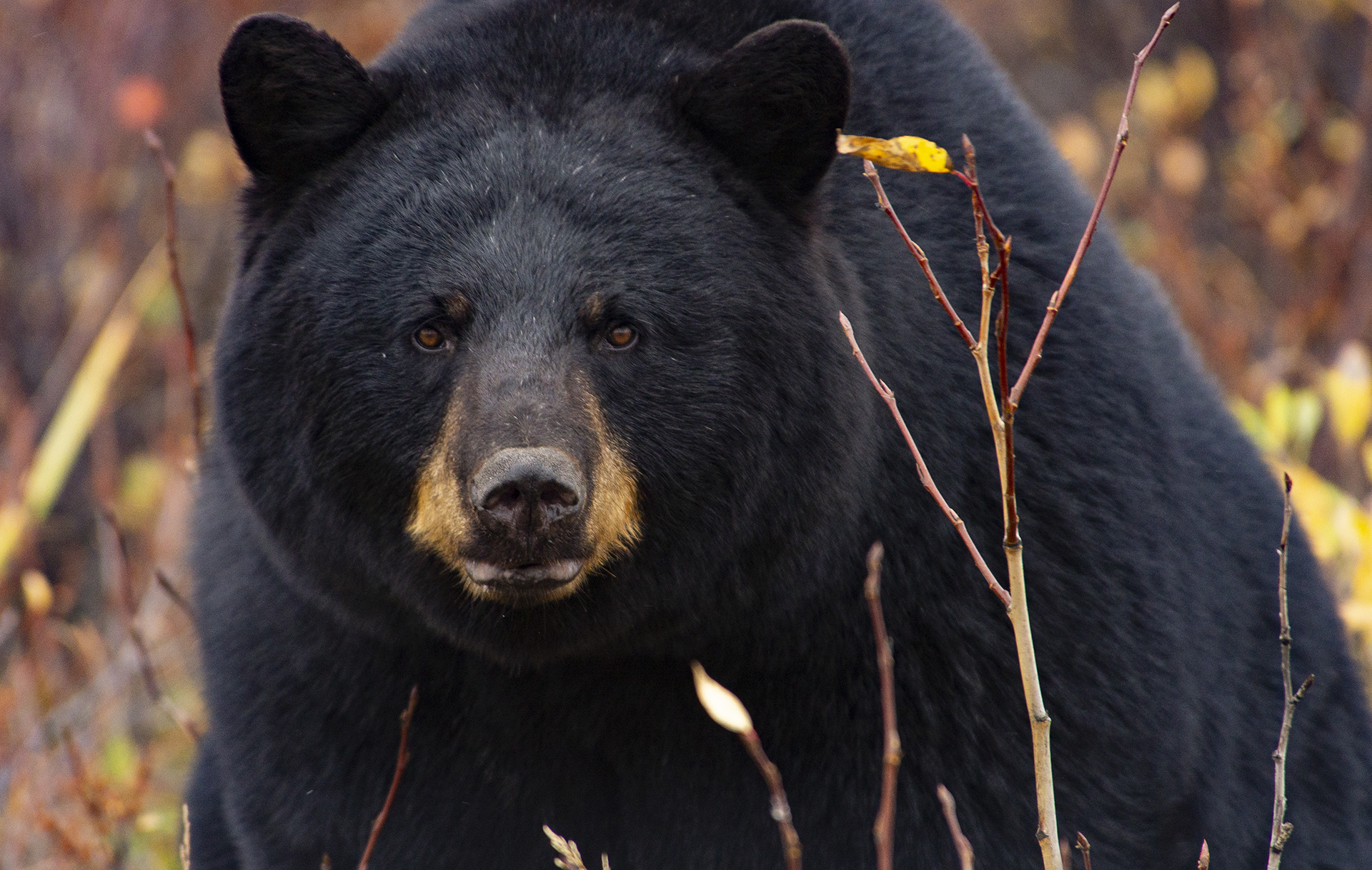
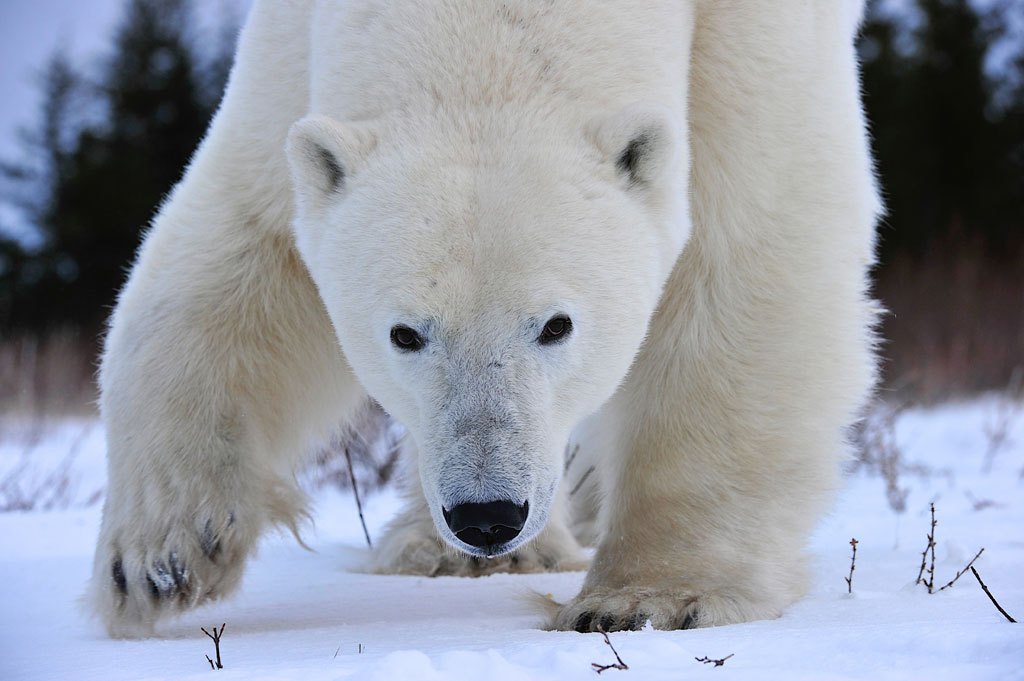
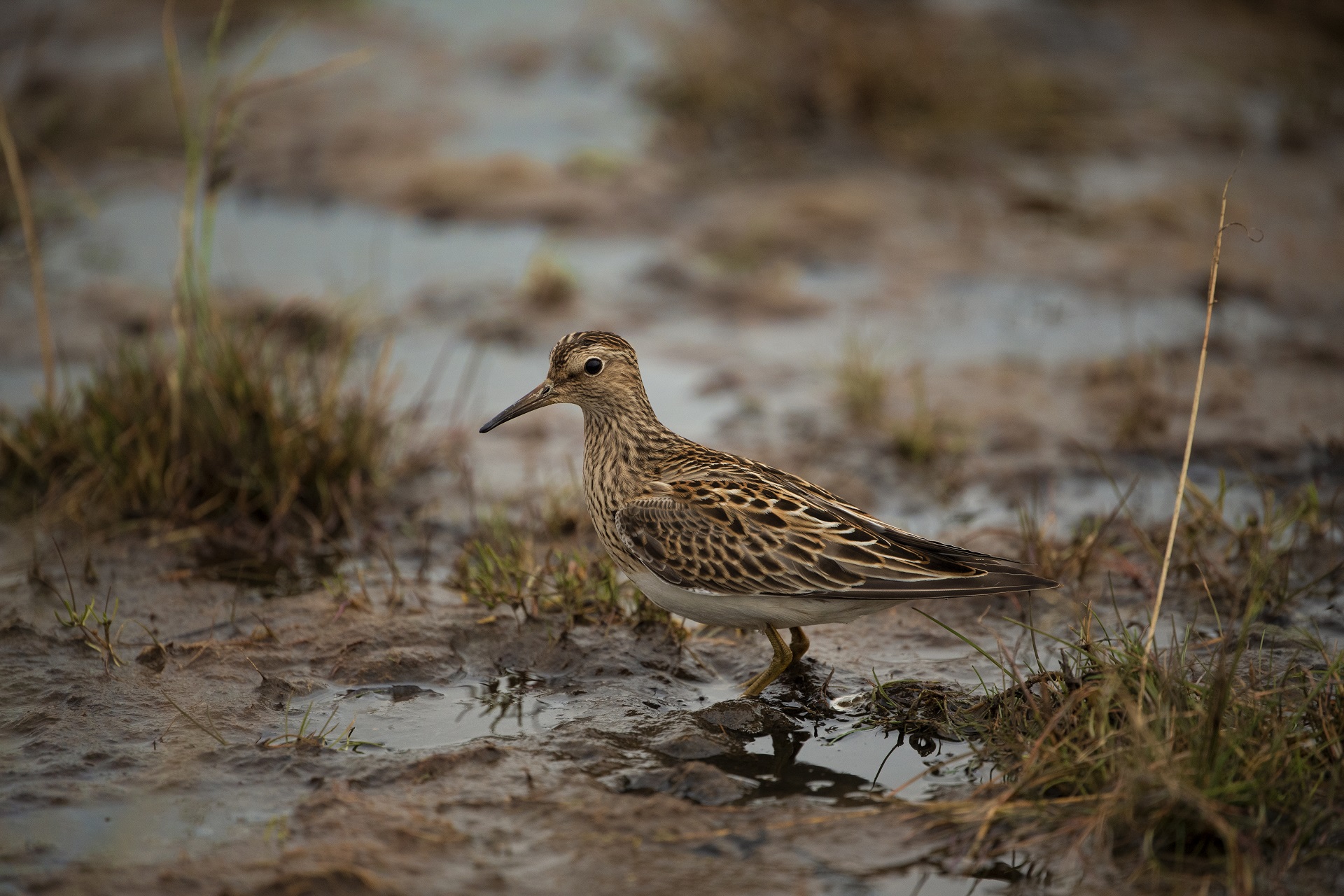
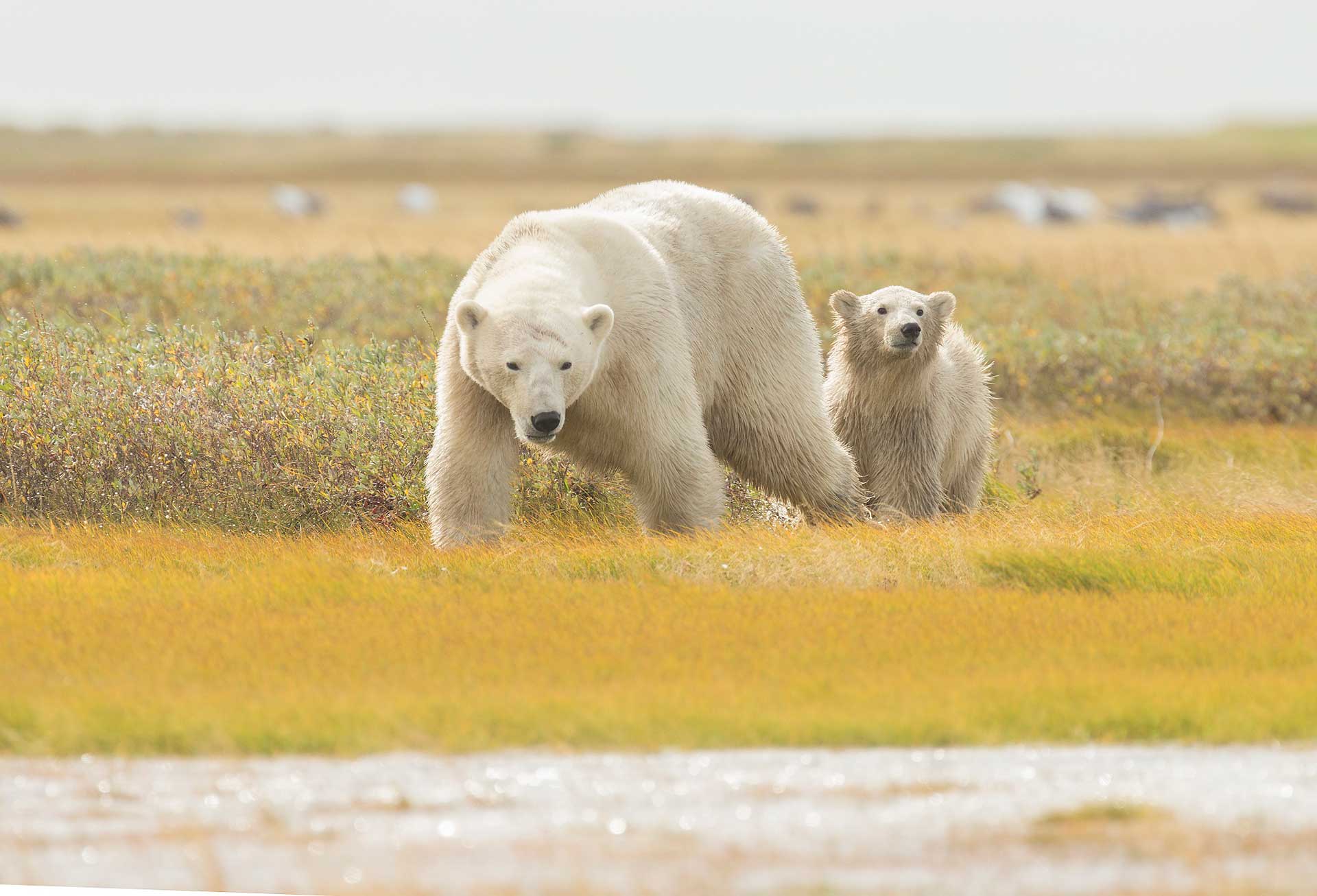

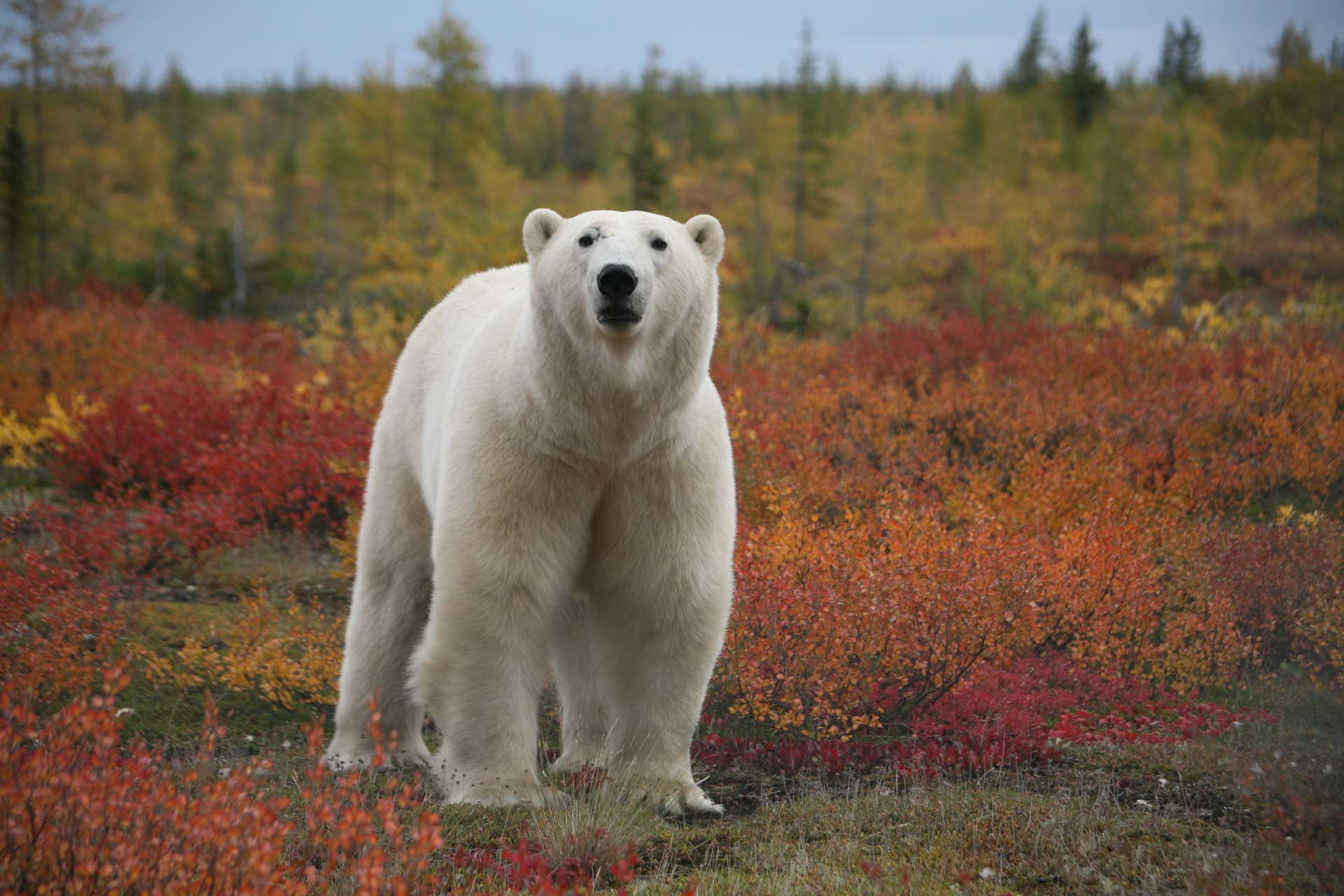
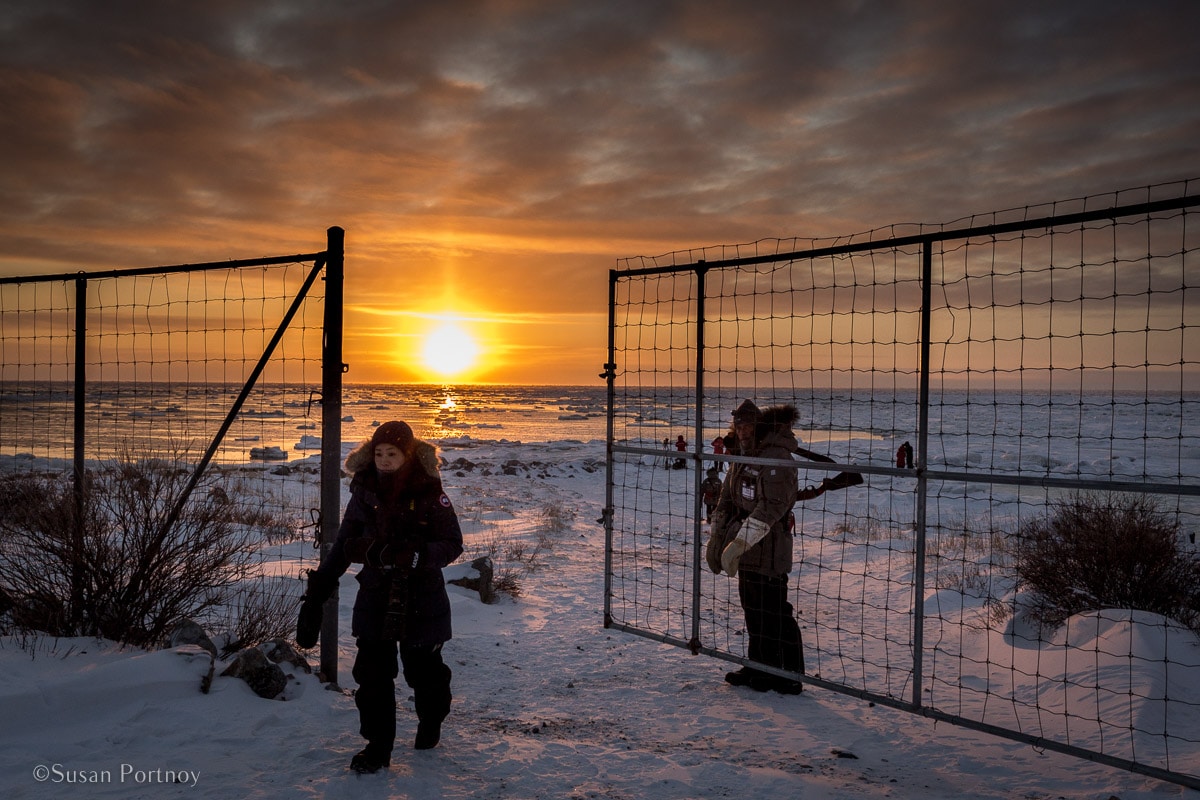
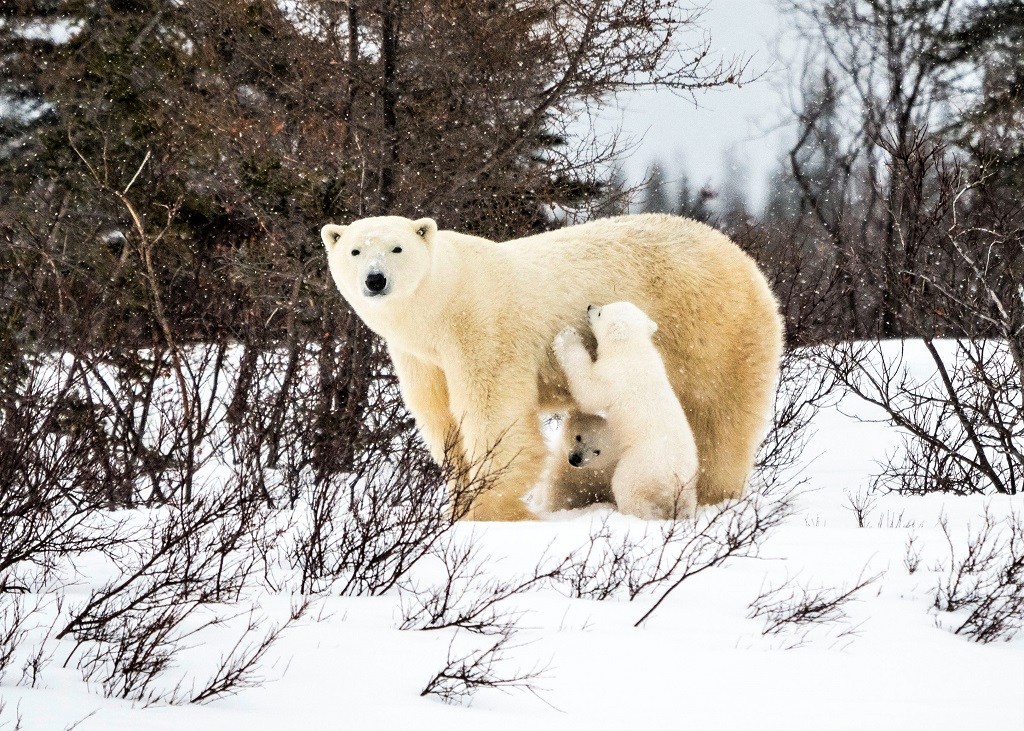
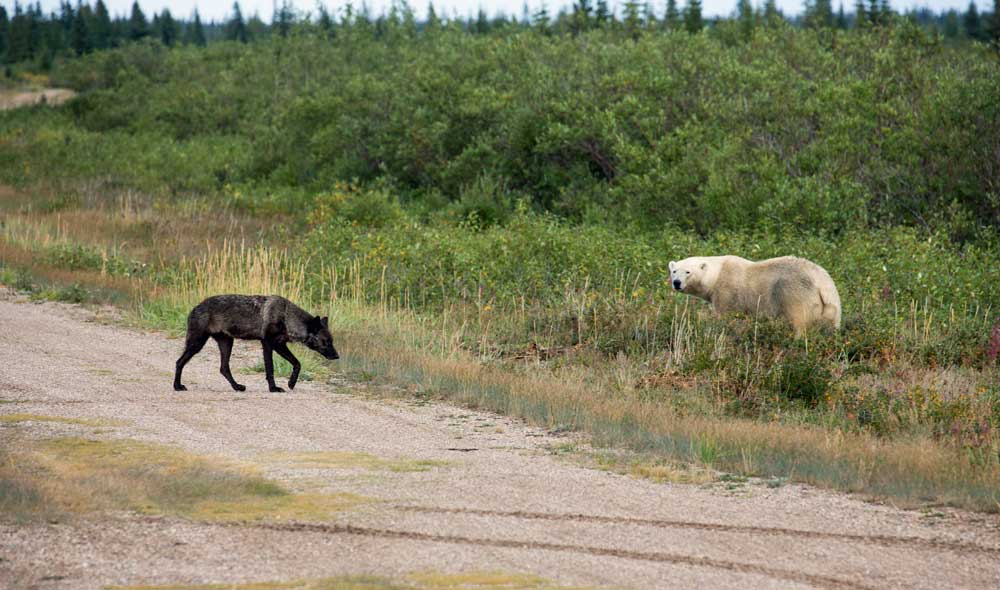
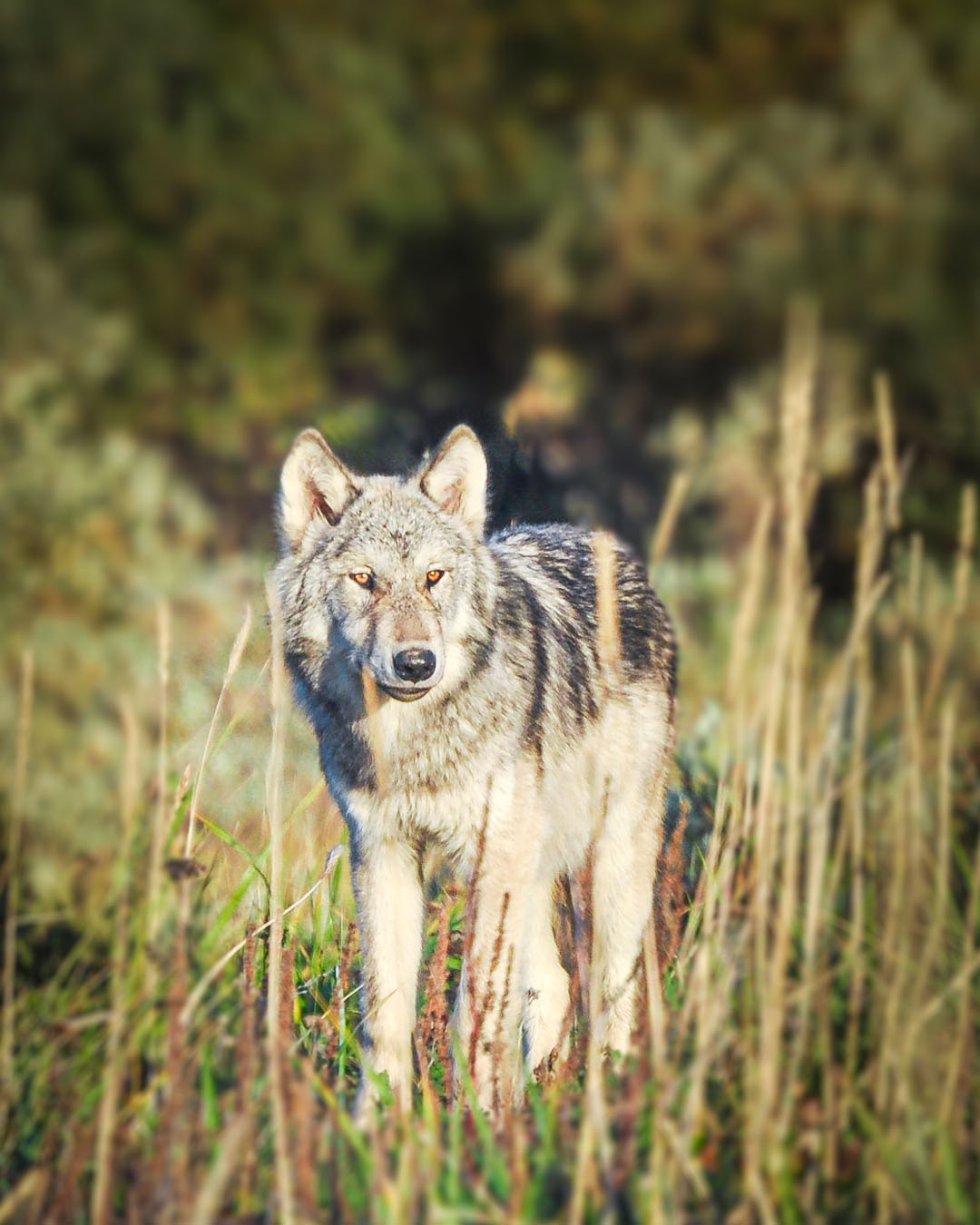
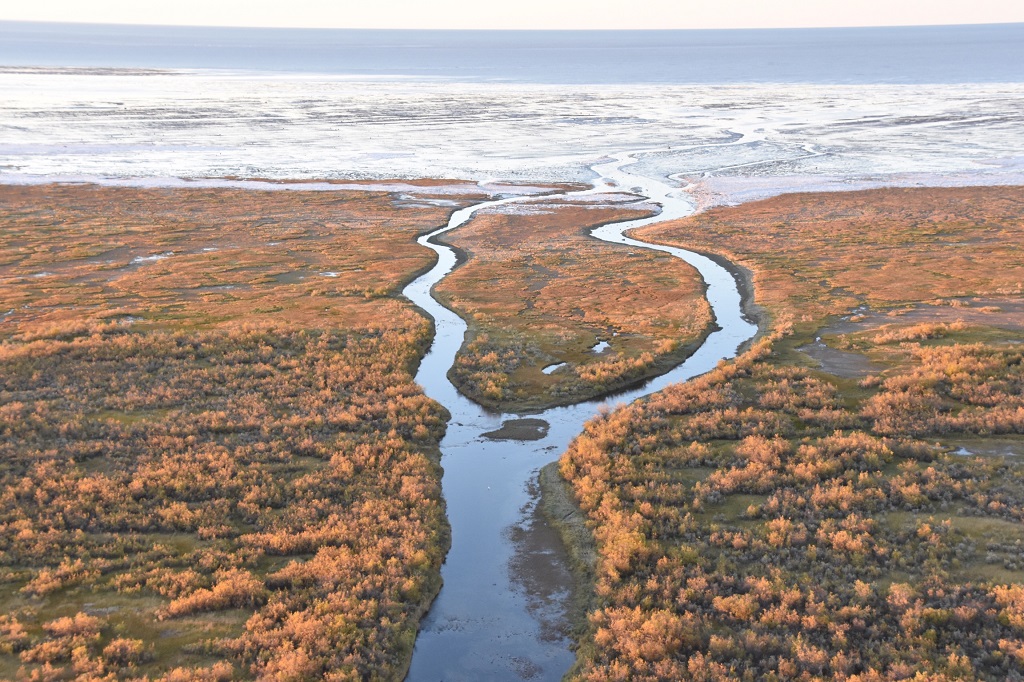
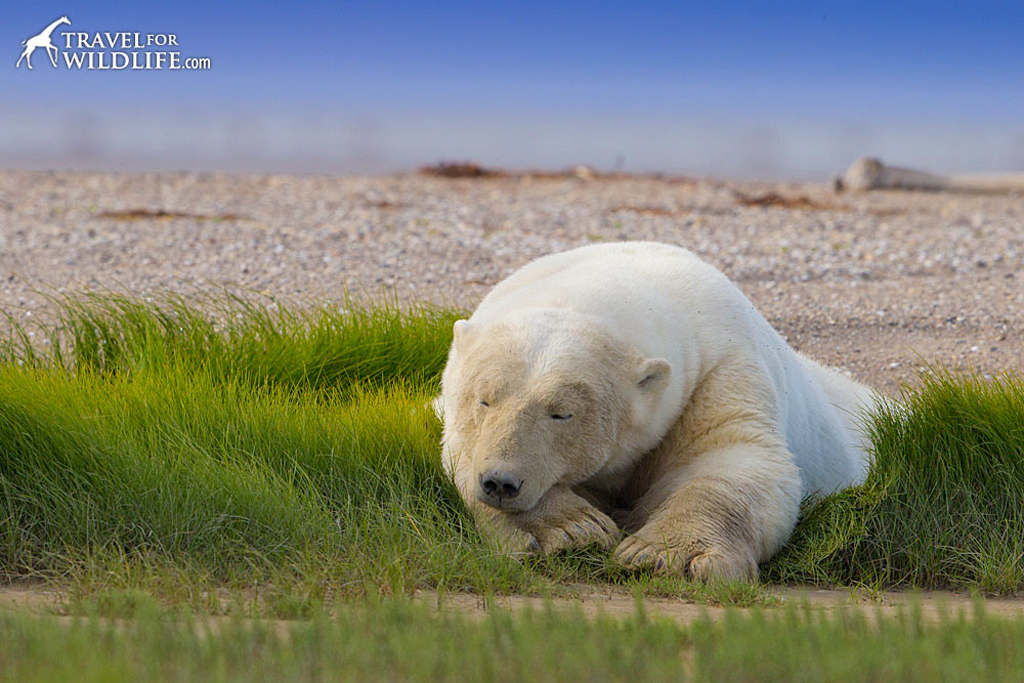

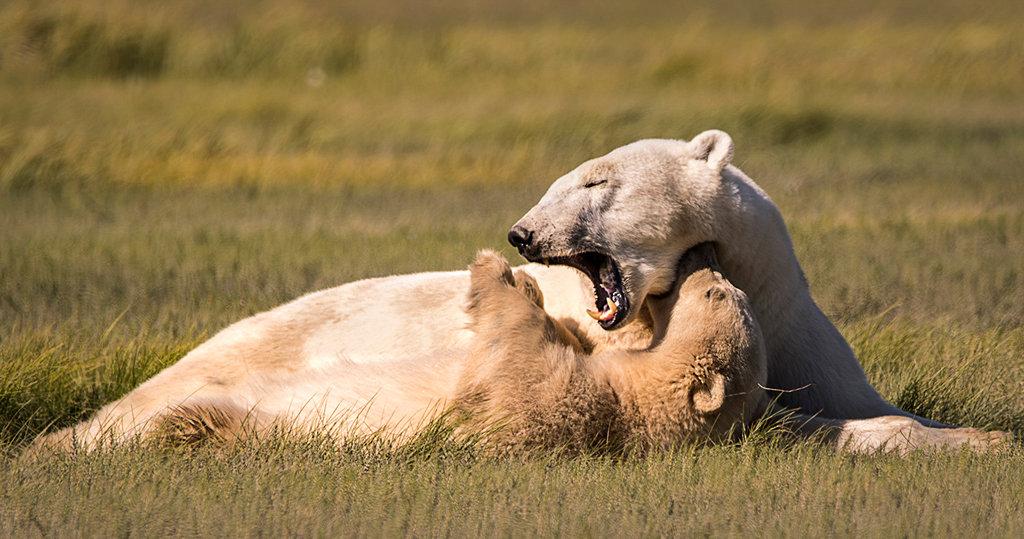
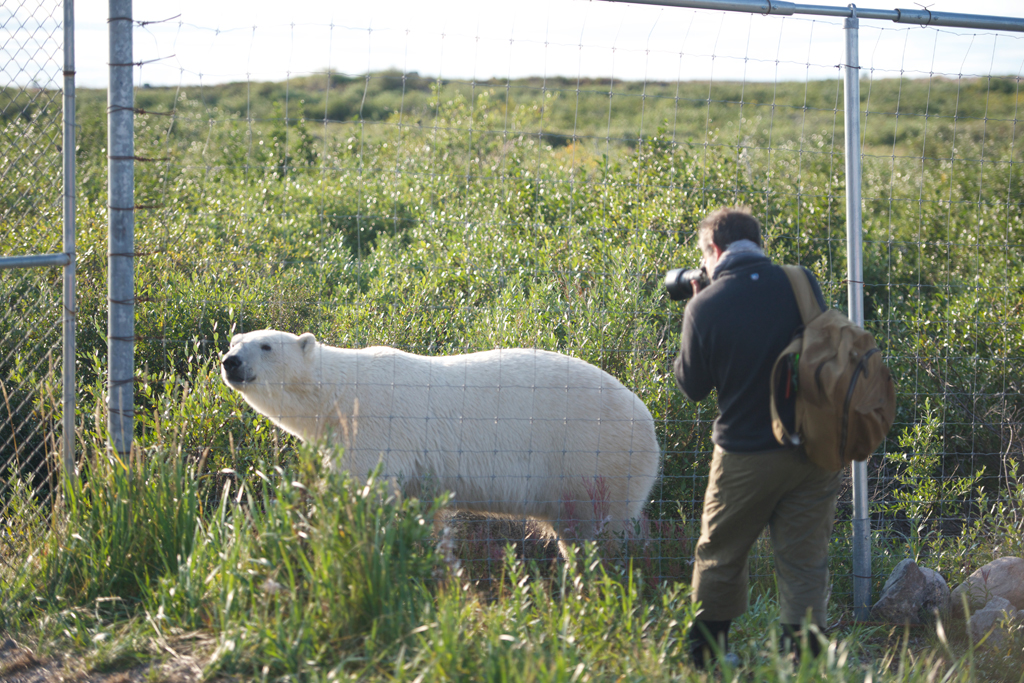

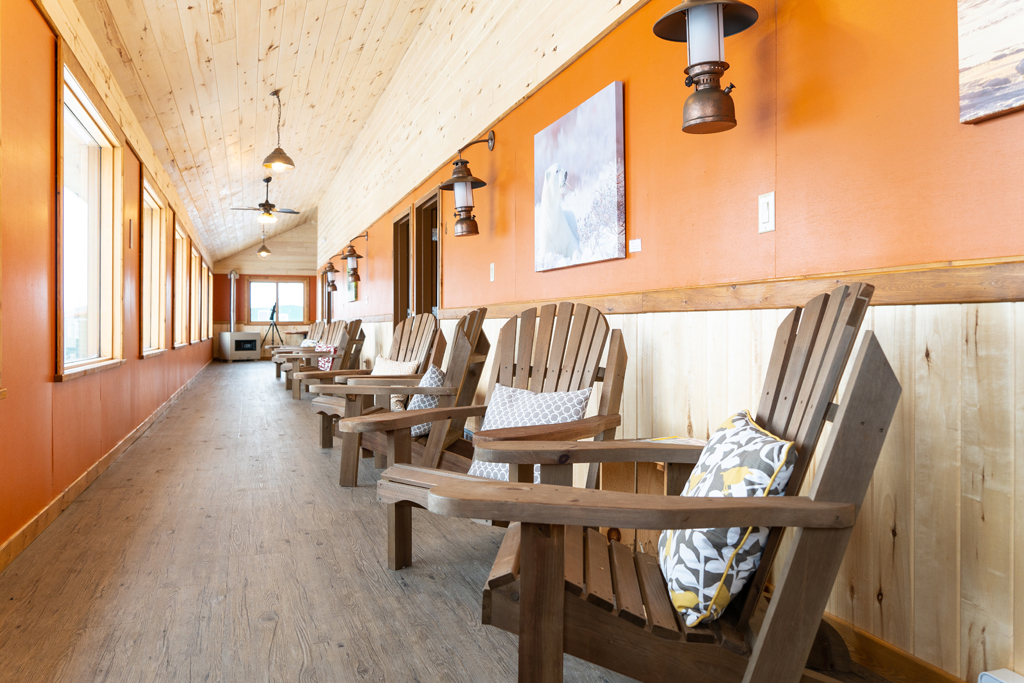
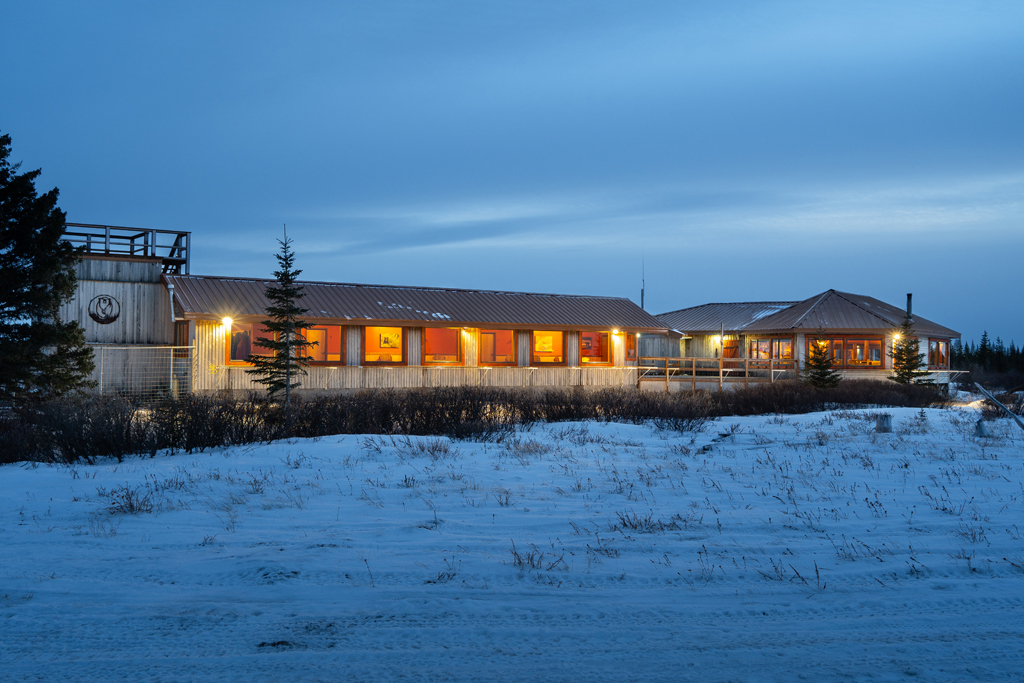
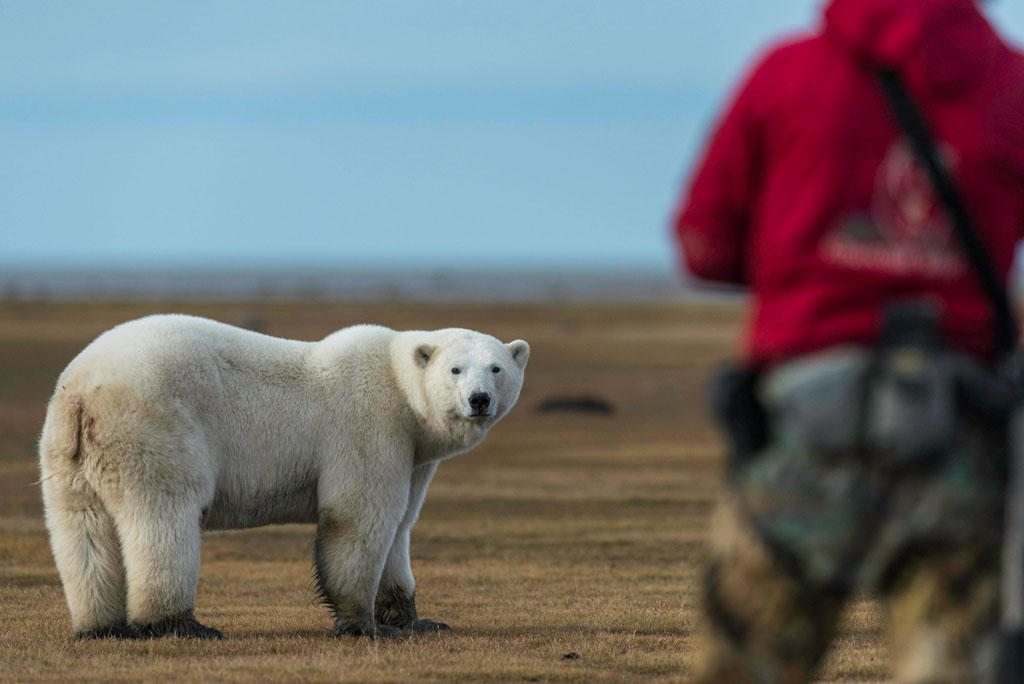
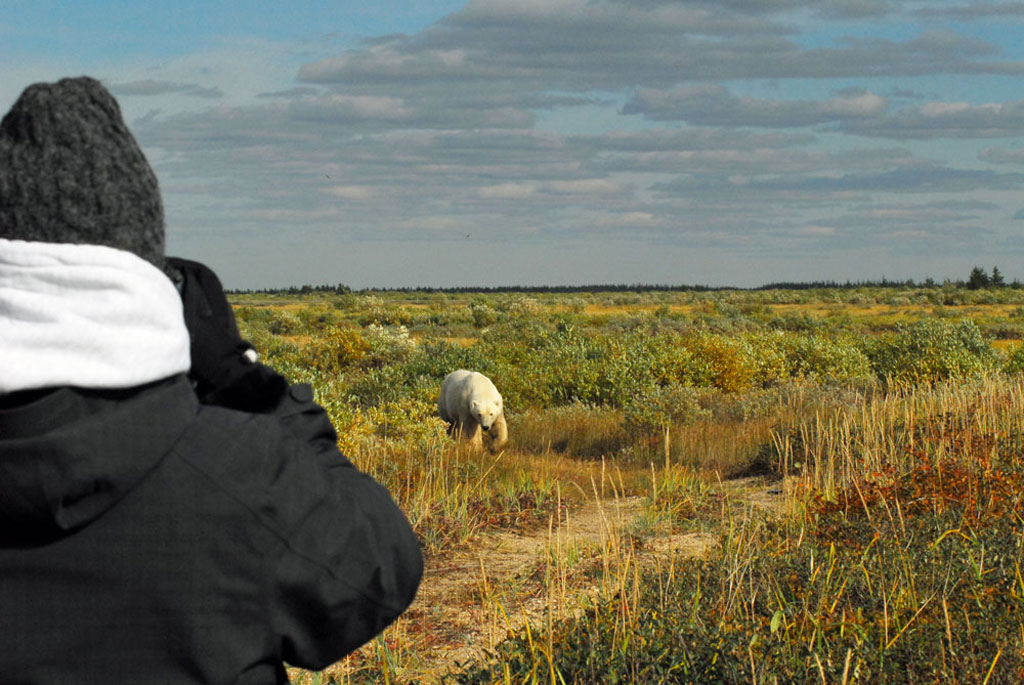

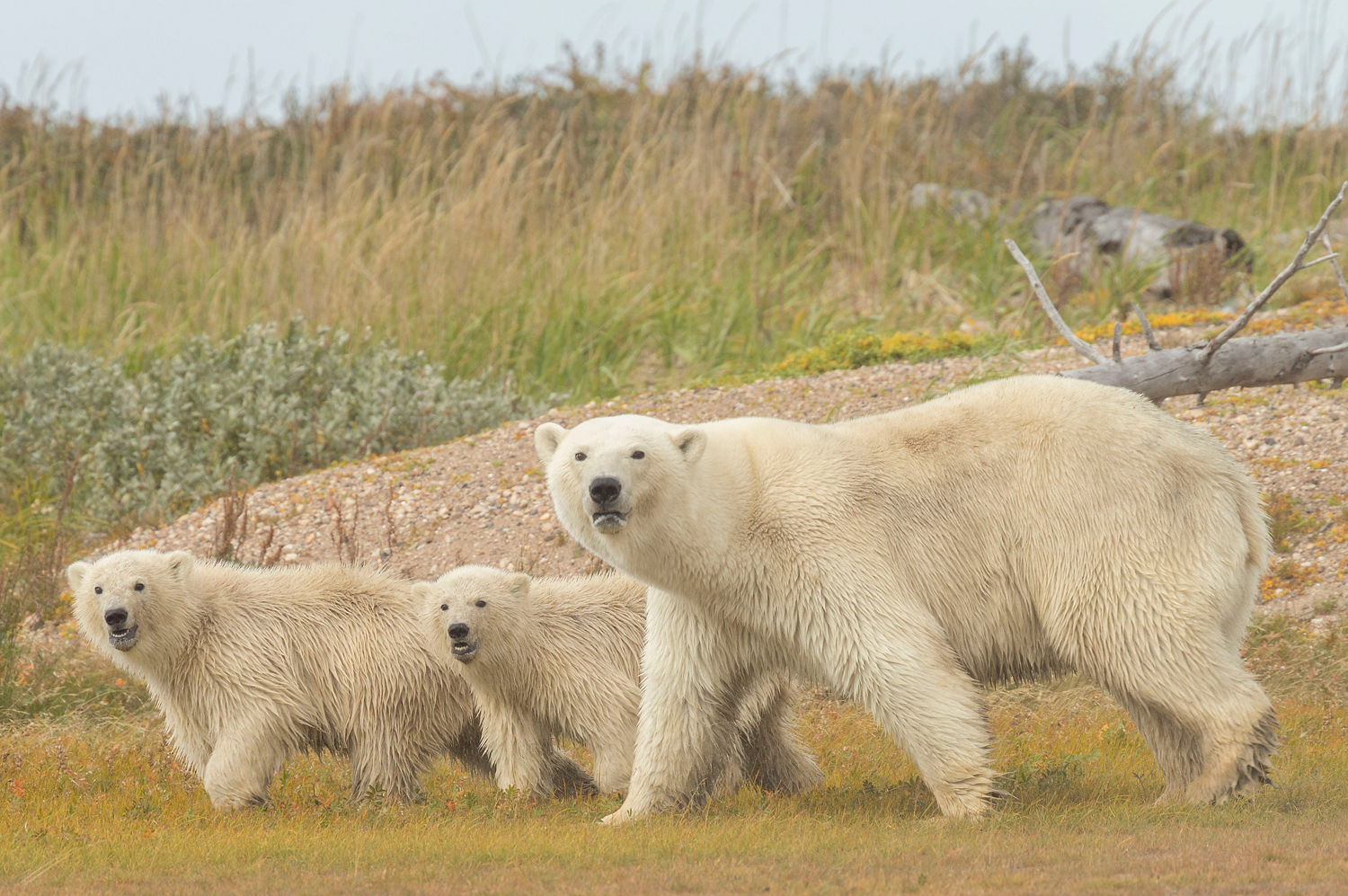

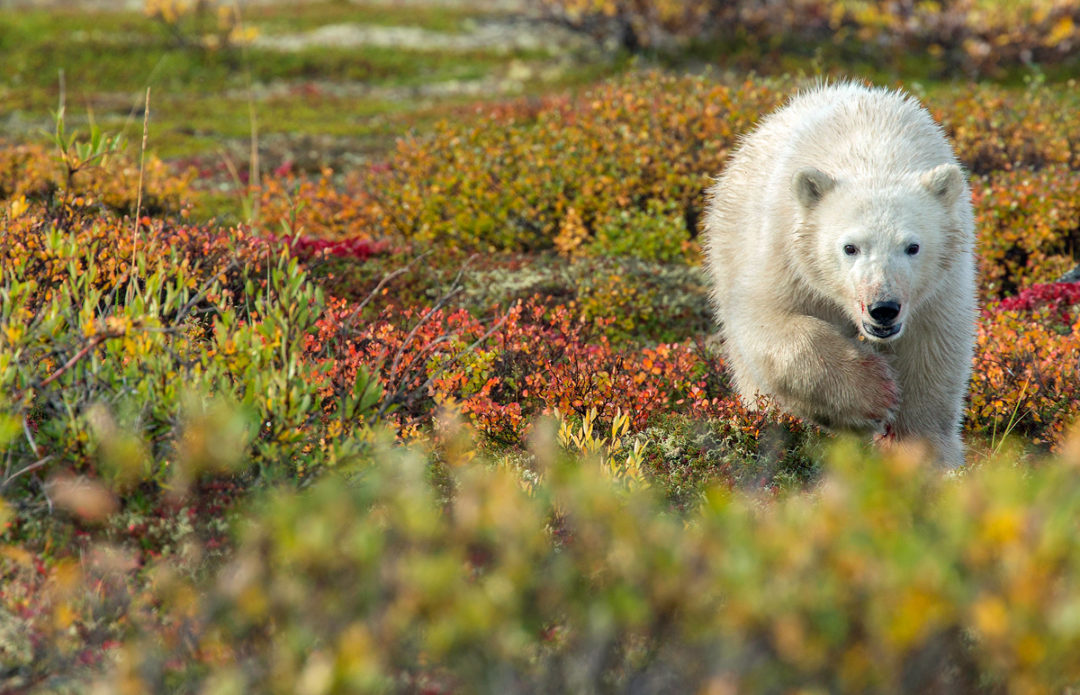
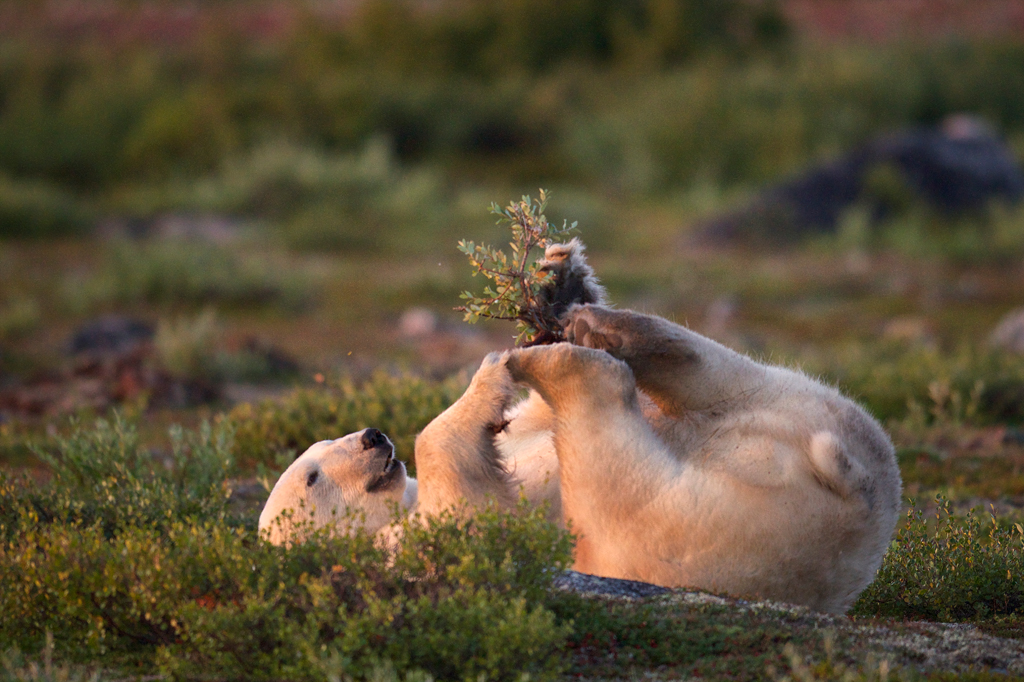
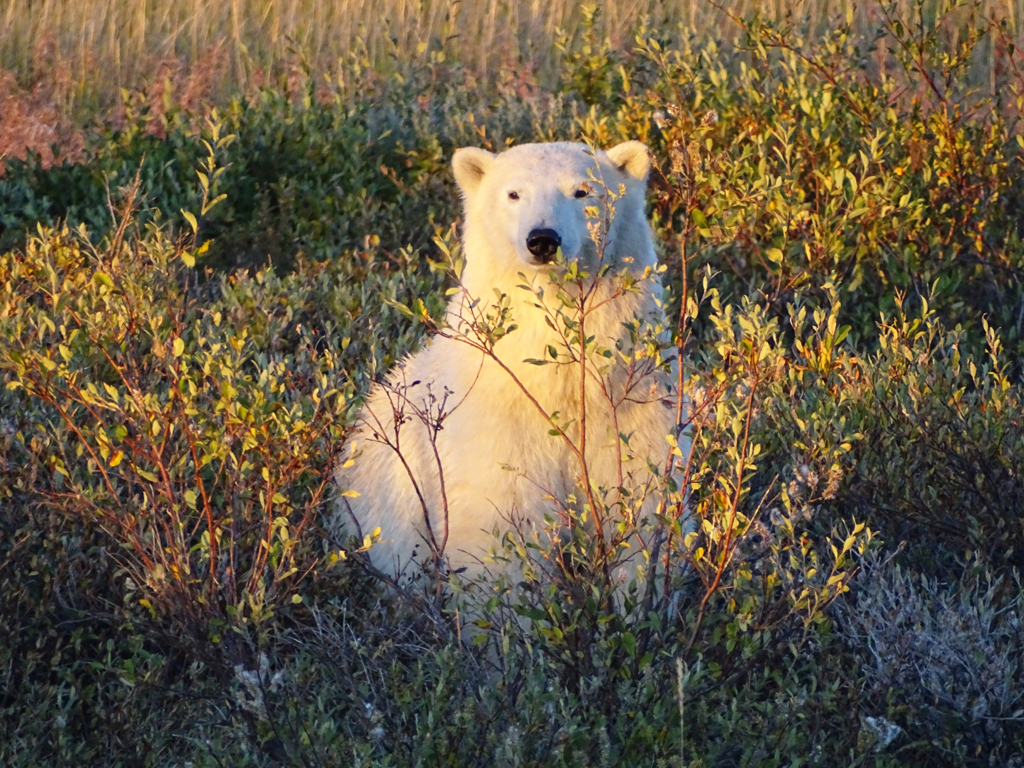
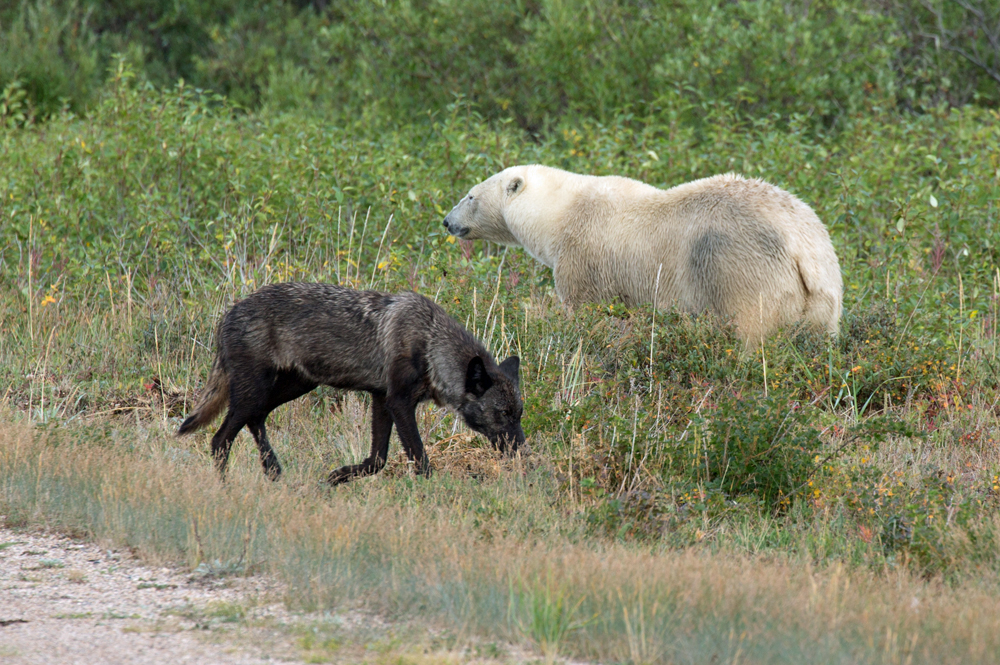
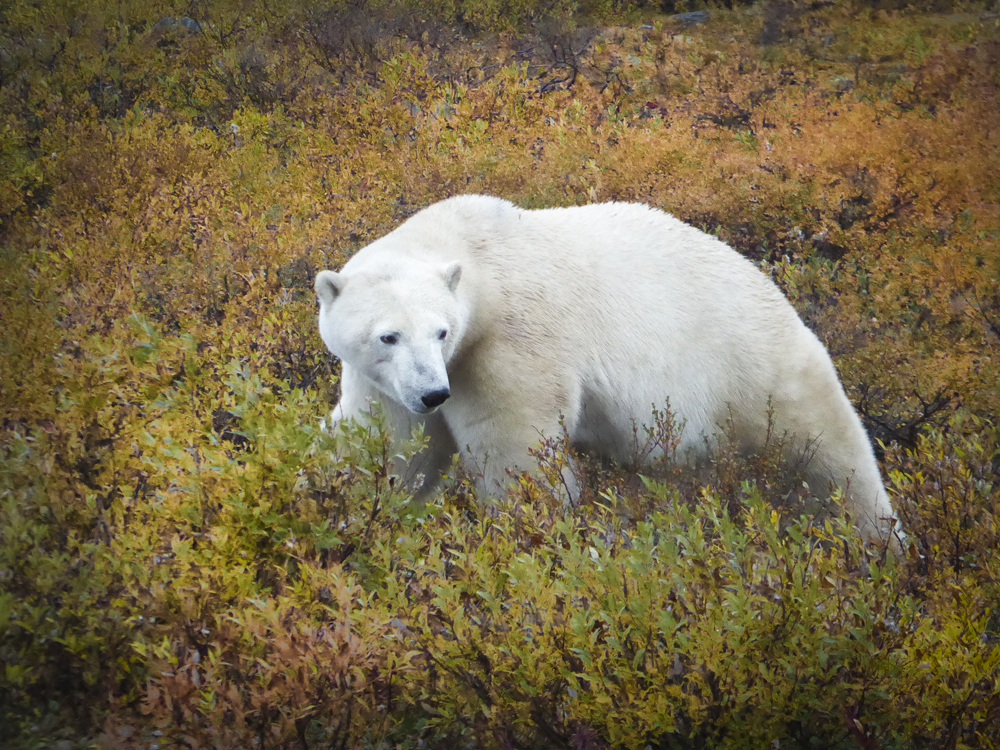
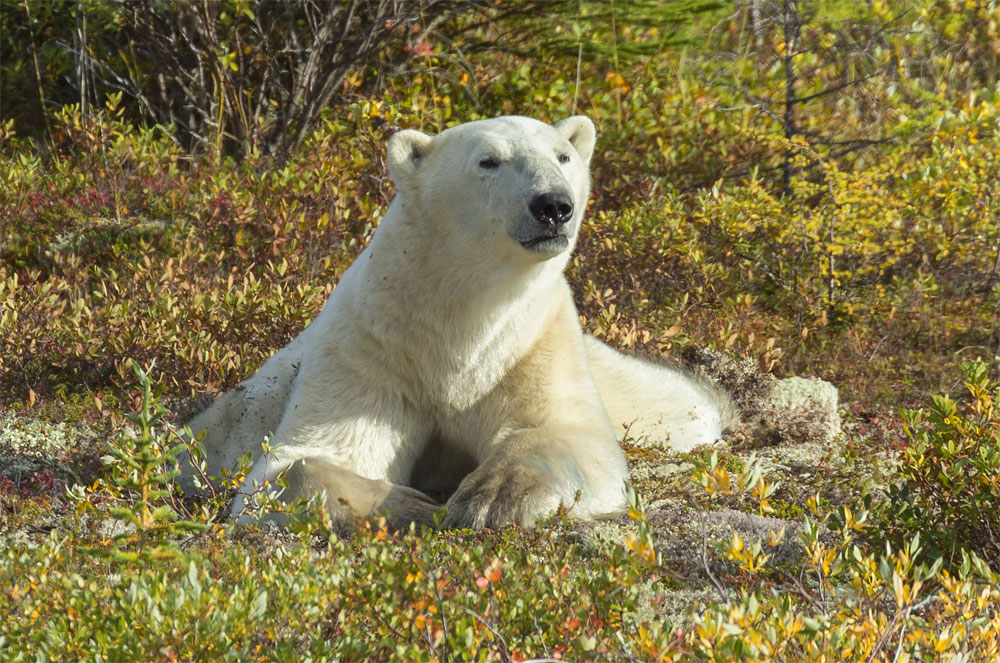
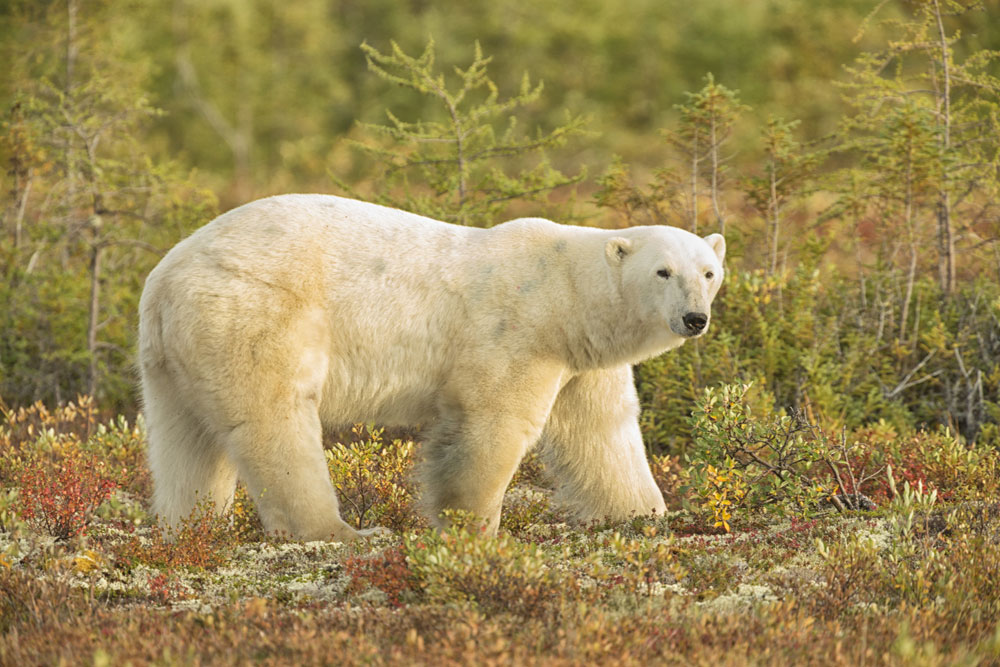
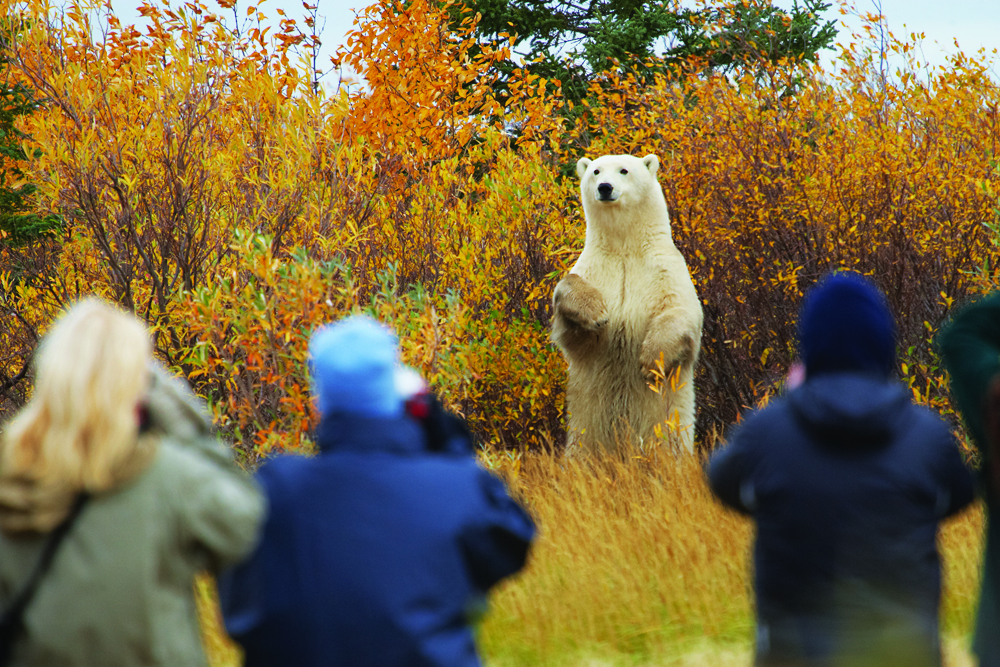
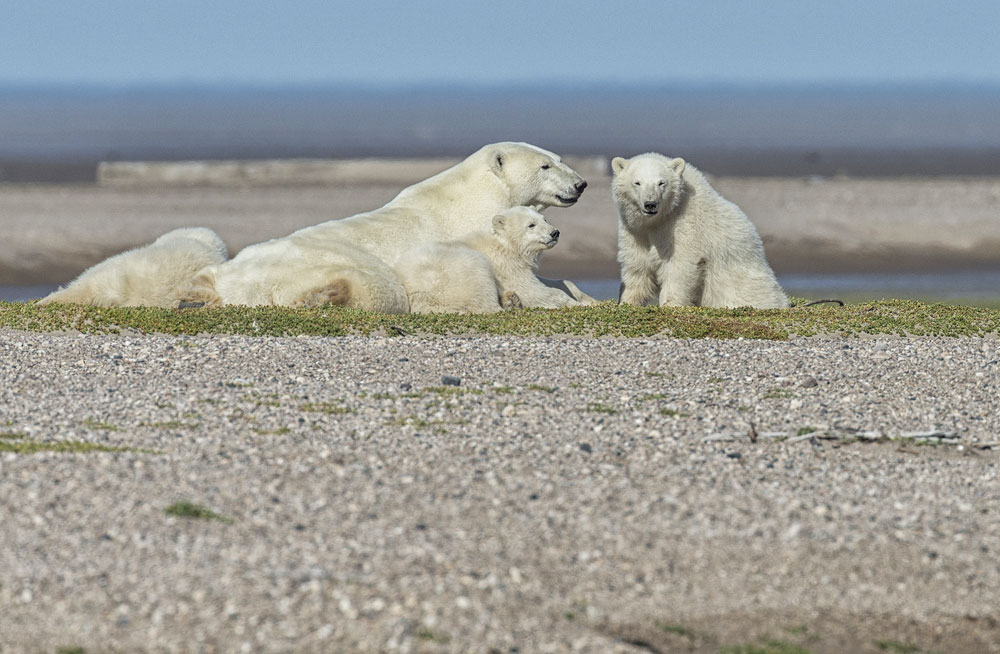
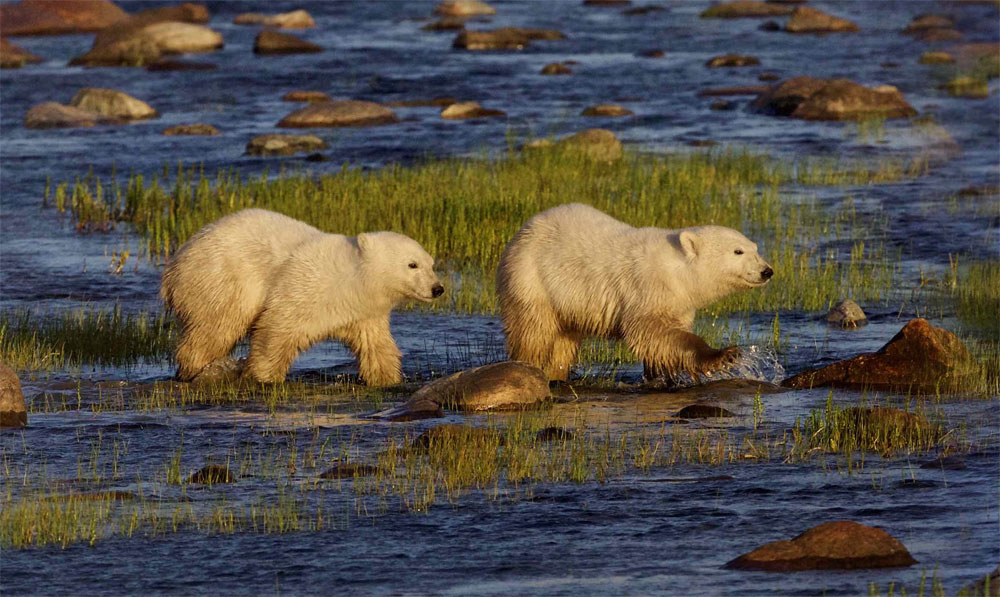
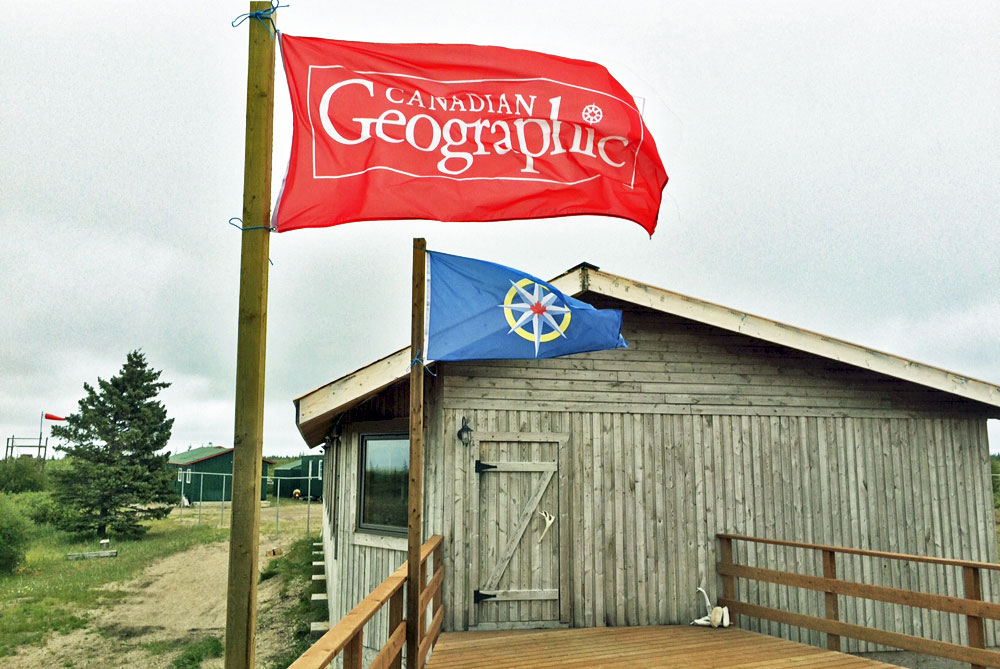
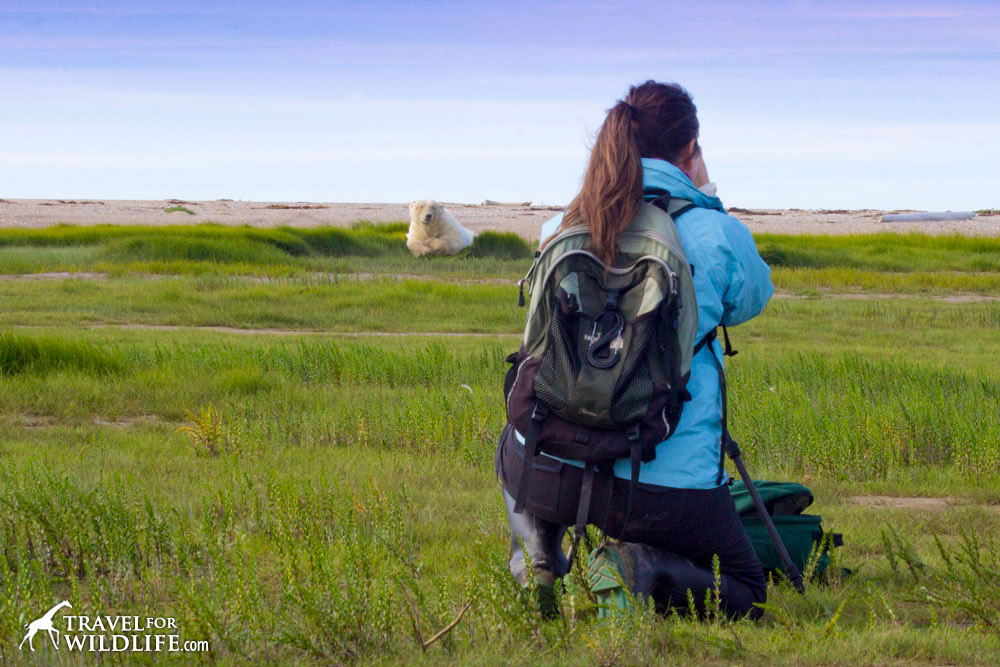
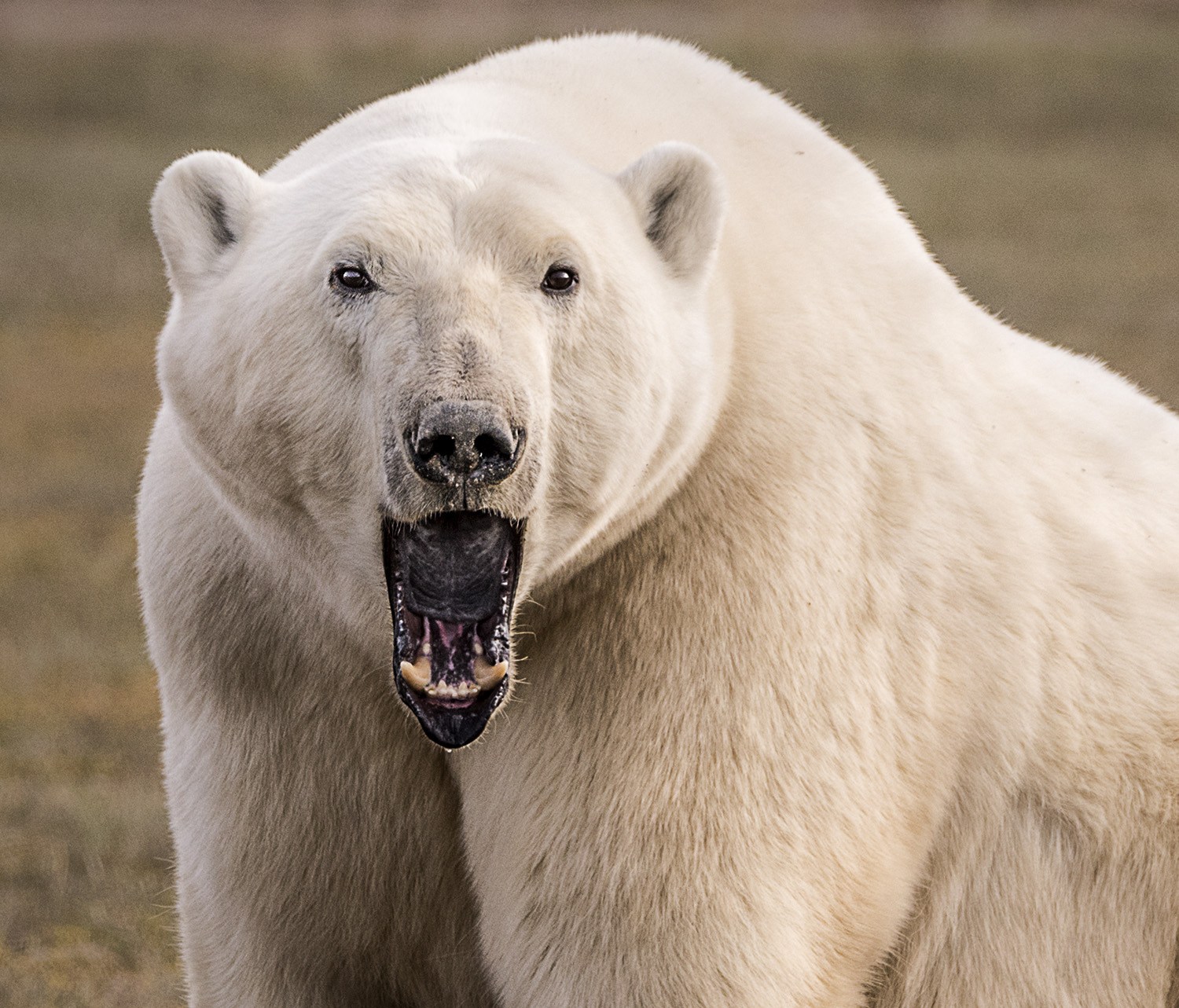
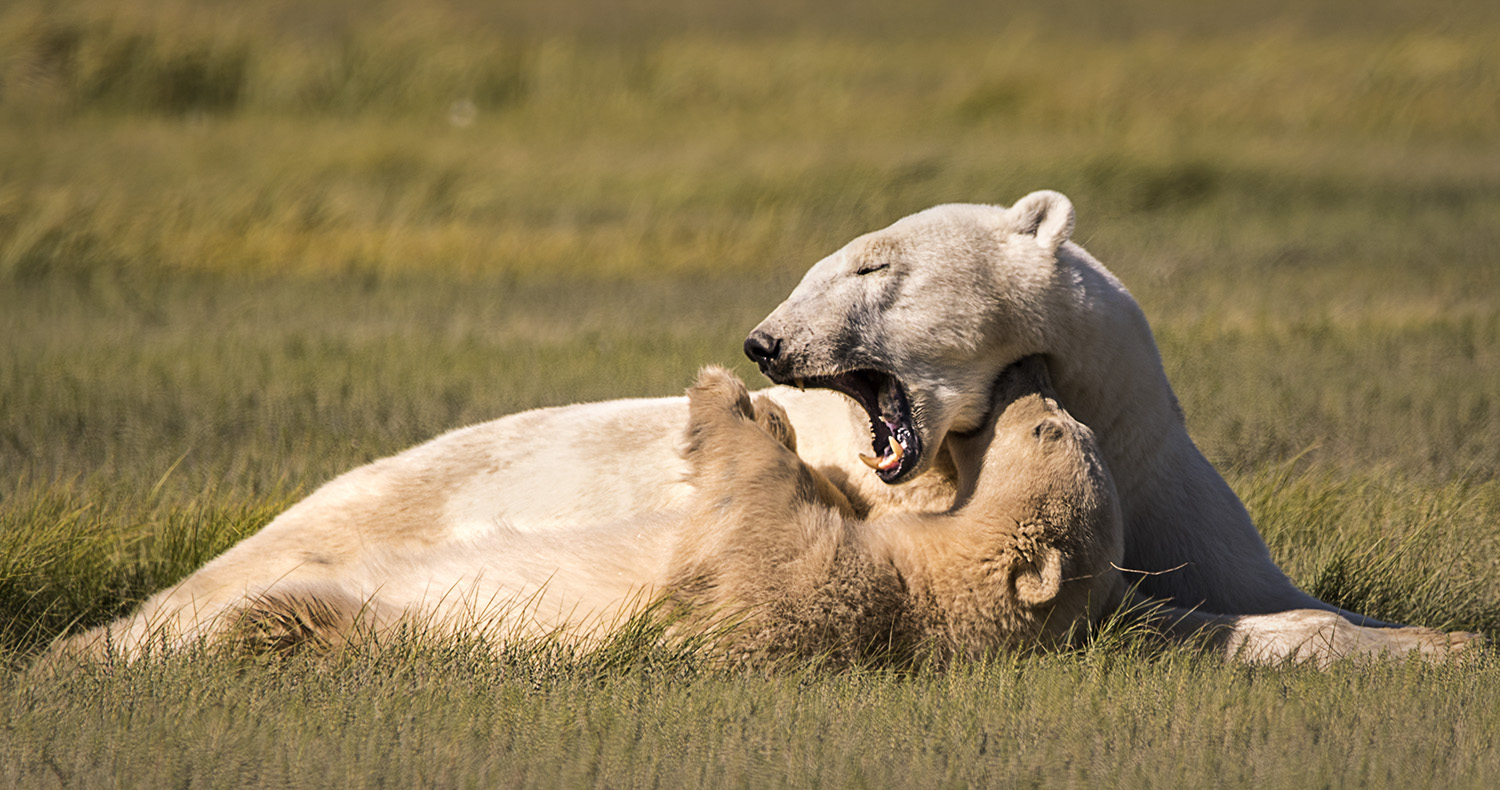
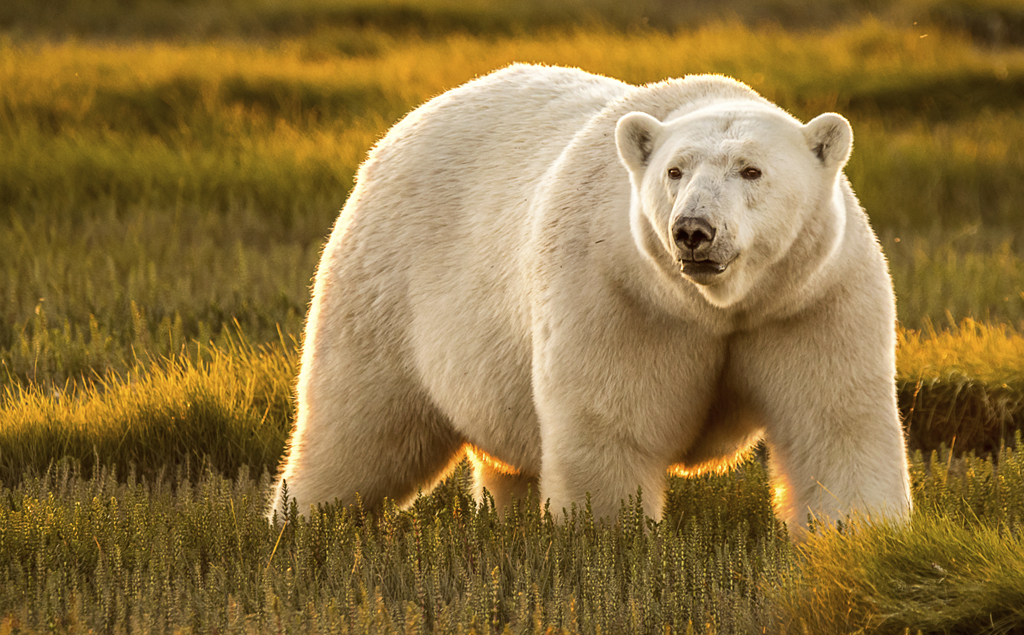
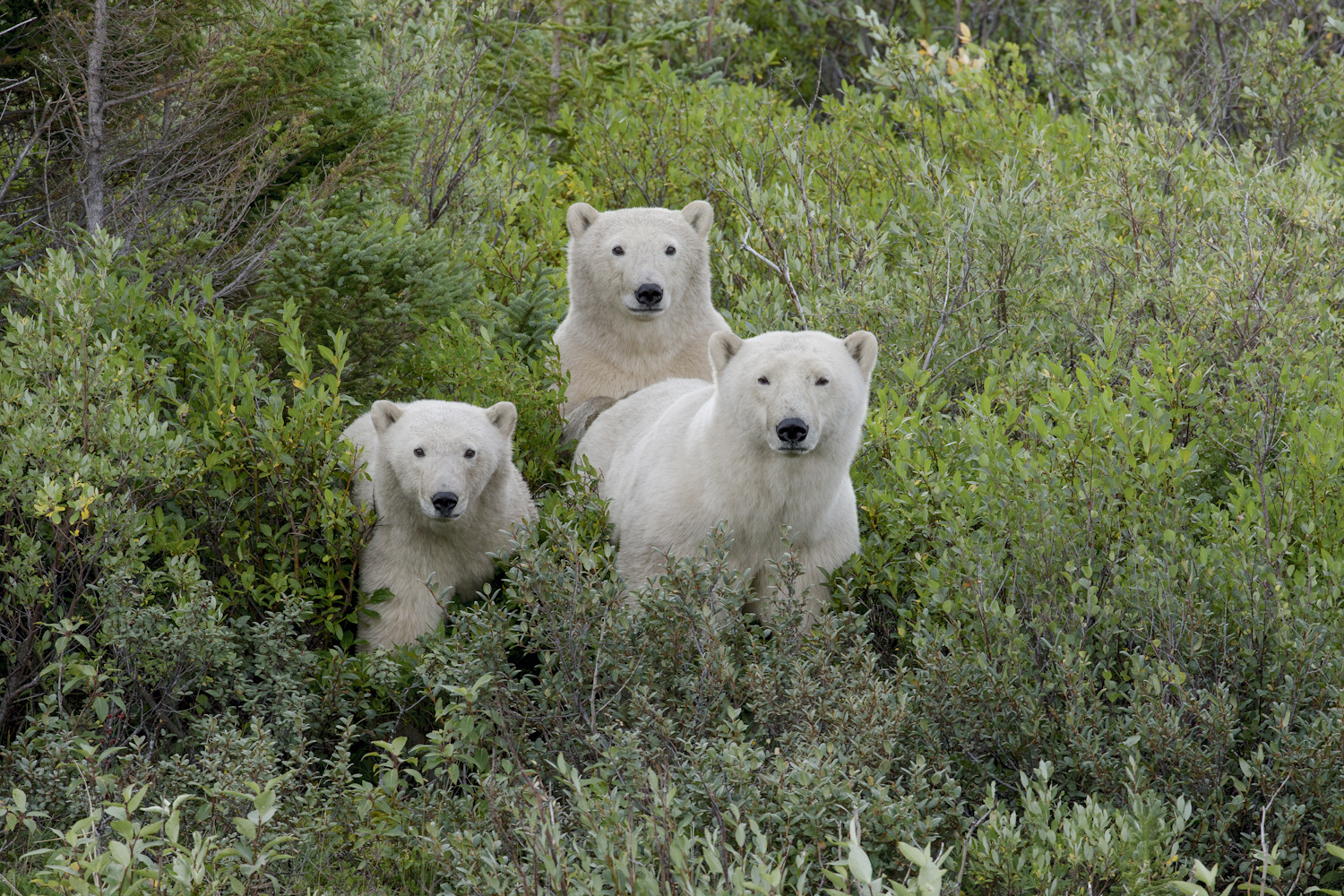
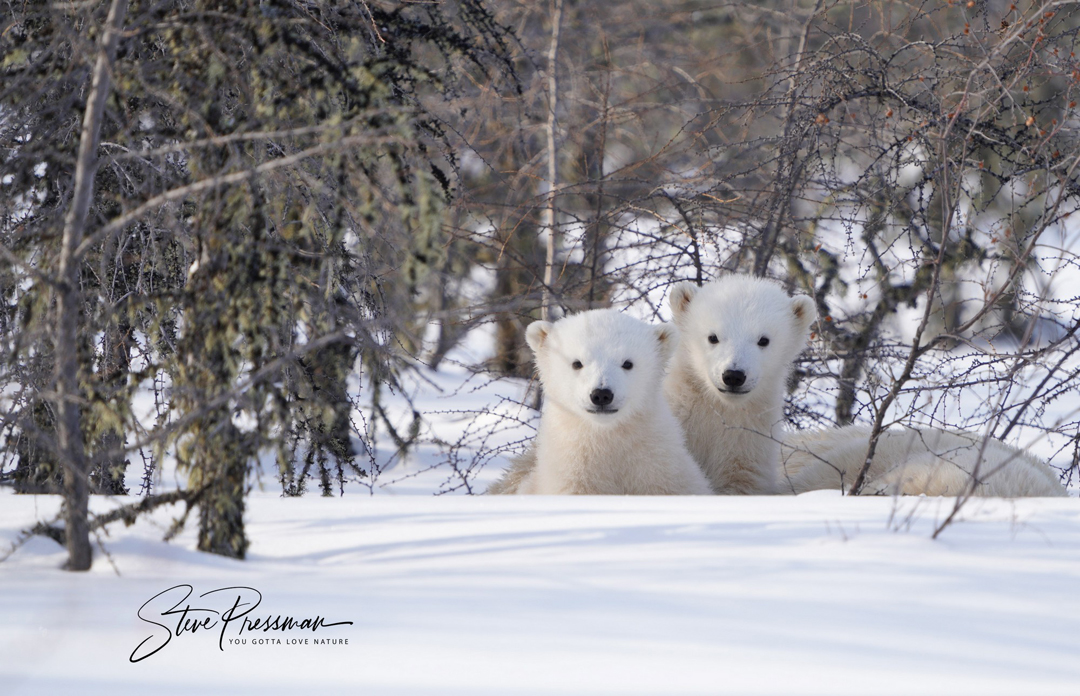
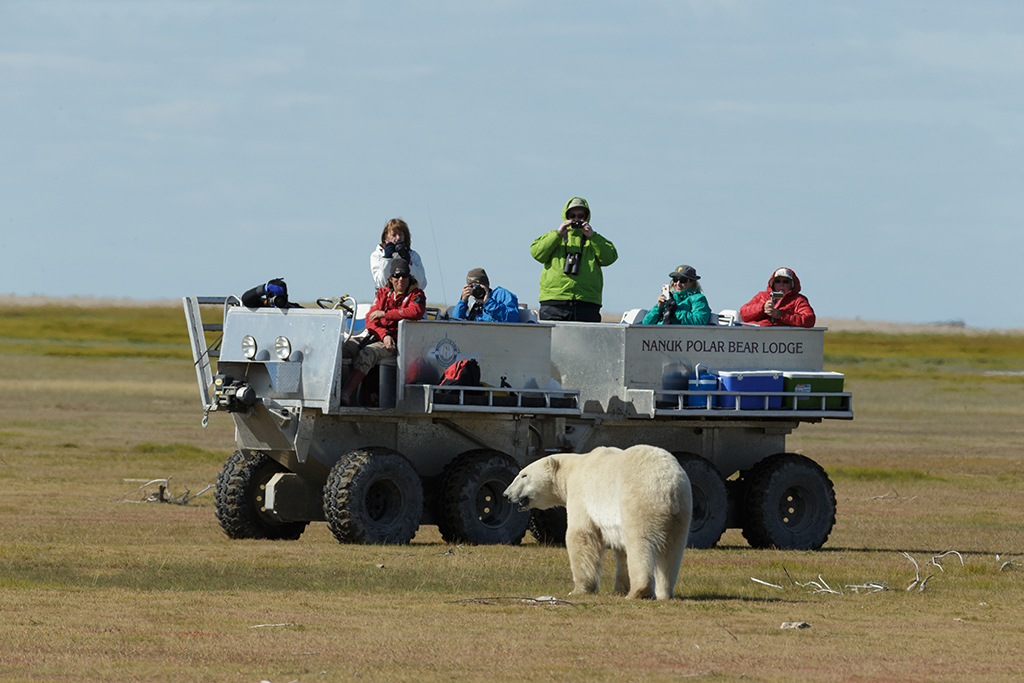
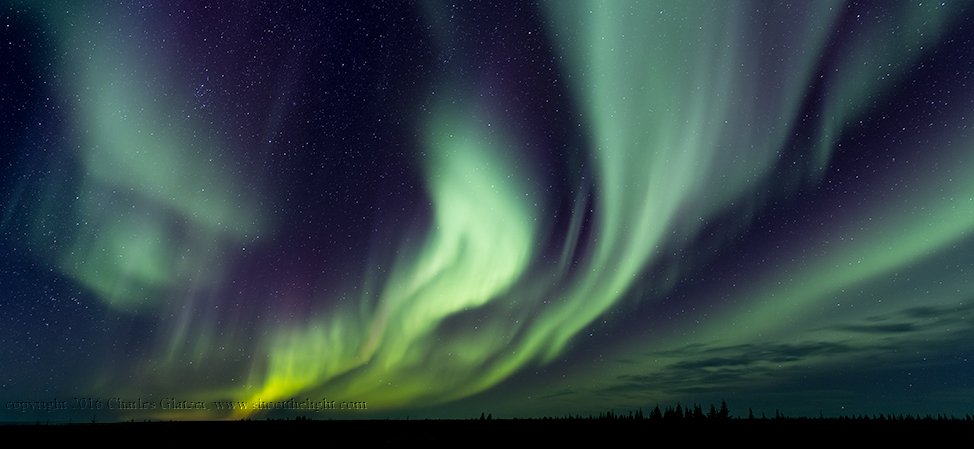
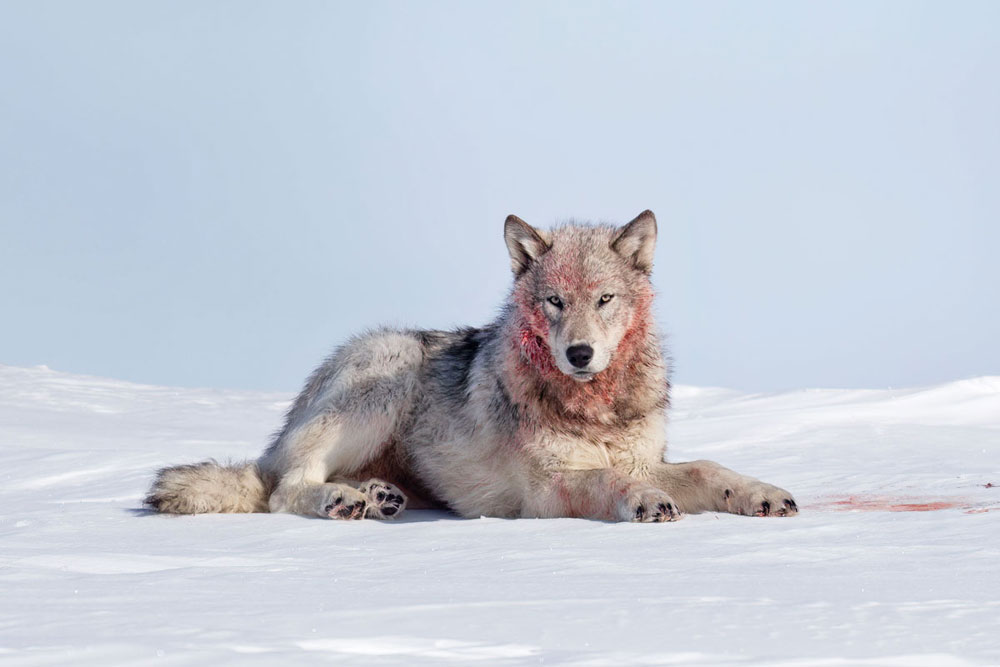
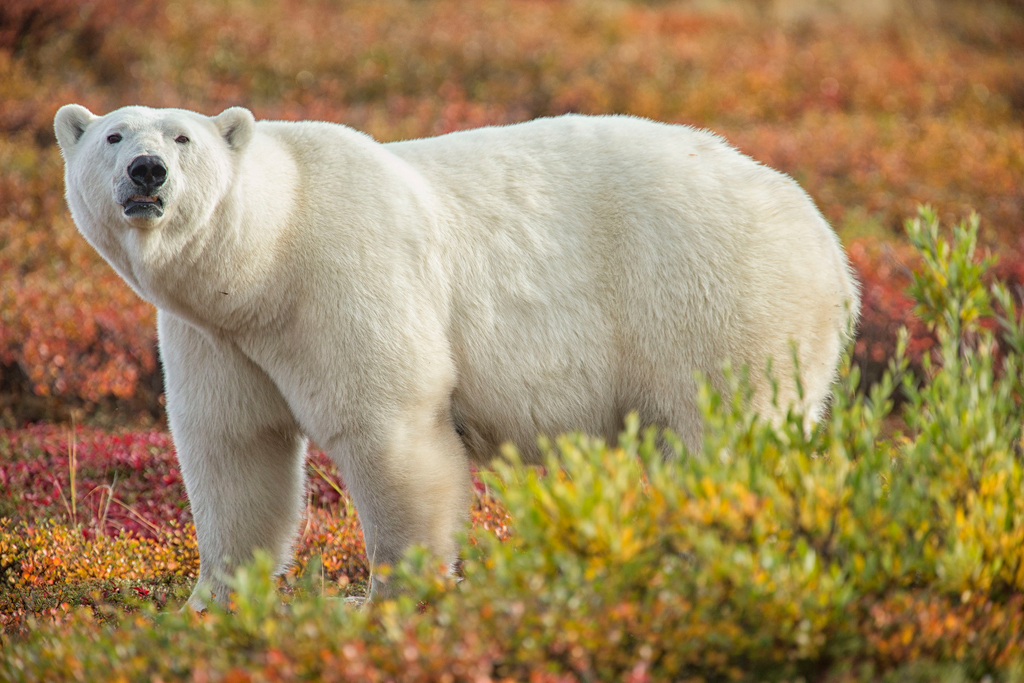








Love the information about polar bears! They are probably the ,most scary and majestic animals out there. Keep up the good work.
Thank you for including me in your article. I loved my visit to see the polar bears and the wolves!